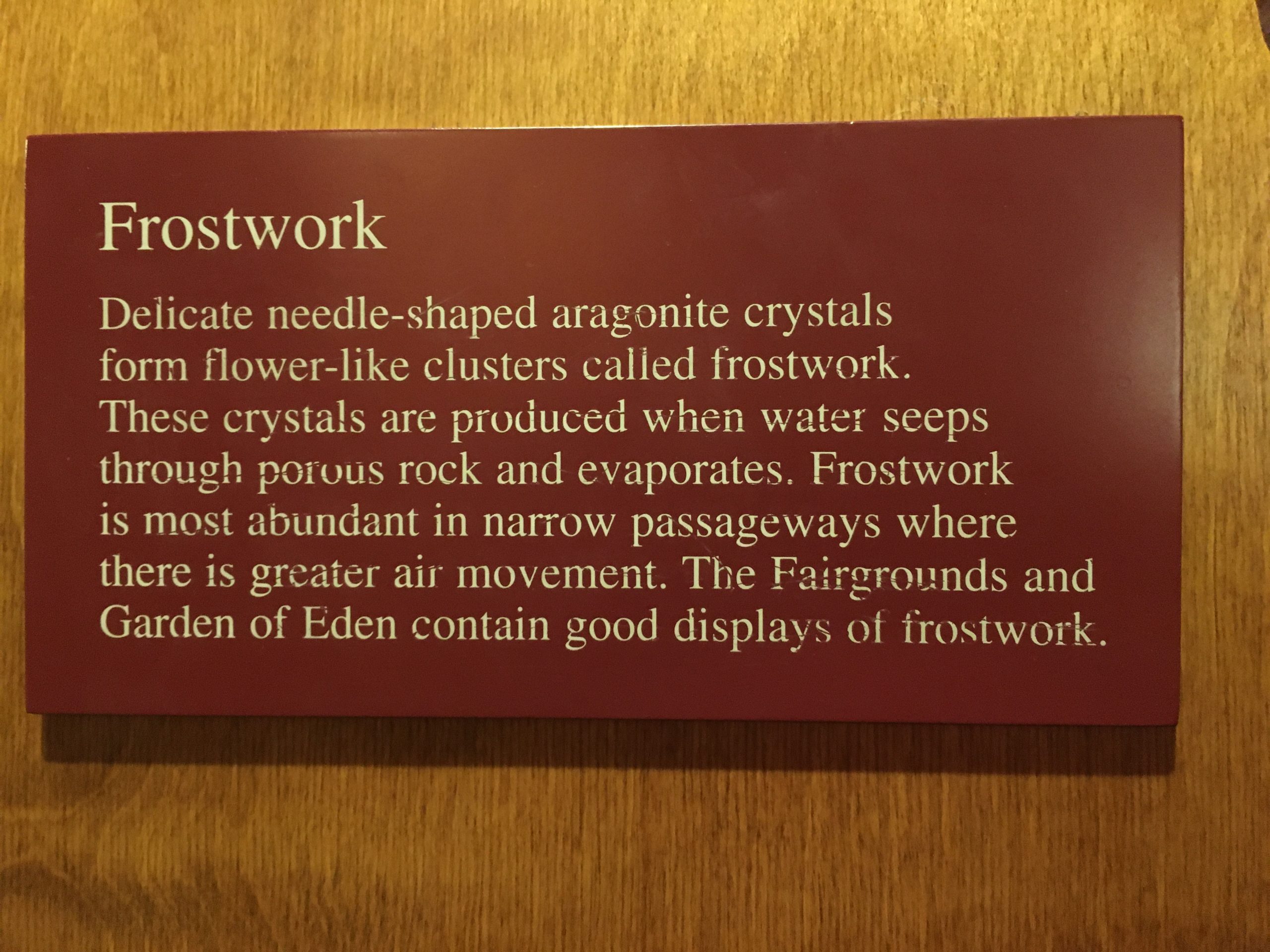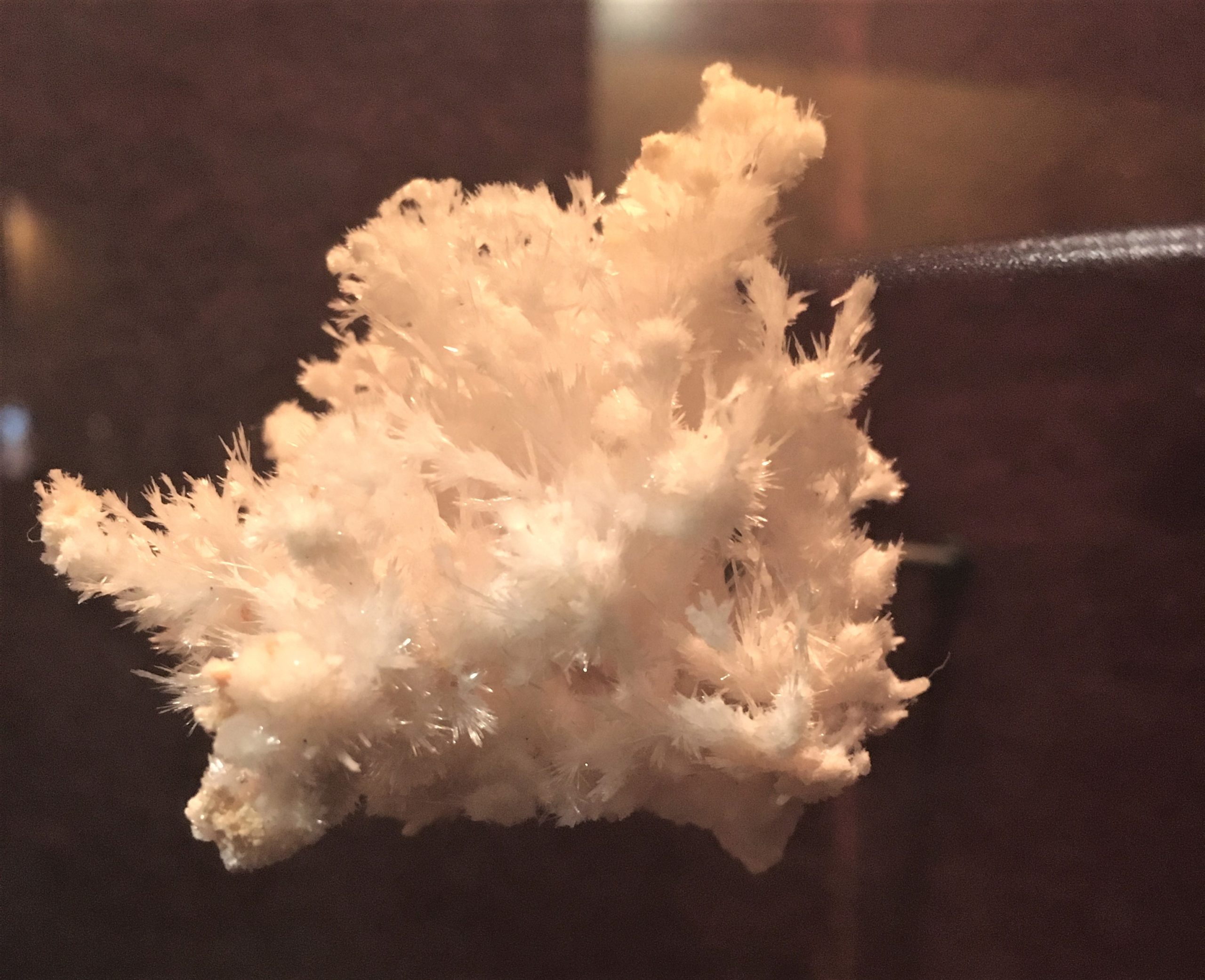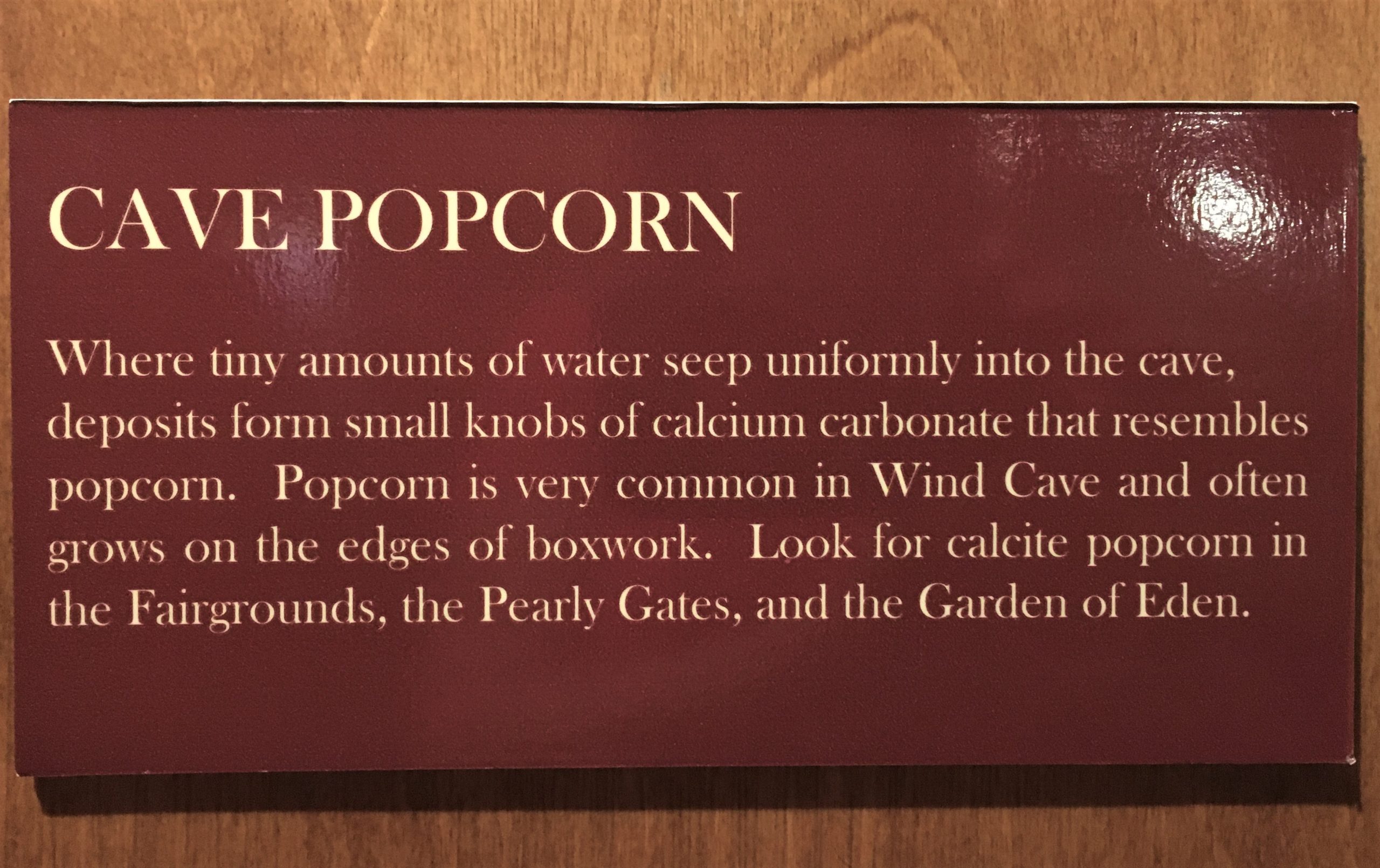Southern Hills RV Park, Hermosa, South Dakota
When the time came for her to give birth, there were twin boys in her womb. The first to come out was red, and his whole body was like a hairy garment, so they named him Esau (could mean ‘hairy’. He was also called Edom, which means ‘red’). After this, his brother came out, with his hand grasping Esau’s heel; so he was named Jacob (meaning ‘he grasps the heel’ – and figuratively means ‘he deceives’). Isaac was sixty years old when Rebekah gave birth to them. (Isaac lived to 180 years old) ~ Genesis 25:24-26
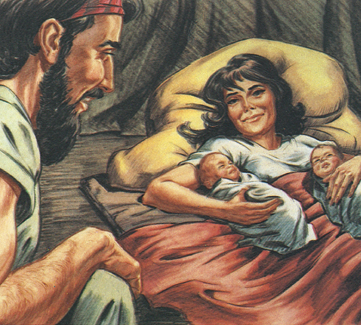
Wind Cave National Park. Any ideas as to what that might be?
Wind Cave National Park preserves two worlds within one park boundary. Established in 1903 by President Theodore Roosevelt as the first national park dedicated to preserving a cave system, it was later expanded to preserve the unique and shrinking mixed-grass prairie habitat, covering a total surface area of 28,295 acres (44 sq miles). Today, it is home to countless prairie plant and animal species, and cave features seldom seen elsewhere in the world. It’s one of the longest and most complex caves in the world – and they’re not done exploring yet.
The name Wind Cave comes from the barometric winds that naturally blow in and out of the small natural entrance to the cave. The direction the wind blows depends on that barometric pressure. When pressure inside the cave exceeds the current air pressure outside, wind blows out.
Wind Cave is the sixth oldest national park in the United States.
It’s most known for its delicate calcite formations called “boxwork”. The vast majority of the world’s discovered boxwork, 95%, is found in Wind Cave.
There’s also frostwork and popcorn, but barely any stalactites or stalagmites, and the few they’ve discovered are quite small – especially compared to other caves we’ve visited.
There’s only one small hole that’s a natural entrance to the cave system. Any other entrances – like the one we entered, and the one we exited – are manmade.
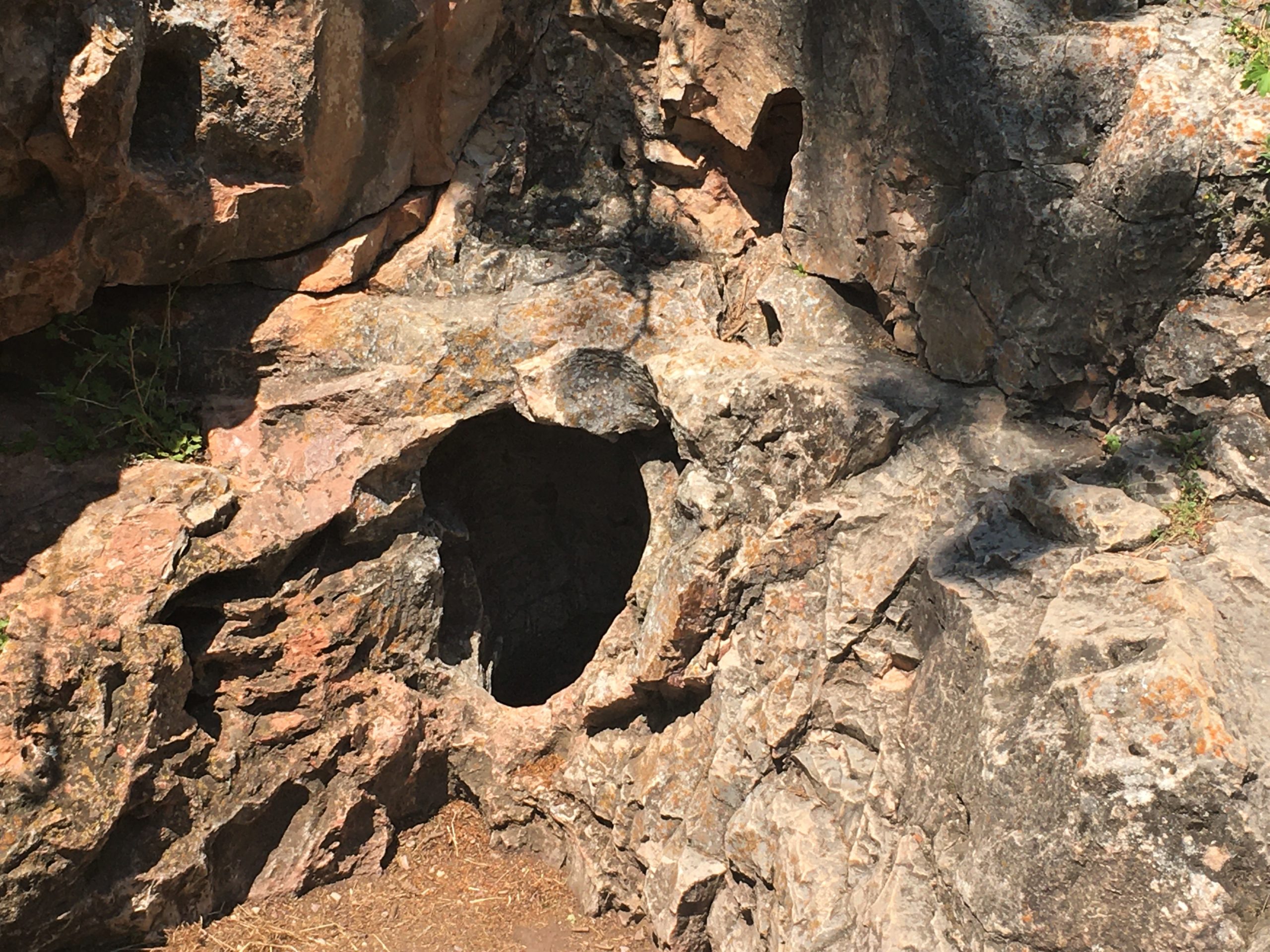
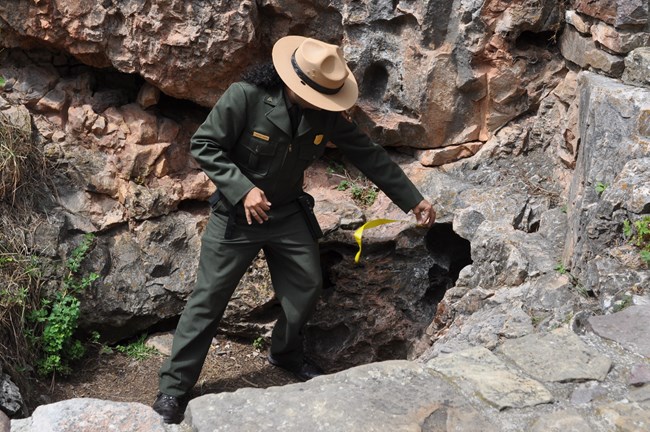
so a picture found on the internet for perspective will have to do. : )
Native Americans (the Lakota Nation) consider the cave to be sacred, believing that disobedient (to their Creator) people emerged from the caves, wanted to go back but couldn’t and their punishment for disobedience was to be turned into bison. When the earth was finally ready to receive people, the rest who were waiting in the cave came out and were told that the bison would provide them with everything they would ever need – food, shelter, clothes . . . and direct them to water. If you’re interested in reading the entire emergence story, you will find it at https://www.nps.gov/wica/learn/historyculture/the-lakota-emergence-story.htm. In many ways, I found it similar to the biblical story, which is really cool when you think about it! At least I thought so.
The first people to notice the cave entrance were brothers Tom and Jesse Bingham in 1881. Jesse said that when he bent over a hole that was blowing air, it blew his hat right off his head.
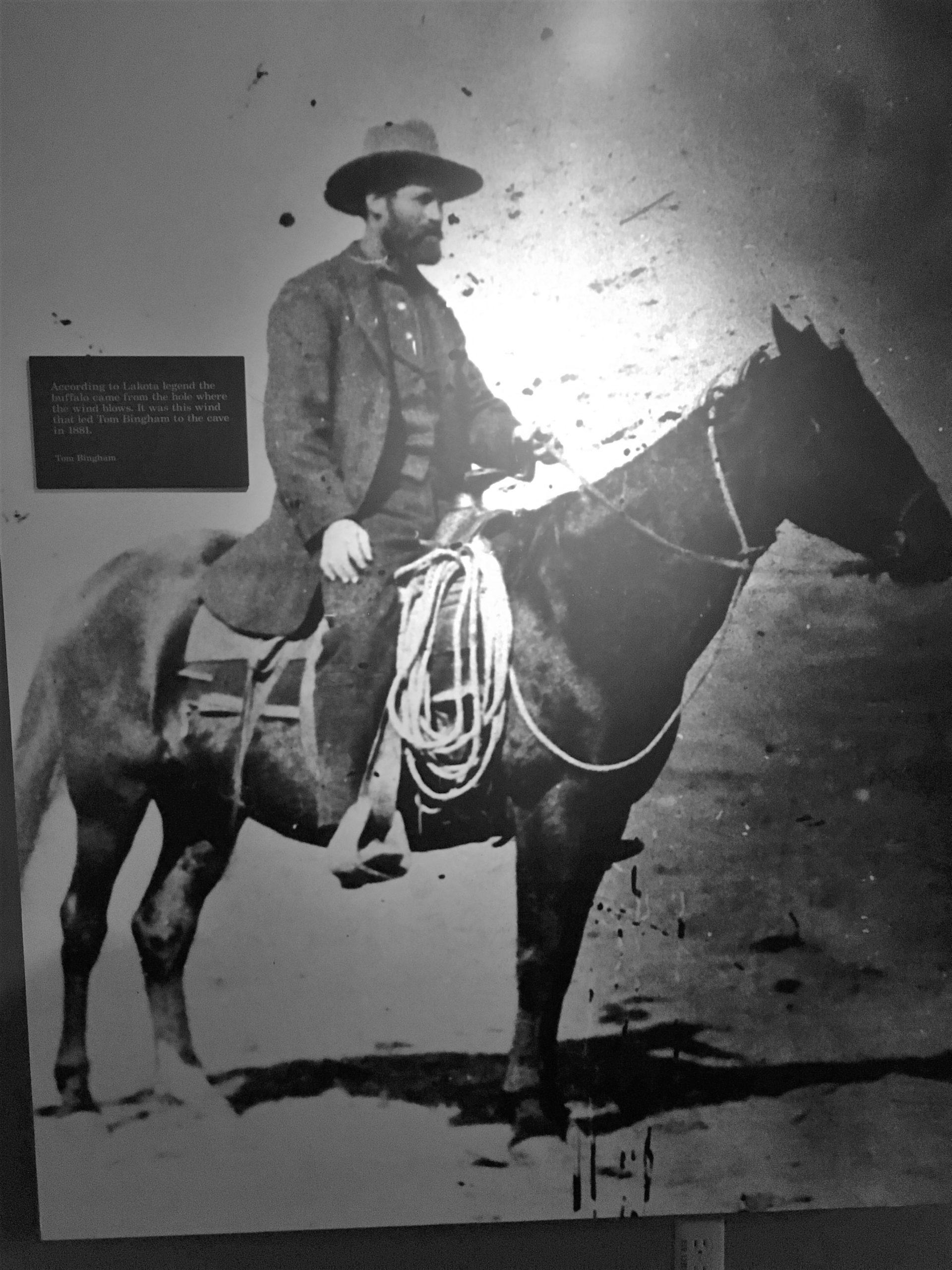
Doesn’t he look a lot like General/President Ulysses Grant?
In the late 1800s when it was determined that the cave was not suitable for mining, land owners began offering tours and a hotel was built.
Two families claimed homesteading rights to the cave area. Since neither family could conclusively lay claim to it, the land was withdrawn from the homesteading and mining claims and reverted to the US government in 1901. It wasn’t as simple as it sounds, there was a lot of fighting and law suits before this conclusion was met.
Most of the current cave exploration is done by volunteers from either the local Paha Sapa Grotto or the Colorado Grotto in Denver.
On average, 2 miles are surveyed annually, and it is estimated over 3,000 leads, or unexplored openings, remain to be checked. Studies of airflow through the entrances reveal that potentially only 10% of the cave has been found. (I find it fascinating that they could know this!) This echoes the sentiments of the cave’s first systematic explorer, 17-year-old Alvin McDonald, who wrote in 1890, “Have given up the idea of finding the end of Wind Cave.” Not because he gave up, but because he could sense that it was so huge he’d never finish in his lifetime. Unfortunately, that turned out to be true, because he died just three years later at the age of twenty.
The cave has three levels.
The maximum depth is 654-feet.
The maximum recorded wind speed at the cave entrance is 75mph. Can you believe that?!?
The first electrical lighting system was installed in 1931. Being as how Blaine’s a retired electrician, I thought I’d look to see when the system was replaced. In 2008, a three-year cave lighting project began. Crews began removing electrical wiring and light fixtures, and replaced them with newer, more energy efficient wires and lights. Unfortunately, in December, wire fungus appeared on the secondary brown wiring in the cave and the cave lighting project was halted until research was completed as to why the mold appeared. Garden of Eden and Fairgrounds will have to be rewired, Natural Entrance delayed. Park discontinued use of colored wire and began testing new antifungal wire products.
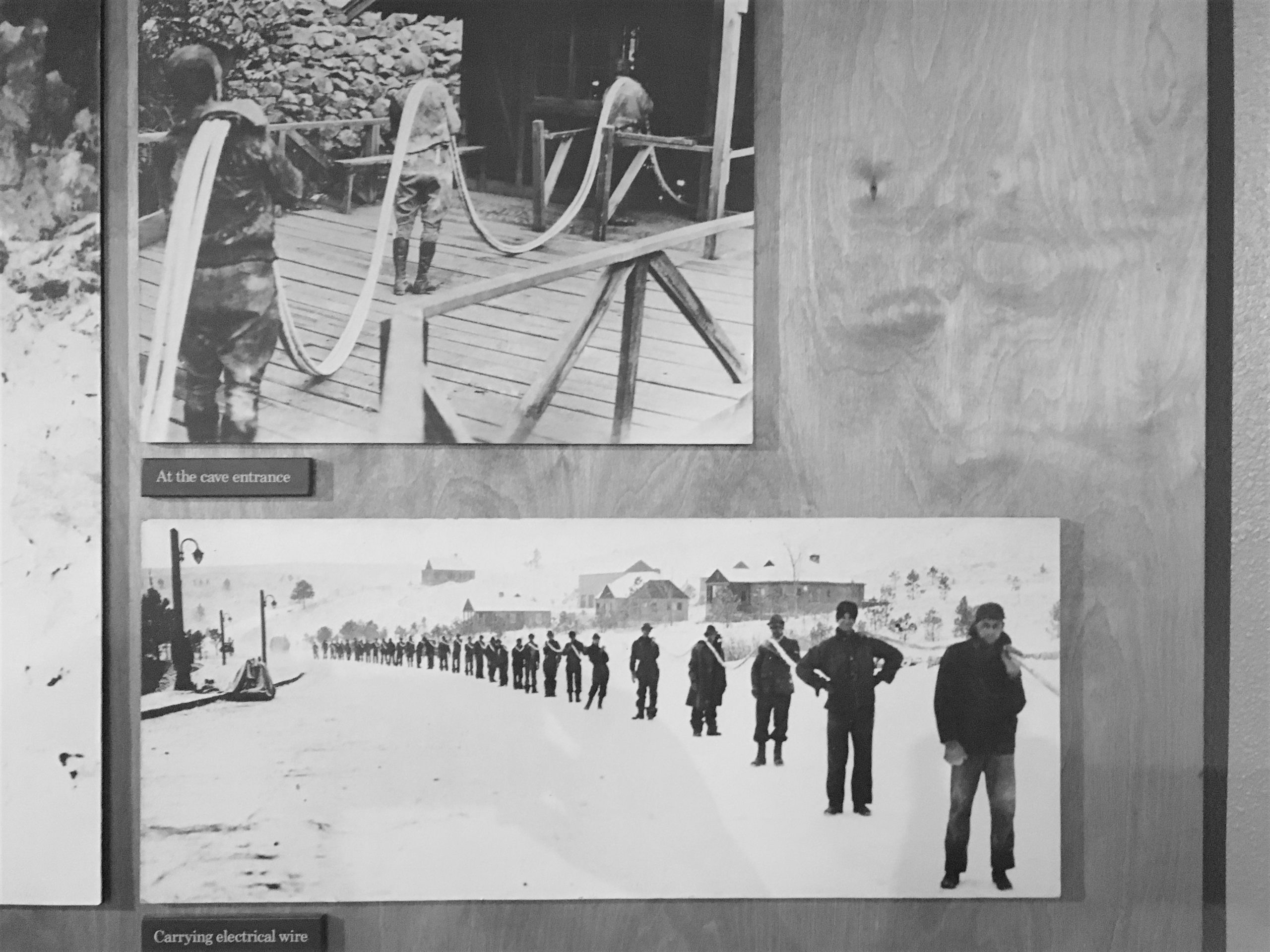
In 2009, new cave LED lights started partial failures. The supplier stated the problem was with a fluctuating electrical current supply.
In 2010, the lighting project on the Natural Entrance Tour was completed. There’s no more information available after this.
But just think . . . when Alvin was exploring and crawling through the cave, all he had for lighting was a single candle! No thank you, very much!! Definitely NOT for me! I don’t particularly care for it when these cave tours turn off the lights to show you how dark it is underground, but they all seem to enjoy doing that to us. : )
Exploration can lead to discoveries within discoveries, such as those now taking place at the bottom of the known cave. Over 500-feet beneath the surface lies a series of cave lakes. Part of the Madison Aquifer, the first lake was discovered by Herb Conn and David Schnute in 1968. Scientists from the University of Akron (in our home town!) are studying the microbial life found in the lakes. Despite living in an environment with no sunlight or photosynthesis, the lakes contain a very diverse bacterial community of over 4,000 species, a large portion of which have never been identified and are unique only to Wind Cave. Perhaps someday the bacteria in the lakes could be used to produce compounds such as antibiotics that might be used as medicine. ~ all information was borrowed from various NPS websites
Why am I sharing all this with you? Because that’s what we did today! We took a cave tour!
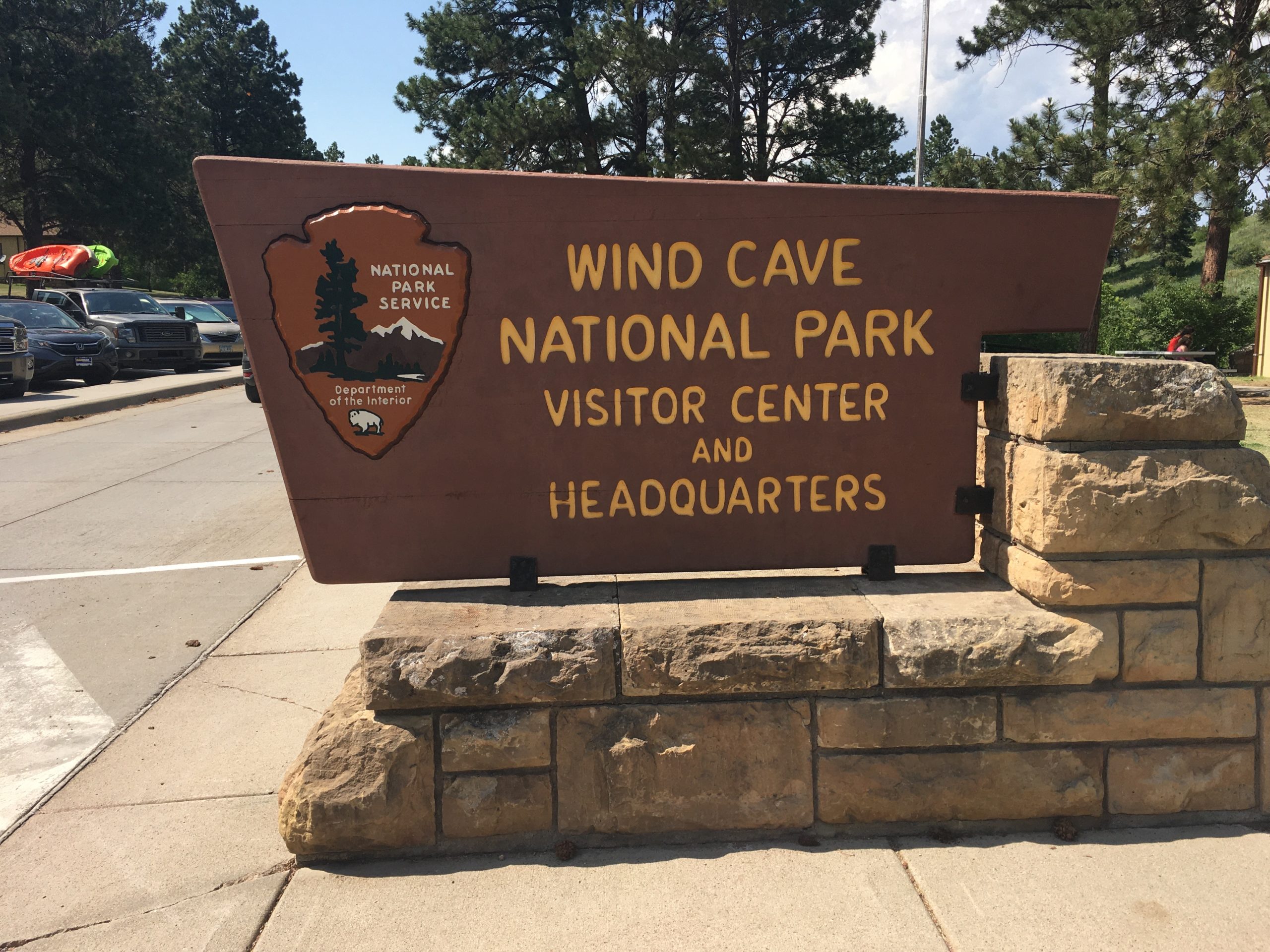
We left fairly early this morning and drove to the National Park, where we discovered a line out the Visitor Center door and far down the parking lot! Crazy! No way were we waiting in line that long! Blaine had tried to see about reserving tickets on-line, but they don’t offer it. You have to show up and stand in line for first-come-first-served tickets. After seeing the line, we were thinking we may not be doing a cave tour after all. The other issue was, we needed to purchase our lifetime National Park pass (Yes. Believe it or not, we’re officially old enough for that now!). The only problem was – – you have to stand in that line because the only place you can buy it is at the counter where they’re selling the cave tour tickets! Another crazy! I don’t know. Maybe it didn’t used to be that way. Maybe all this is because of the Park being short staffed – just like almost everyone else in our country these days.
So we went downstairs and checked out the exhibits they had. Pretty interesting stuff down there! They began by talking about the first guy to really explore the cave – Alvin McDonald.

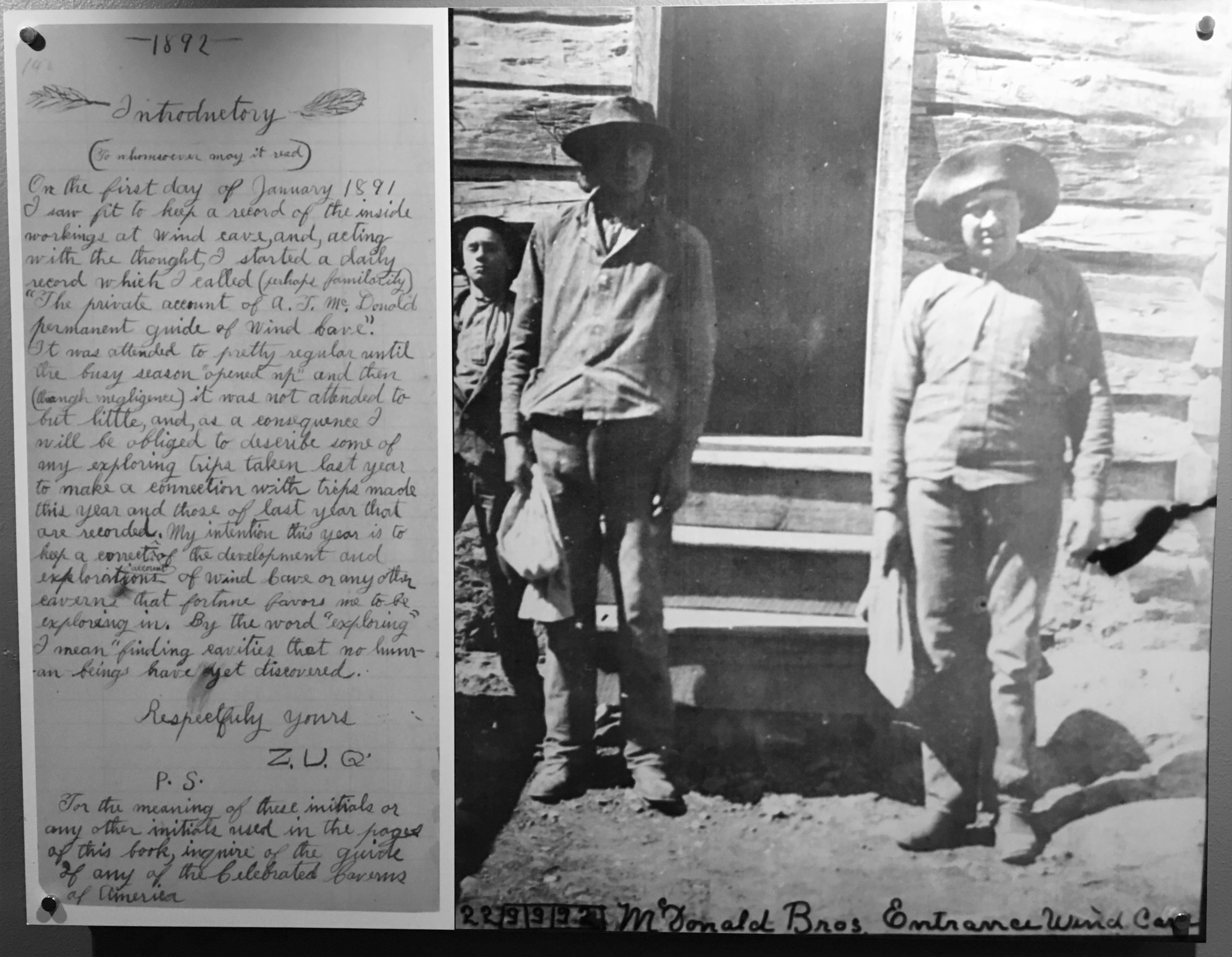
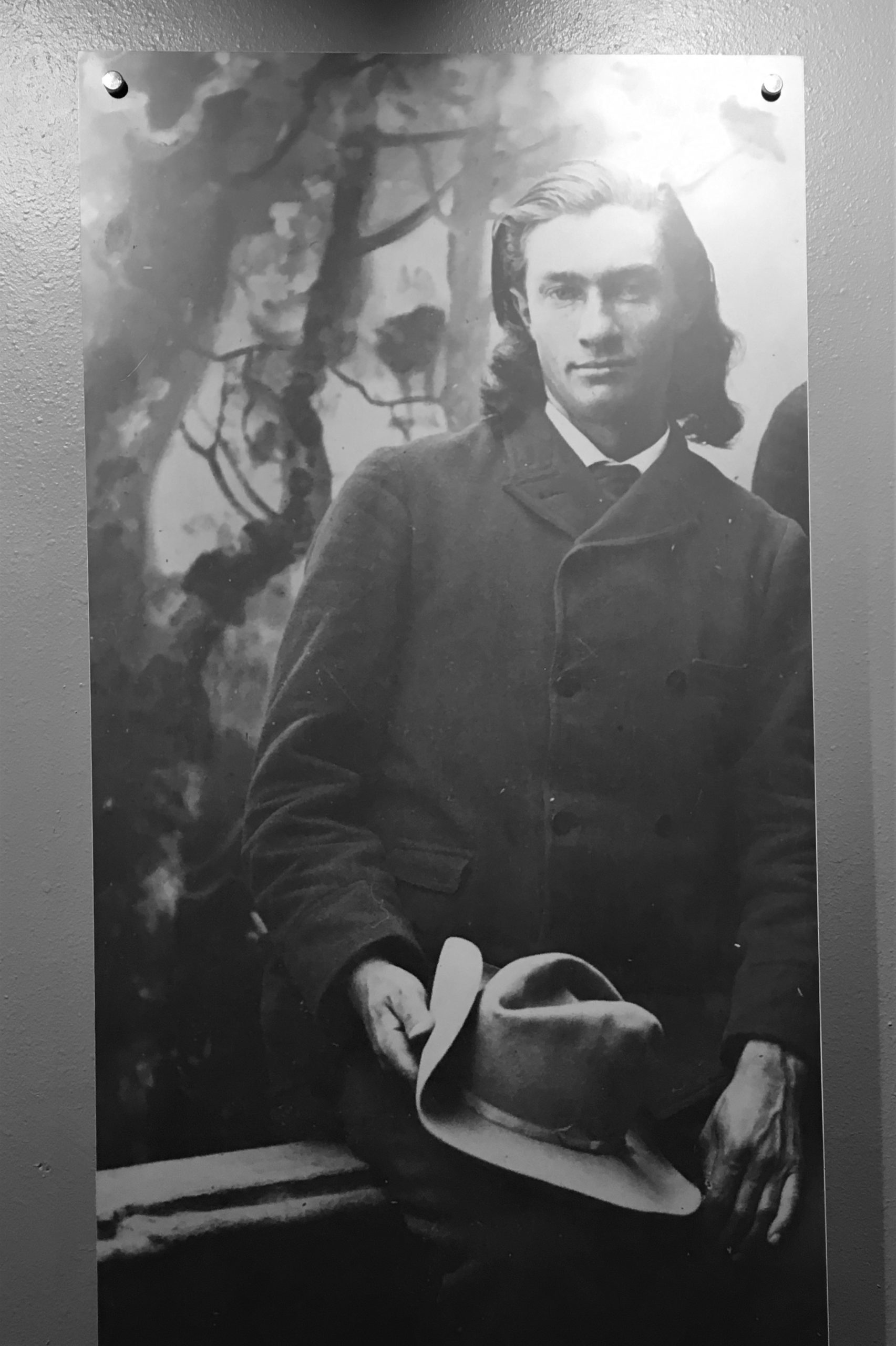
1873 – 1893
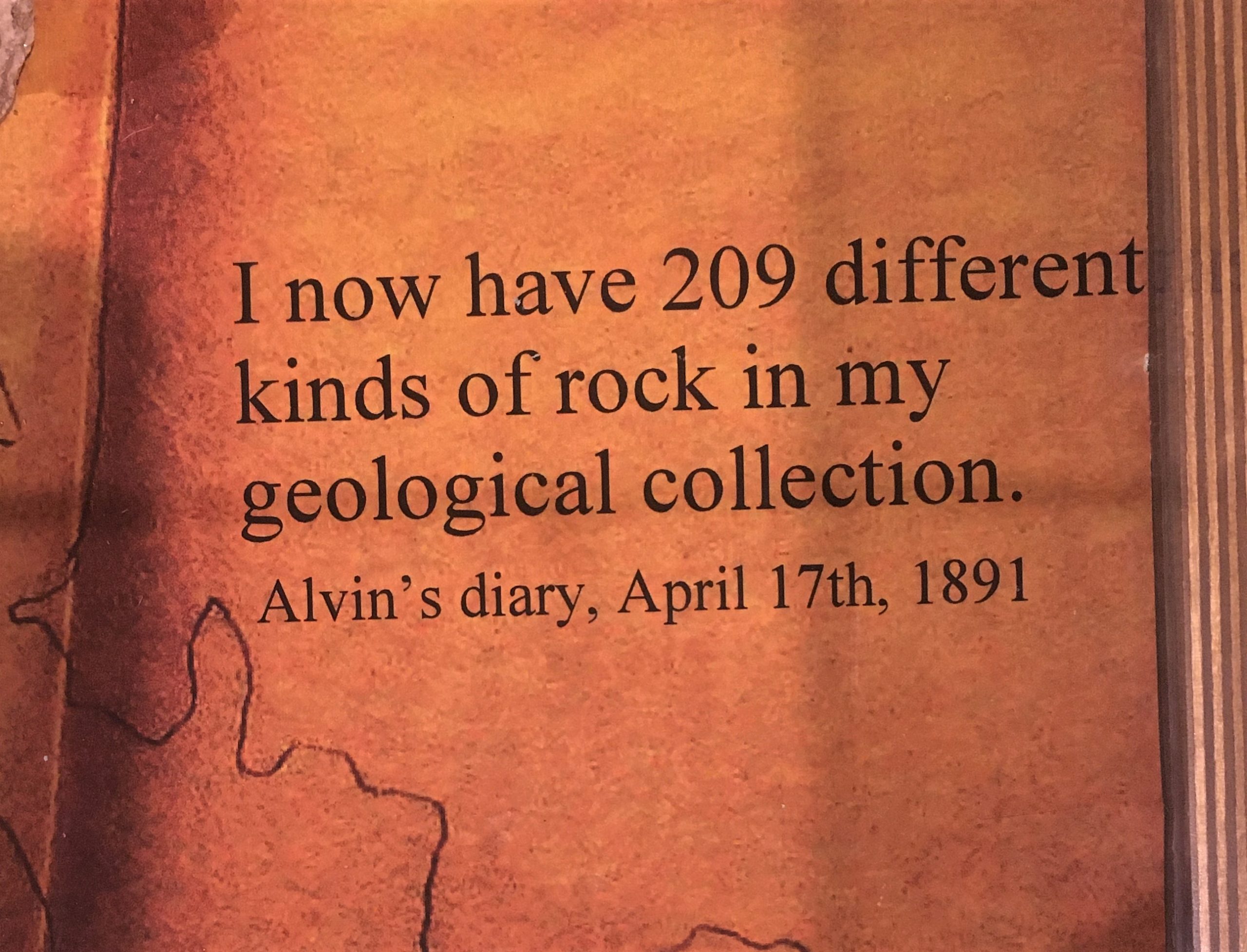

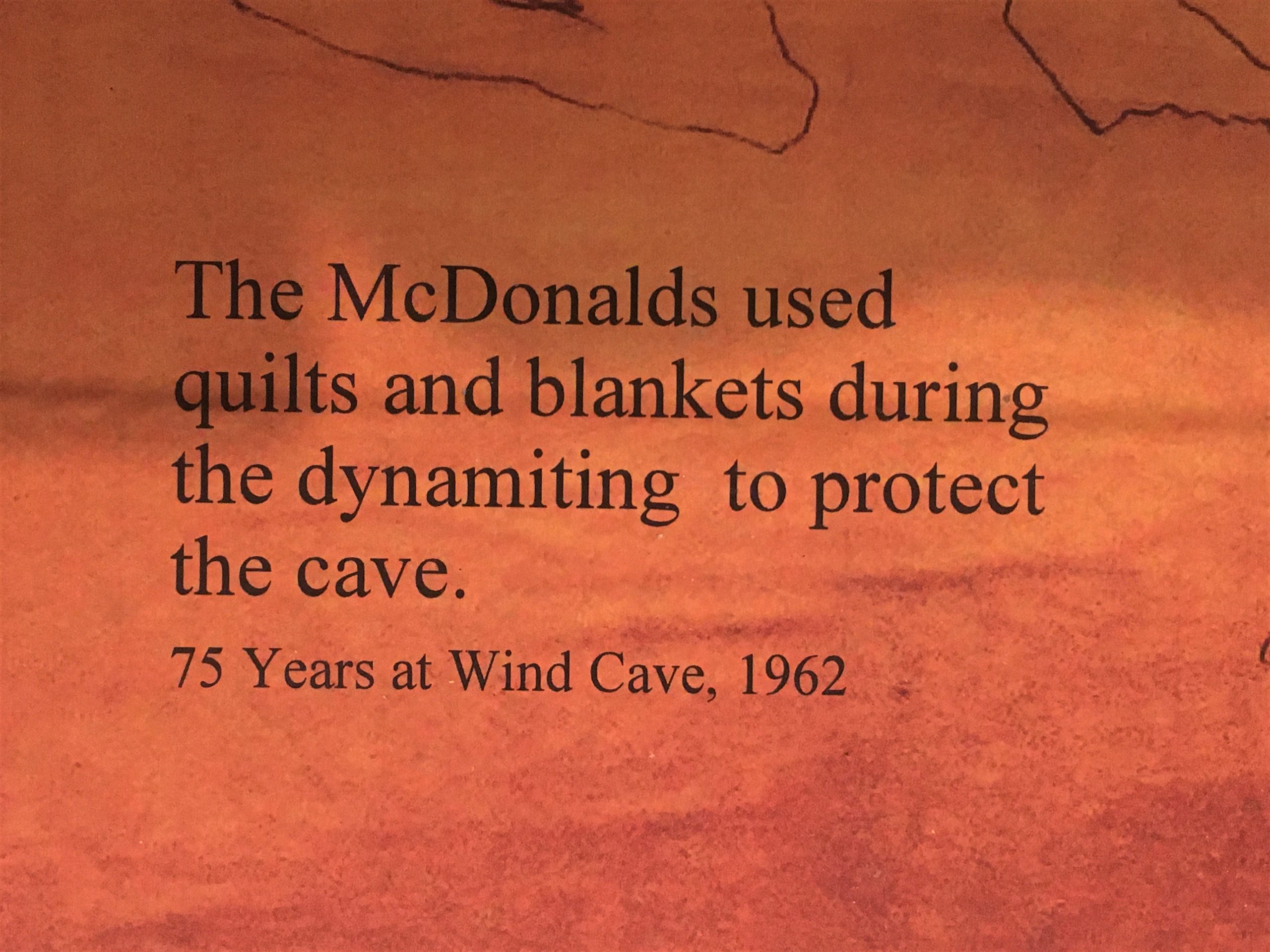
He was just sixteen when his family moved to the area and laid a homesteading claim to the area. And he left behind a detailed diary that was sorta miraculously preserved until the NPS got a hold of it. The National Park Service has put Alvin McDonald’s entire diary on their website. If you’re interested you can check it out at:
https://www.nps.gov/wica/learn/historyculture/alvin-mcdonalds-diary-text.htm
Anyway, as briefly mentioned above, his promising “career” in cave exploration was brought to a sudden and very early close when he contracted typhoid fever (caused by salmonella contaminated food or water) at the Chicago World’s Fair (May-October, 1893) he attended with his father, who’d asked him to come help sell cave specimens. He died December 15, 1893.
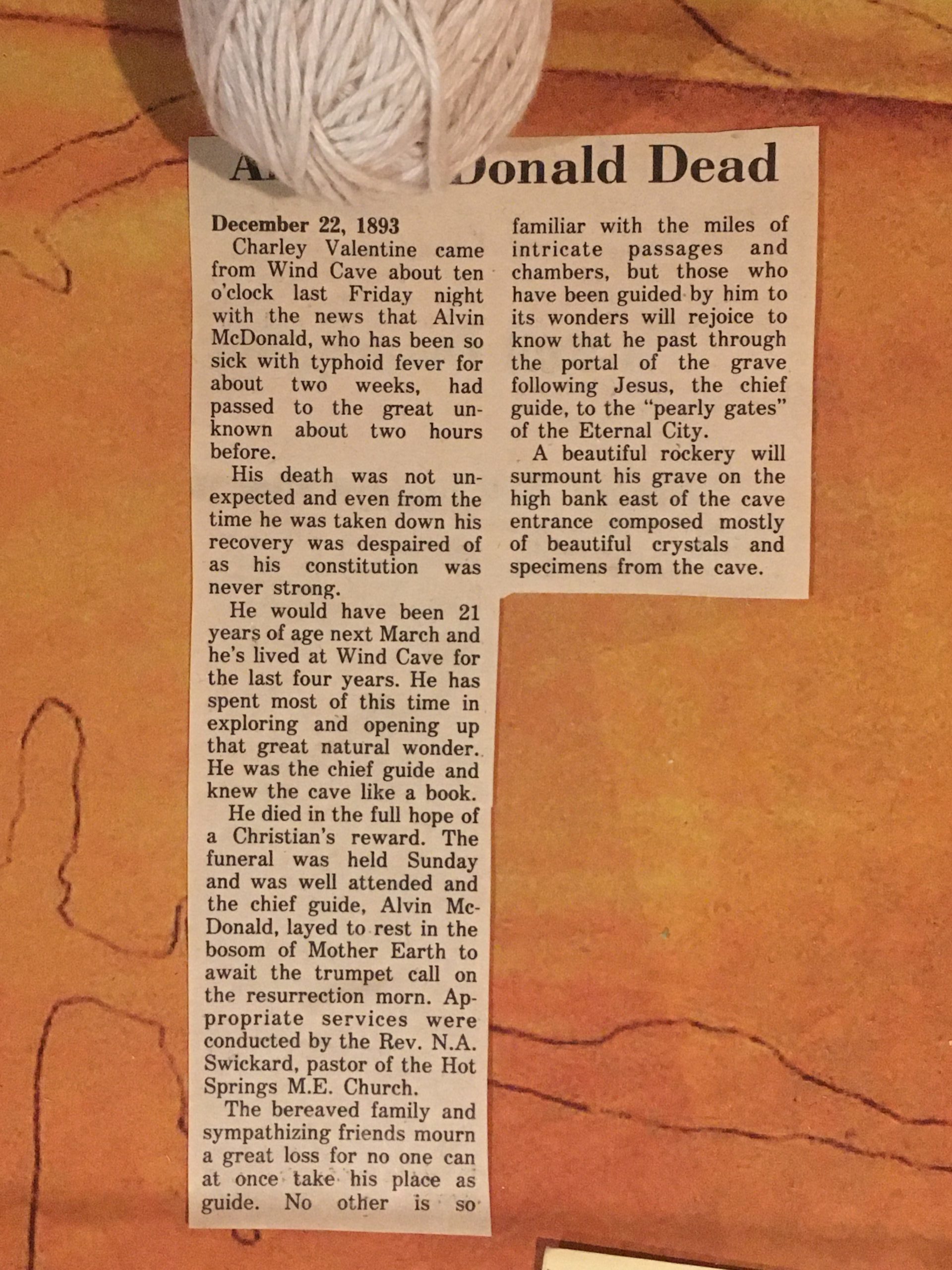

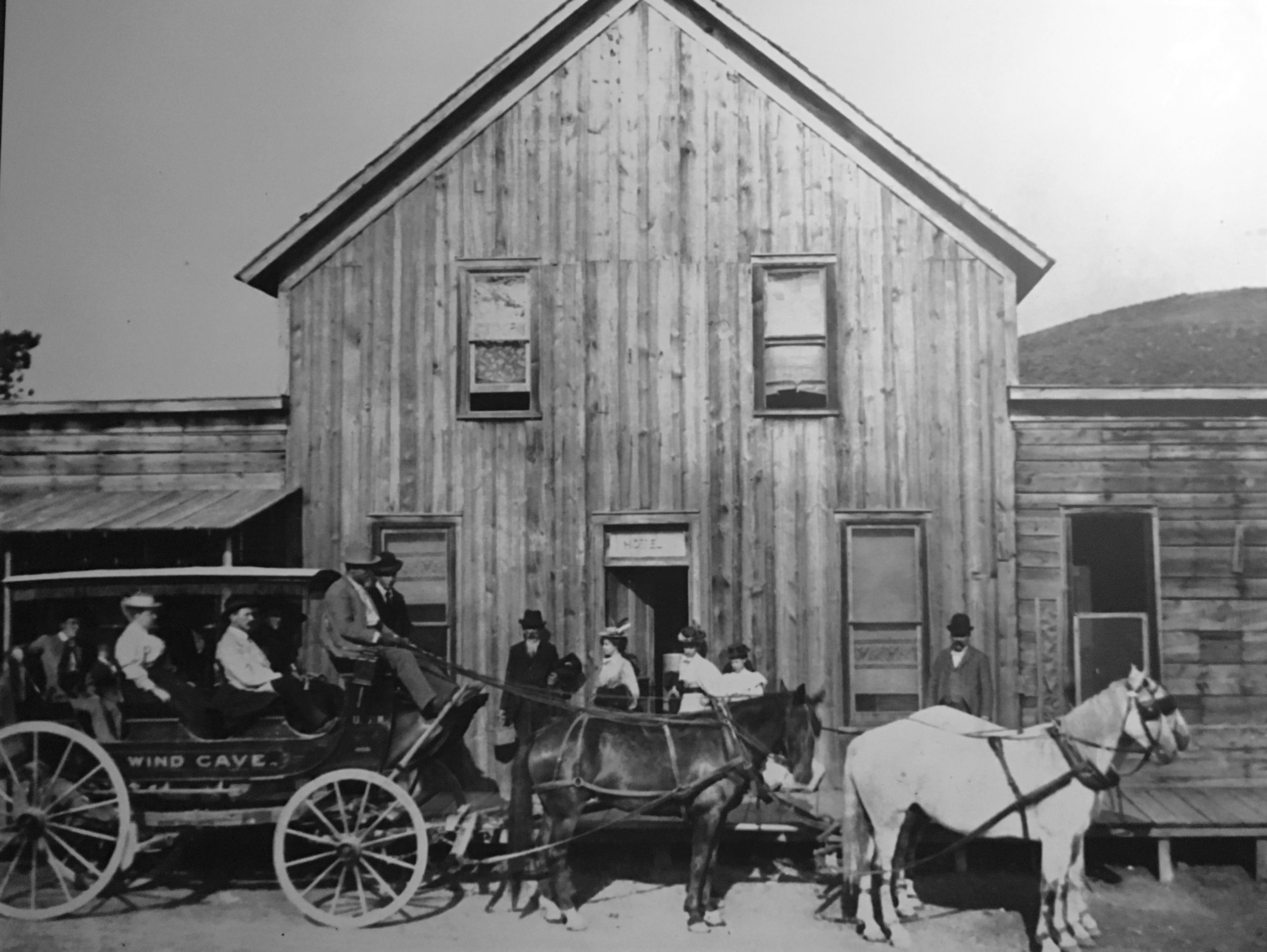
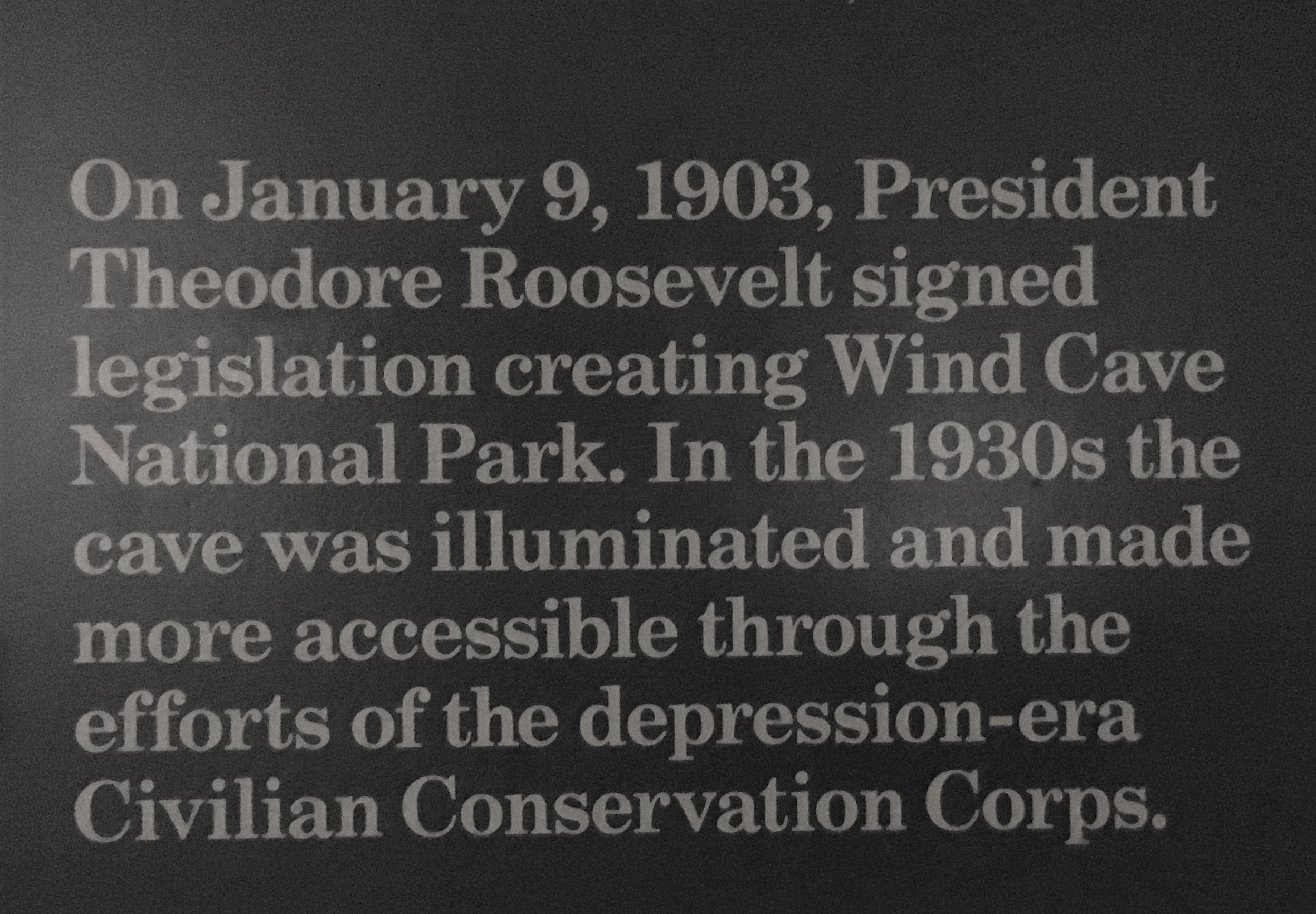
The exhibit also had some terrific cave specimens on display.
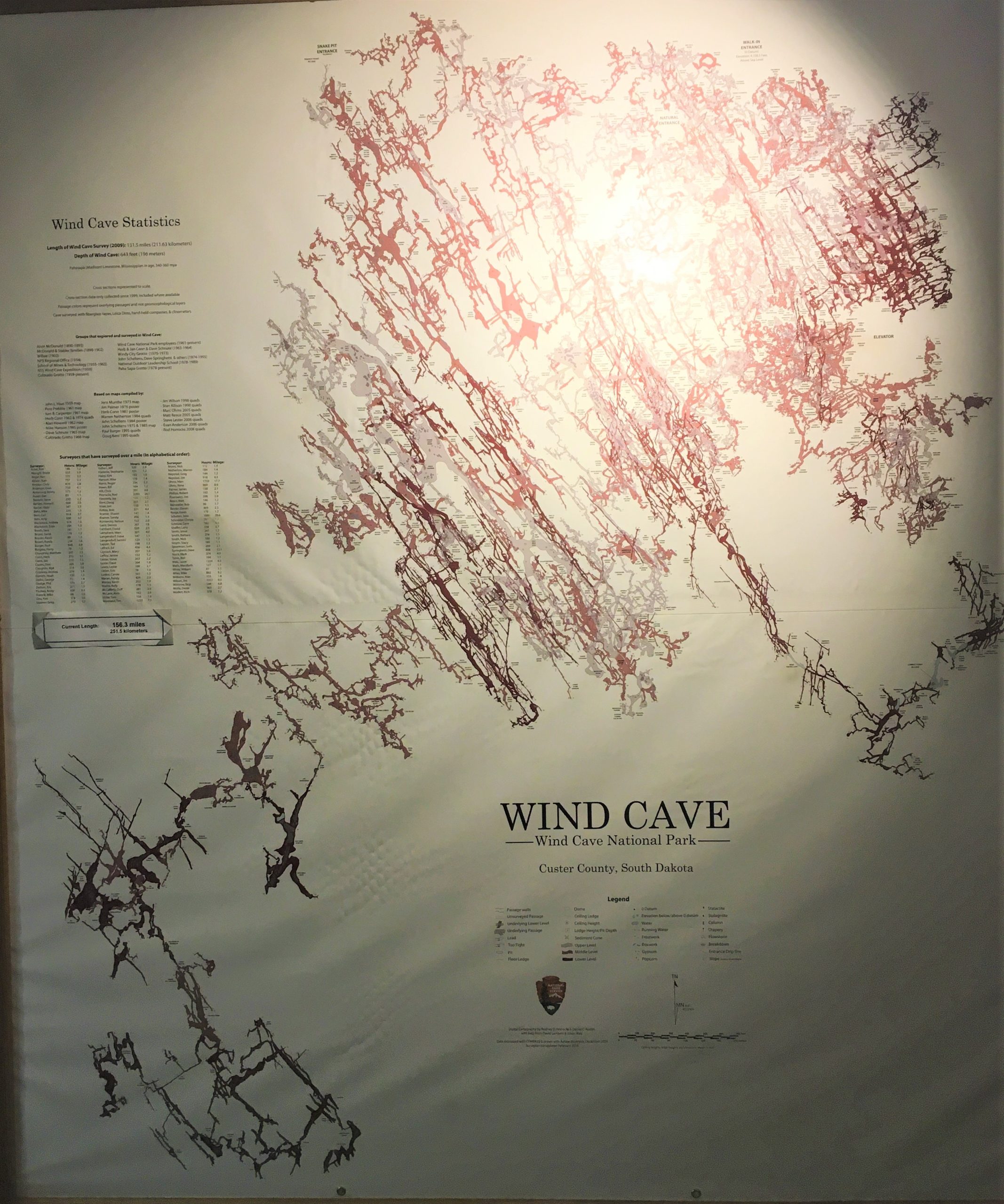

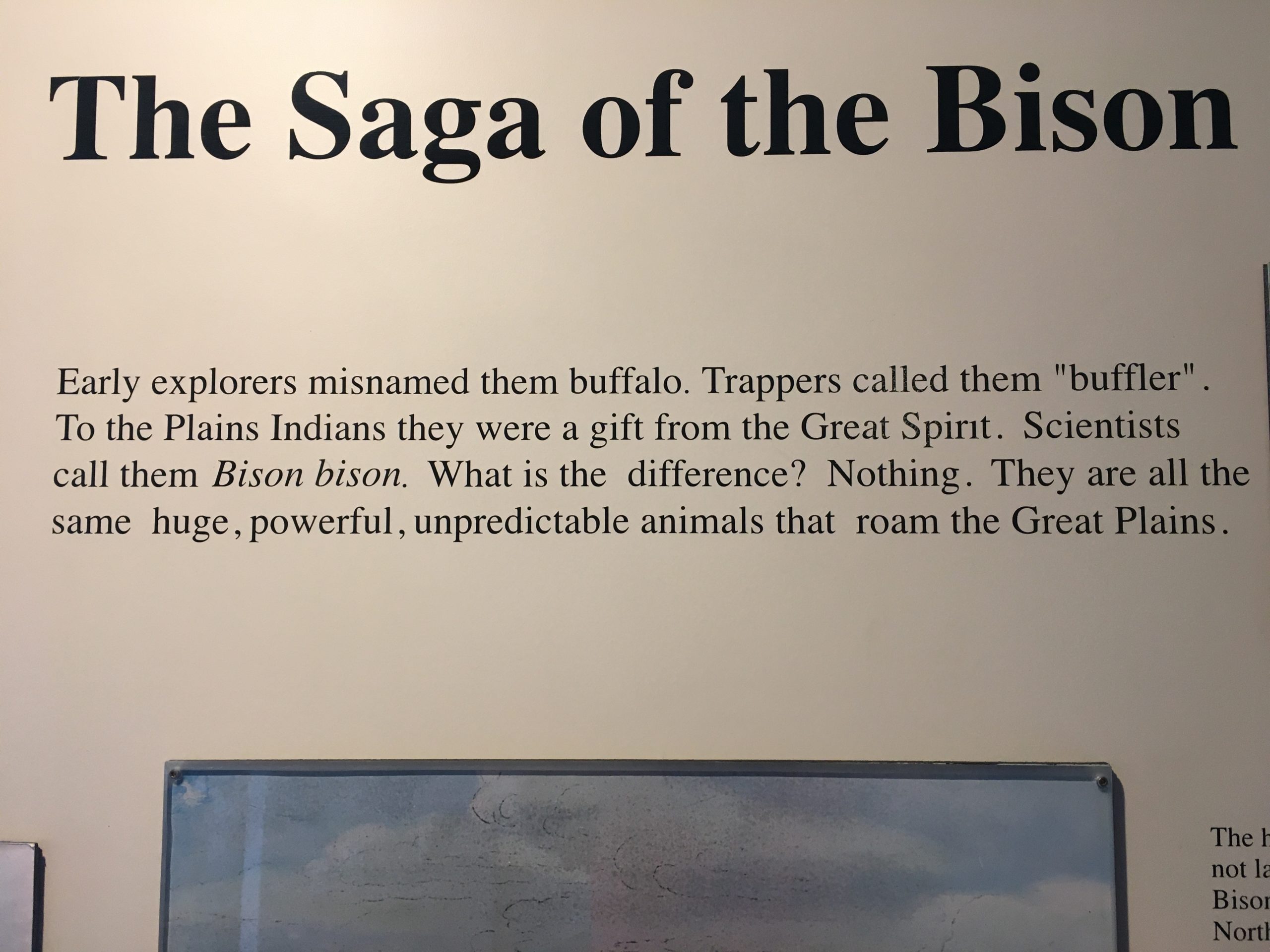
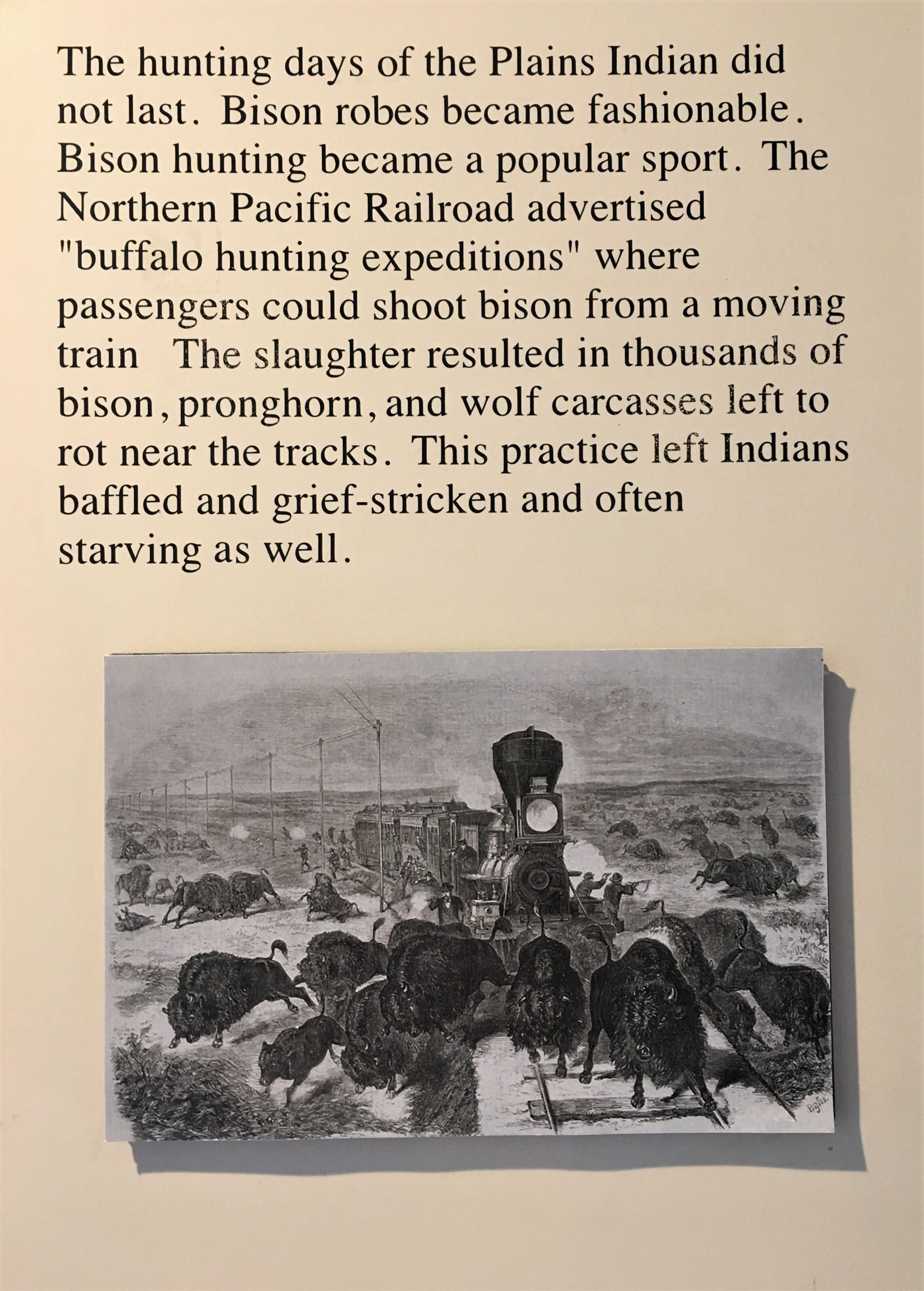
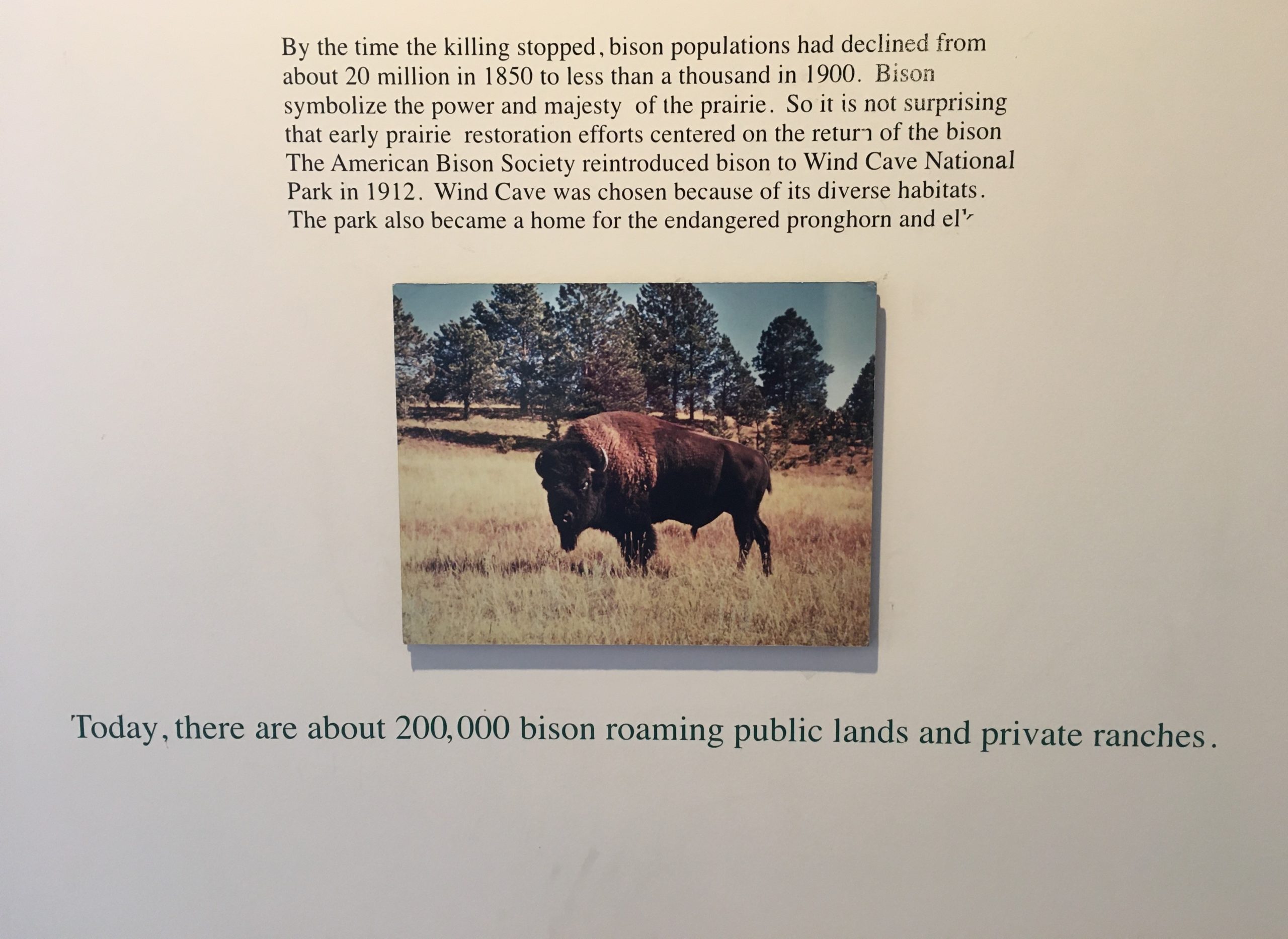
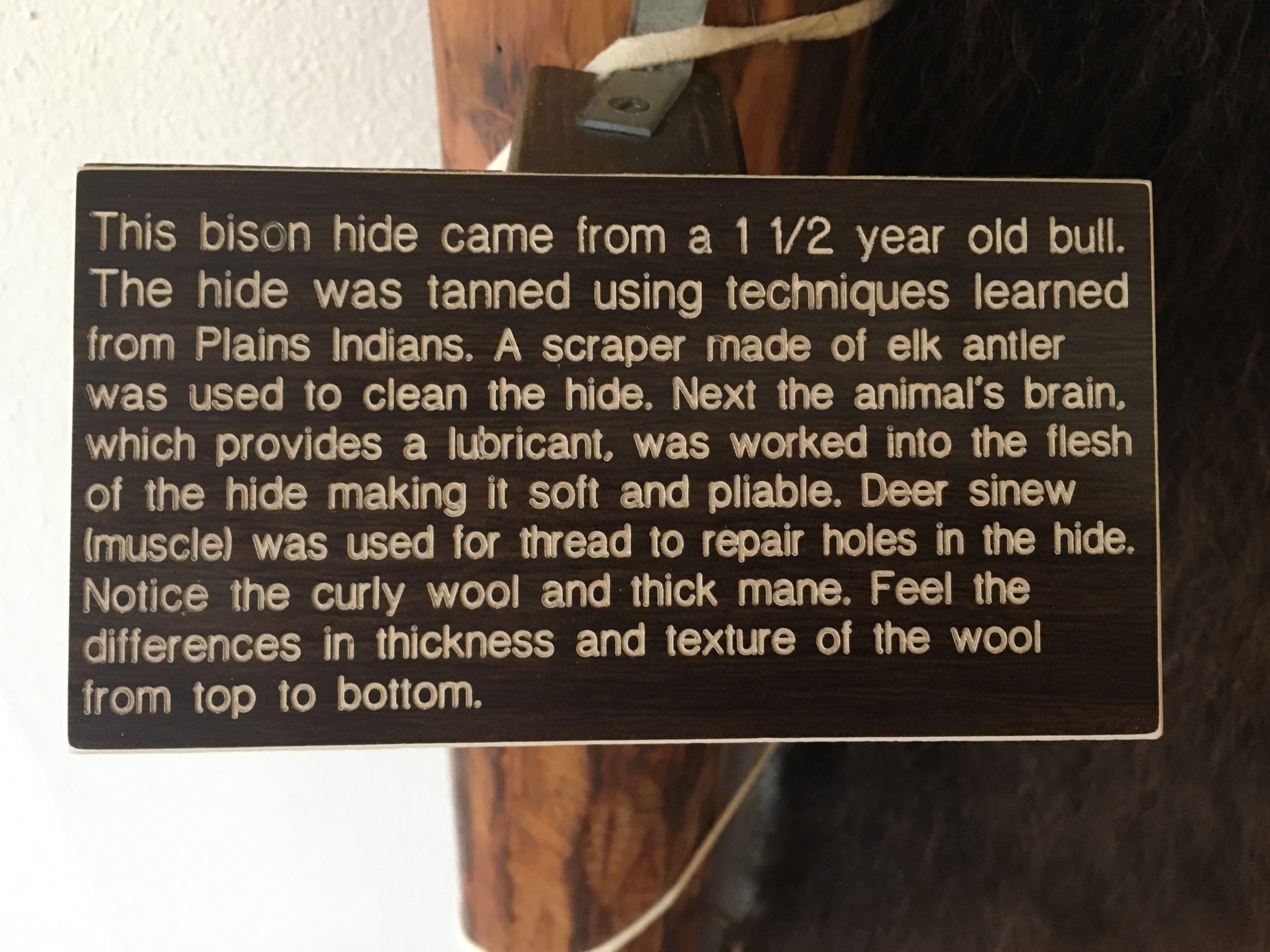
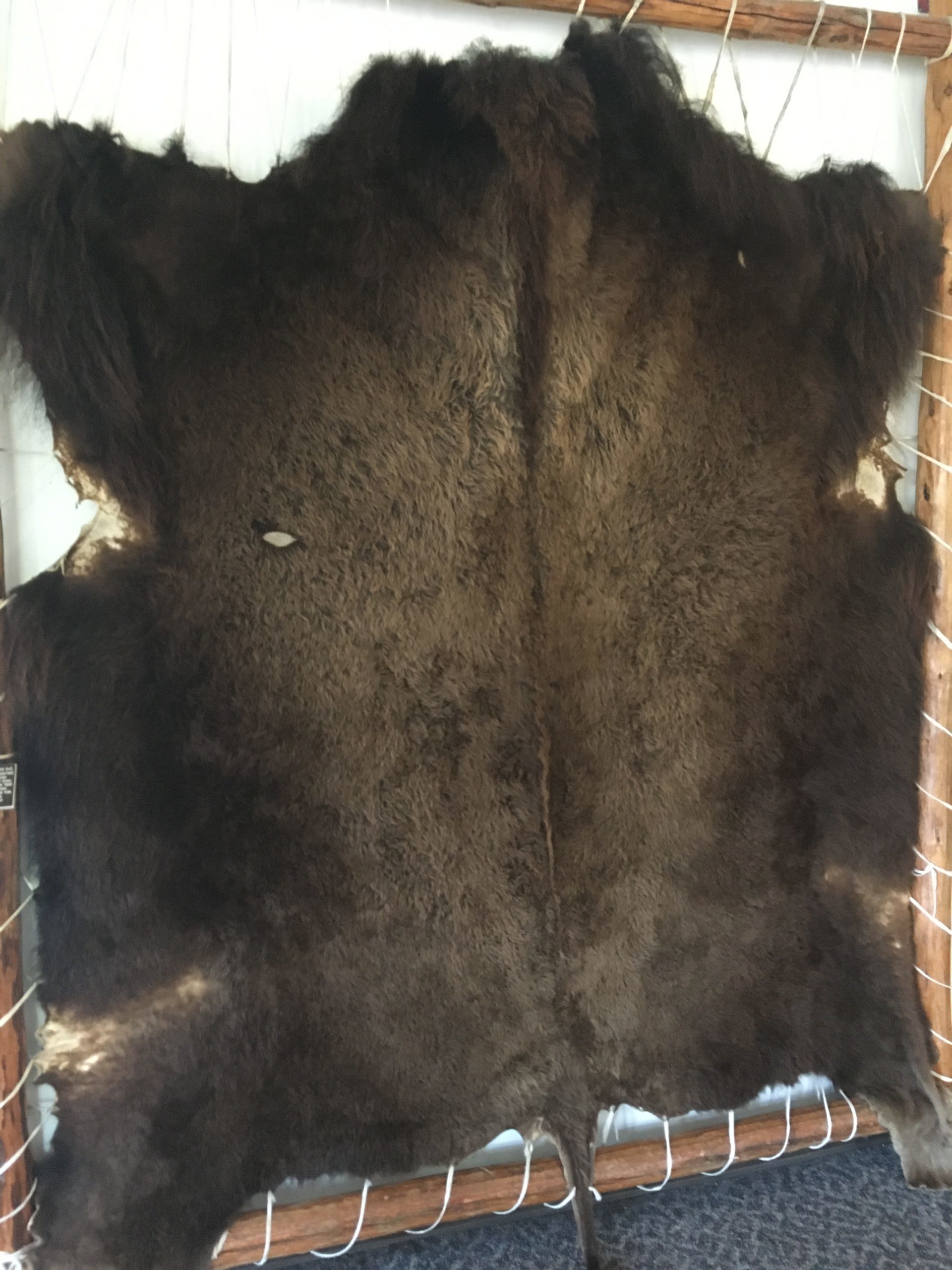
Strange that they have different types of fur on one animal.
God is soooo creative!
We’re too big. Whew!! : )
Back upstairs, the Ranger working the Q&A counter told us that the line usually dies down around noon, so we could come back then. Okay.
In the meantime, we went for a hike above ground.
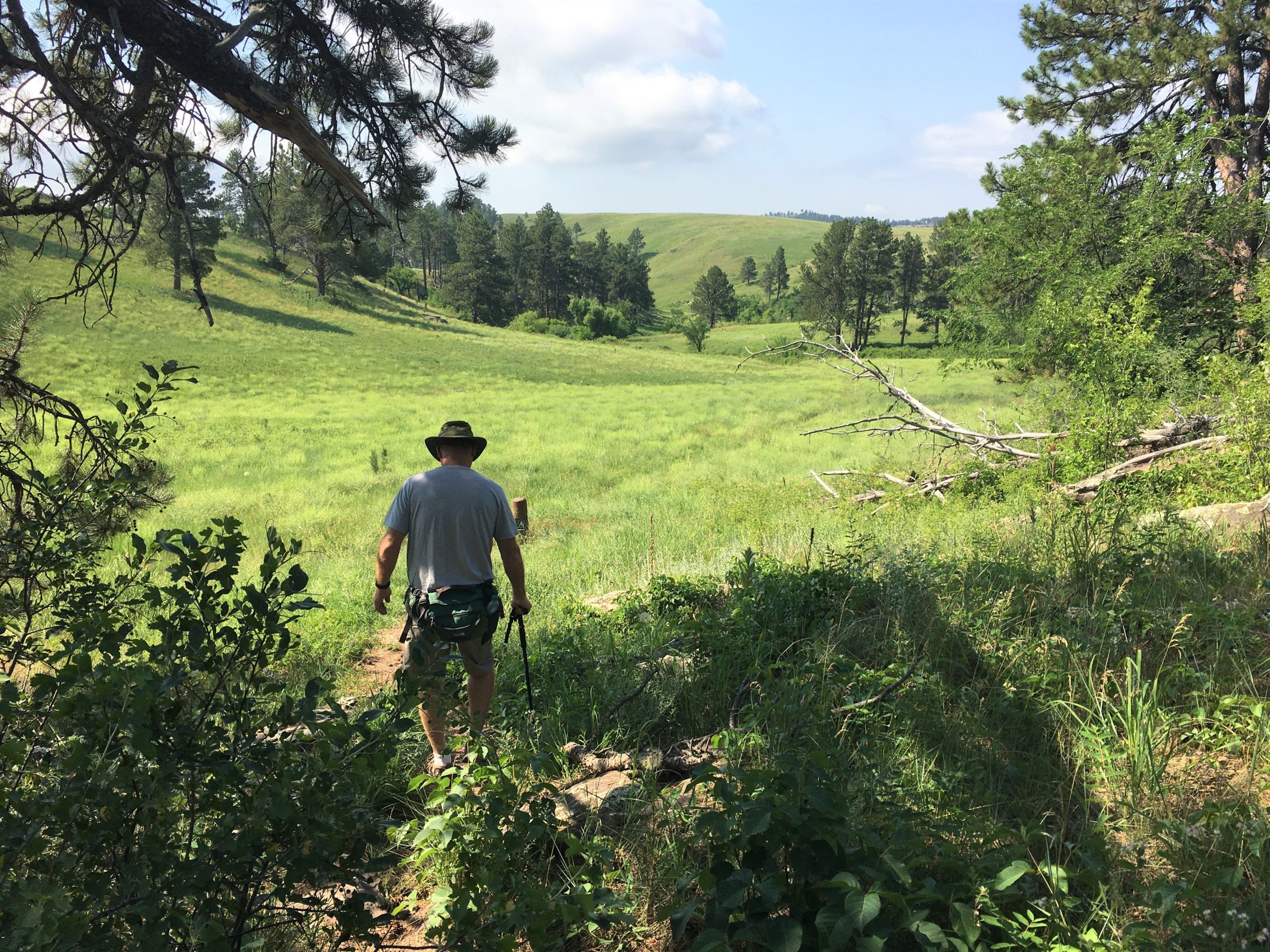
We started out here, but the grass was full of ticks!
We hightailed it outta there in a hurry and did a check.
Blaine found 5 on his legs and I found one. YIKES!
A one-mile loop.
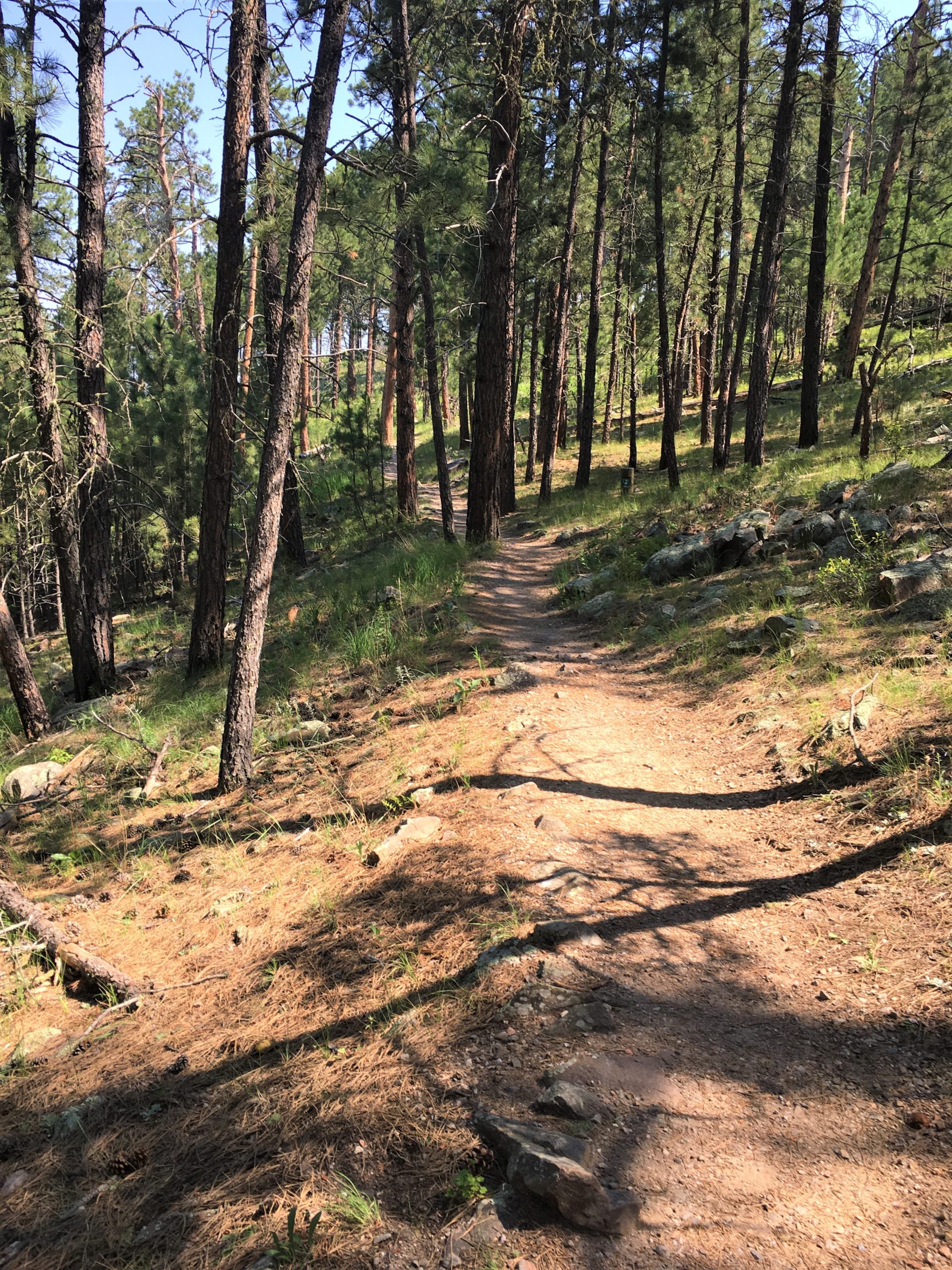
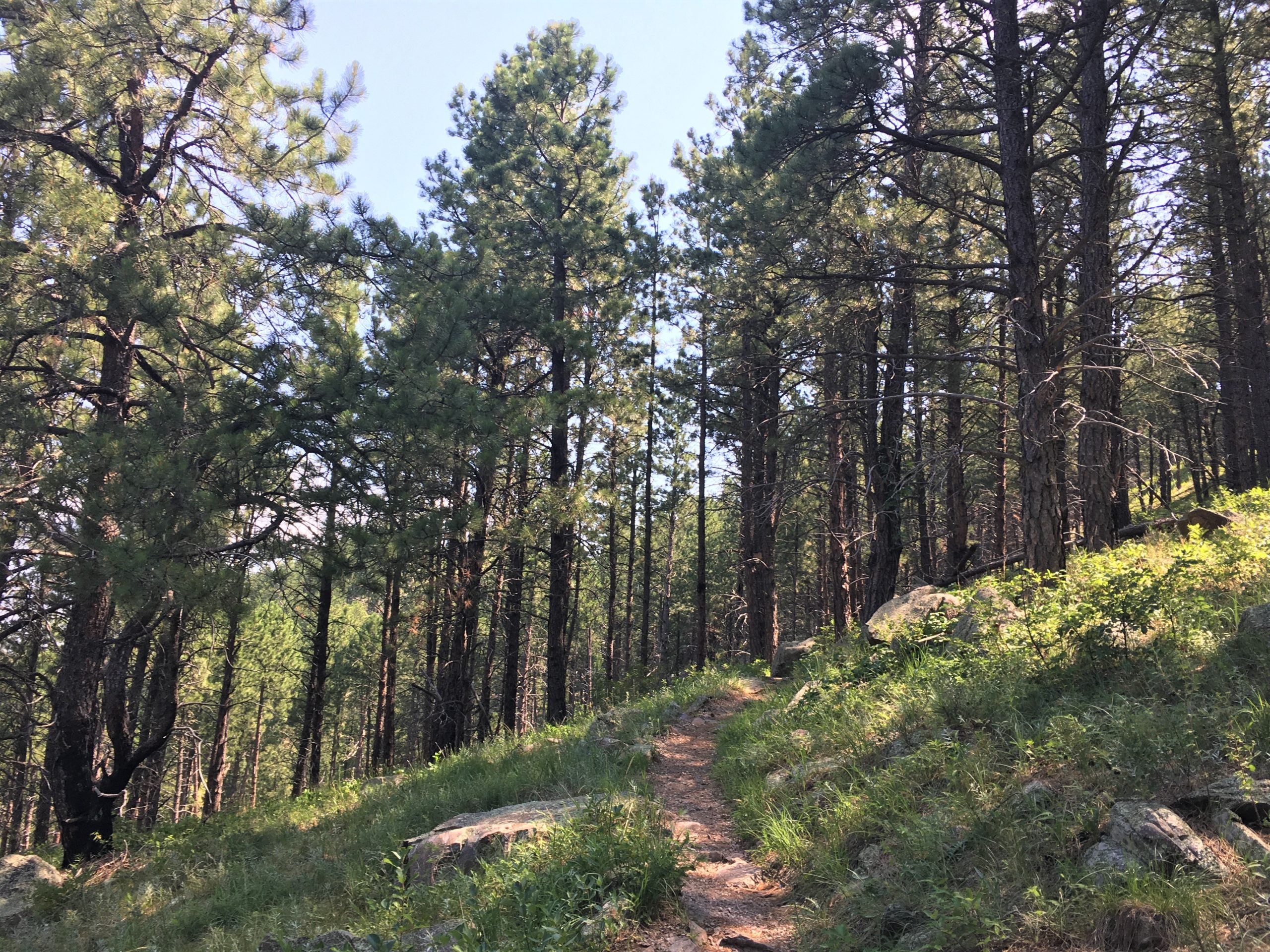
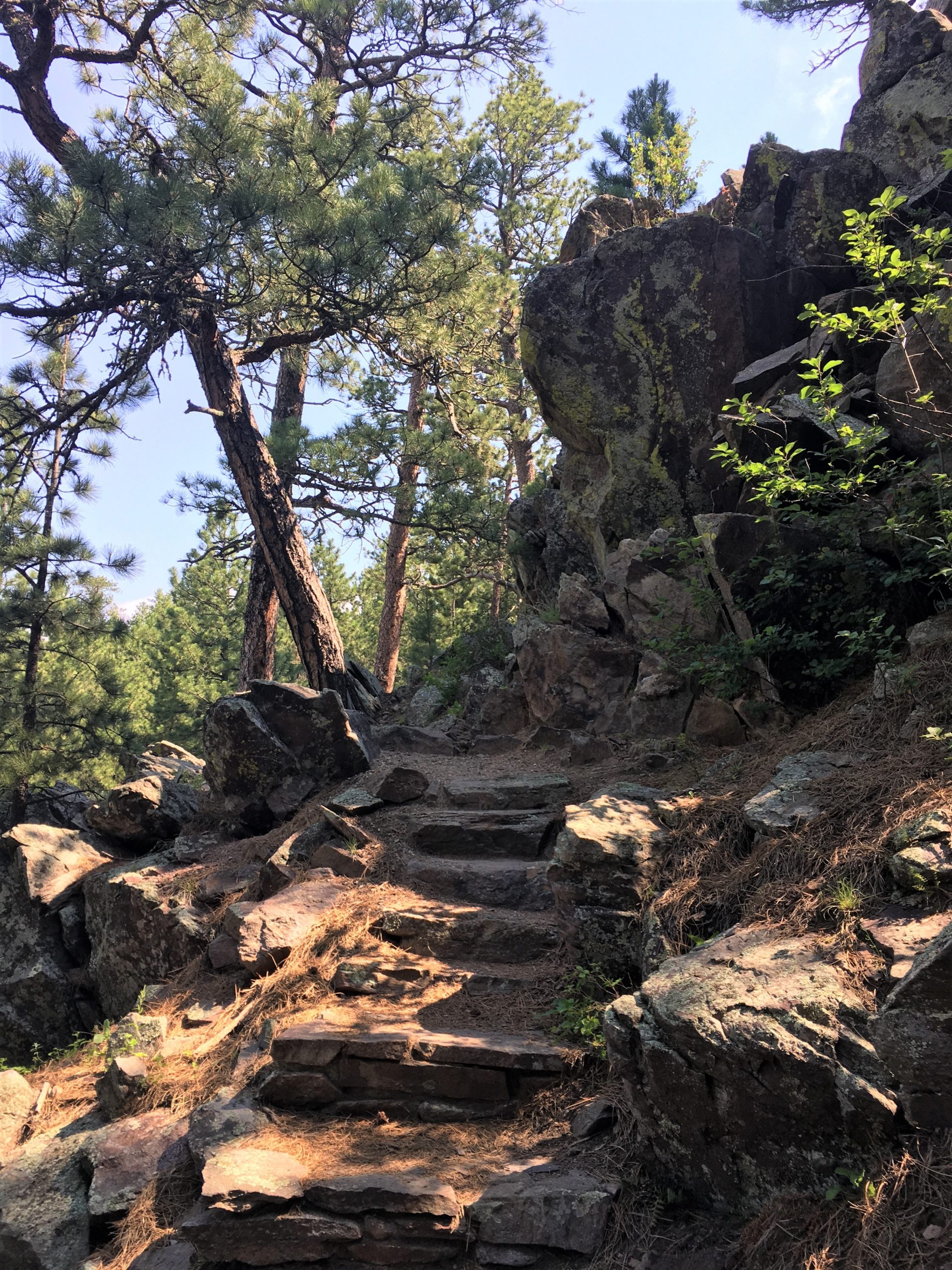
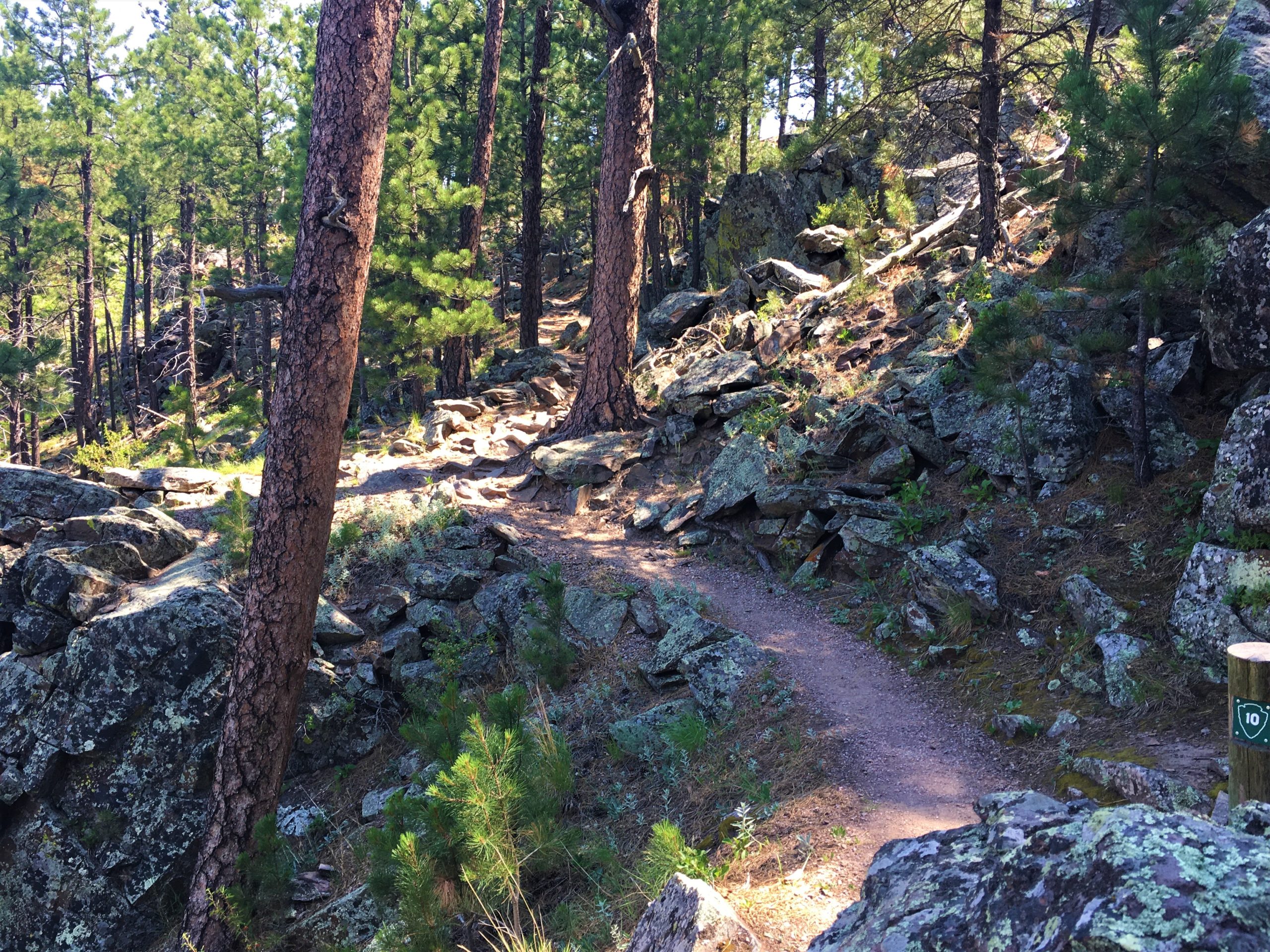
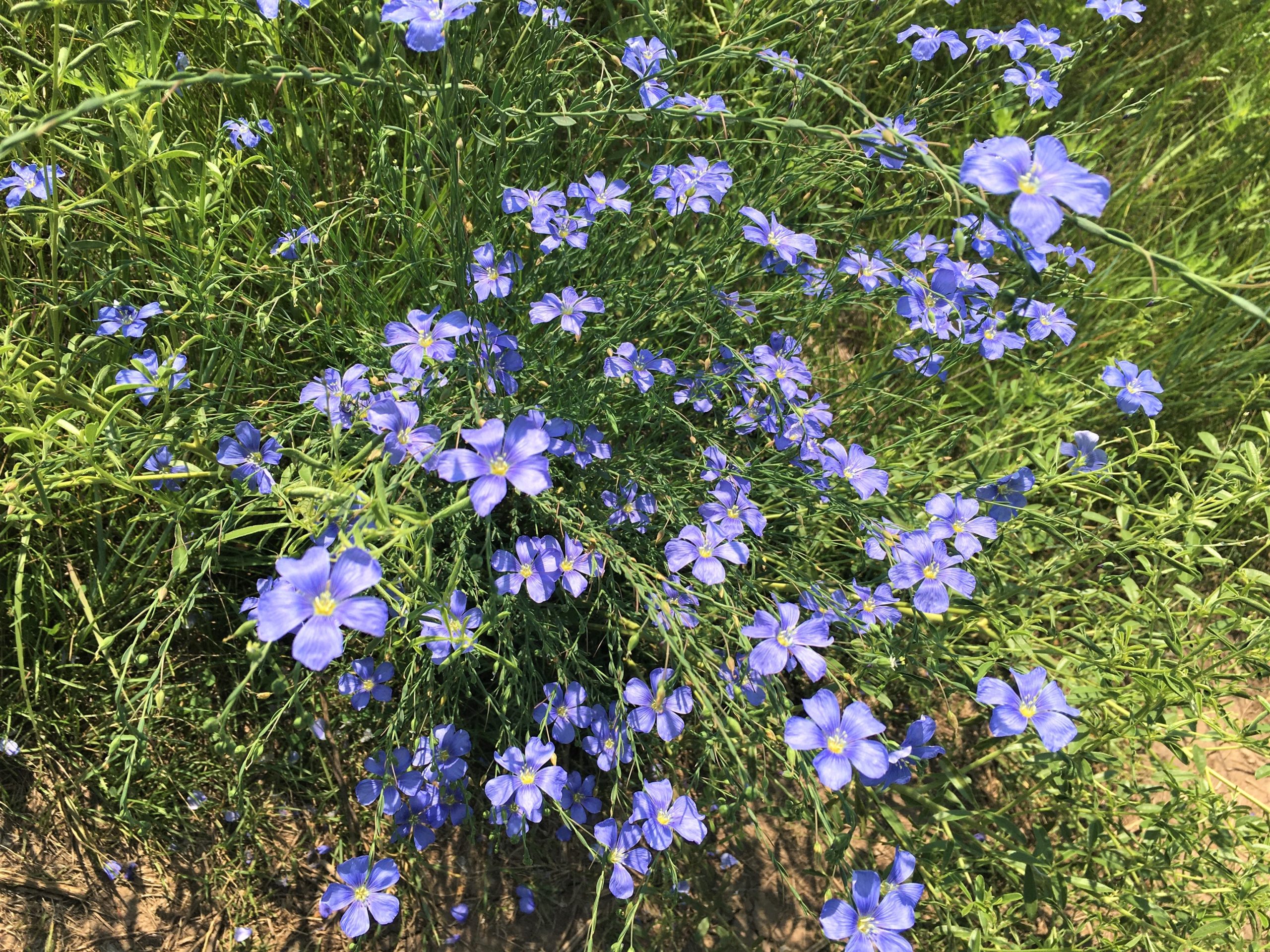

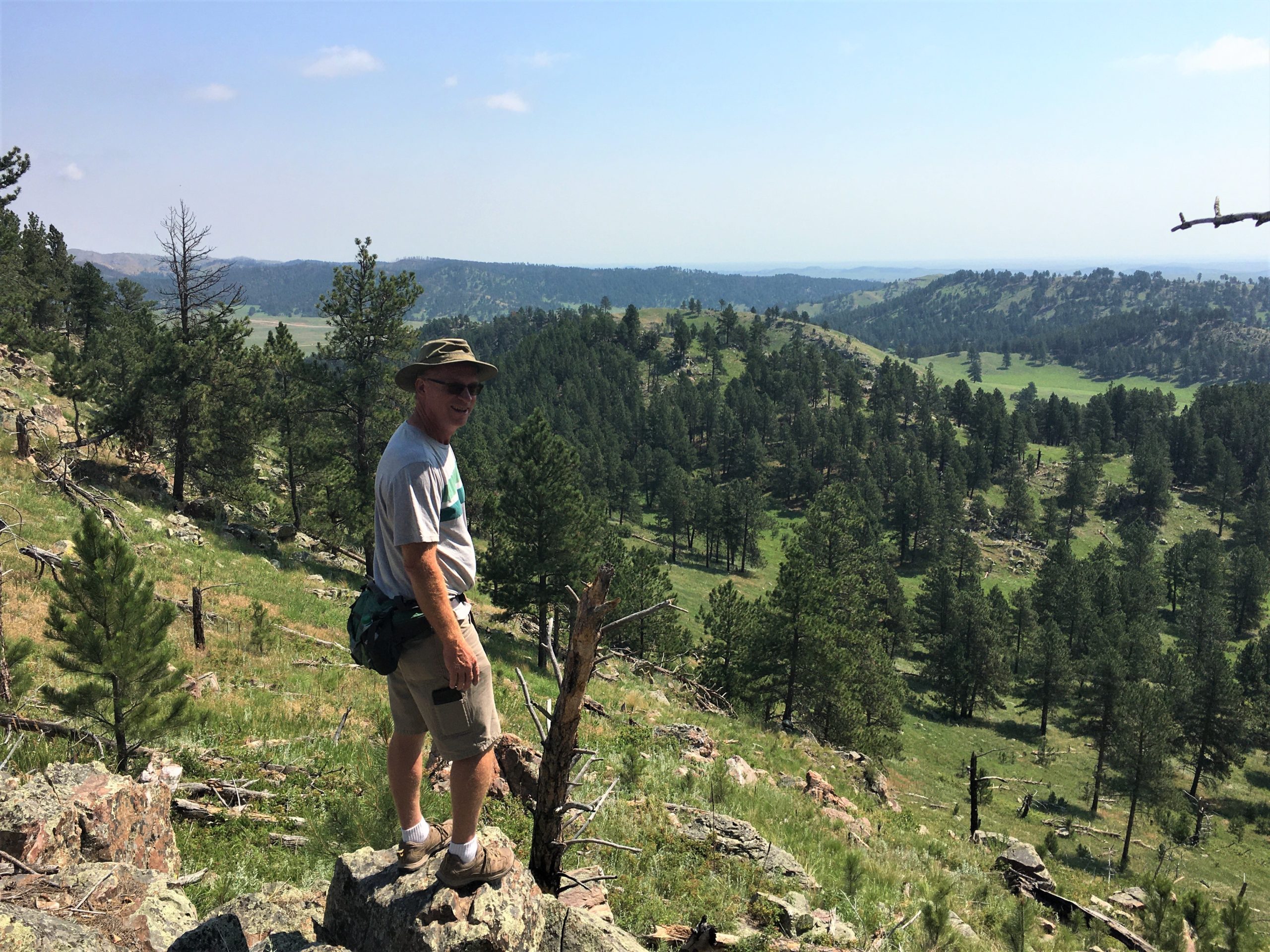
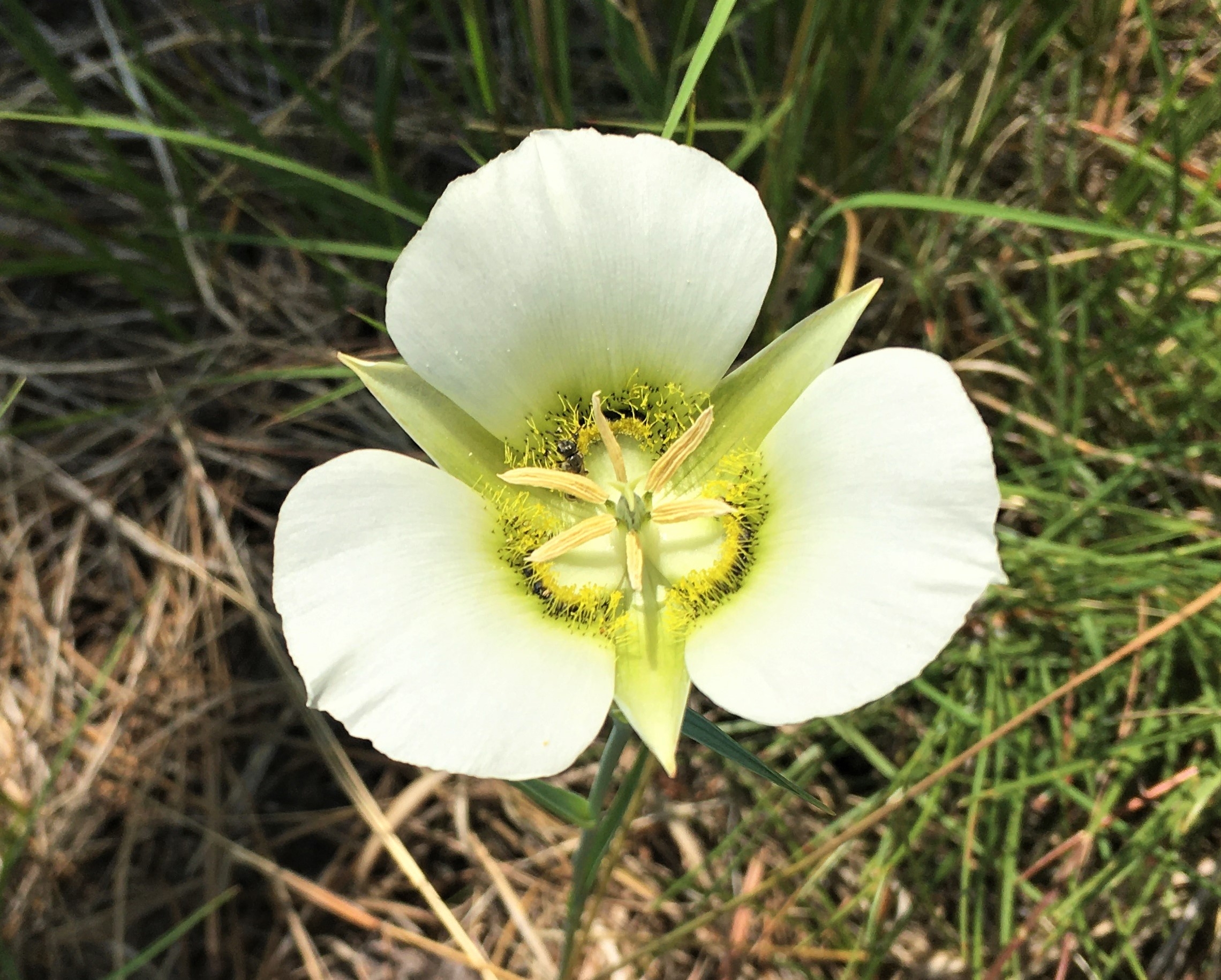
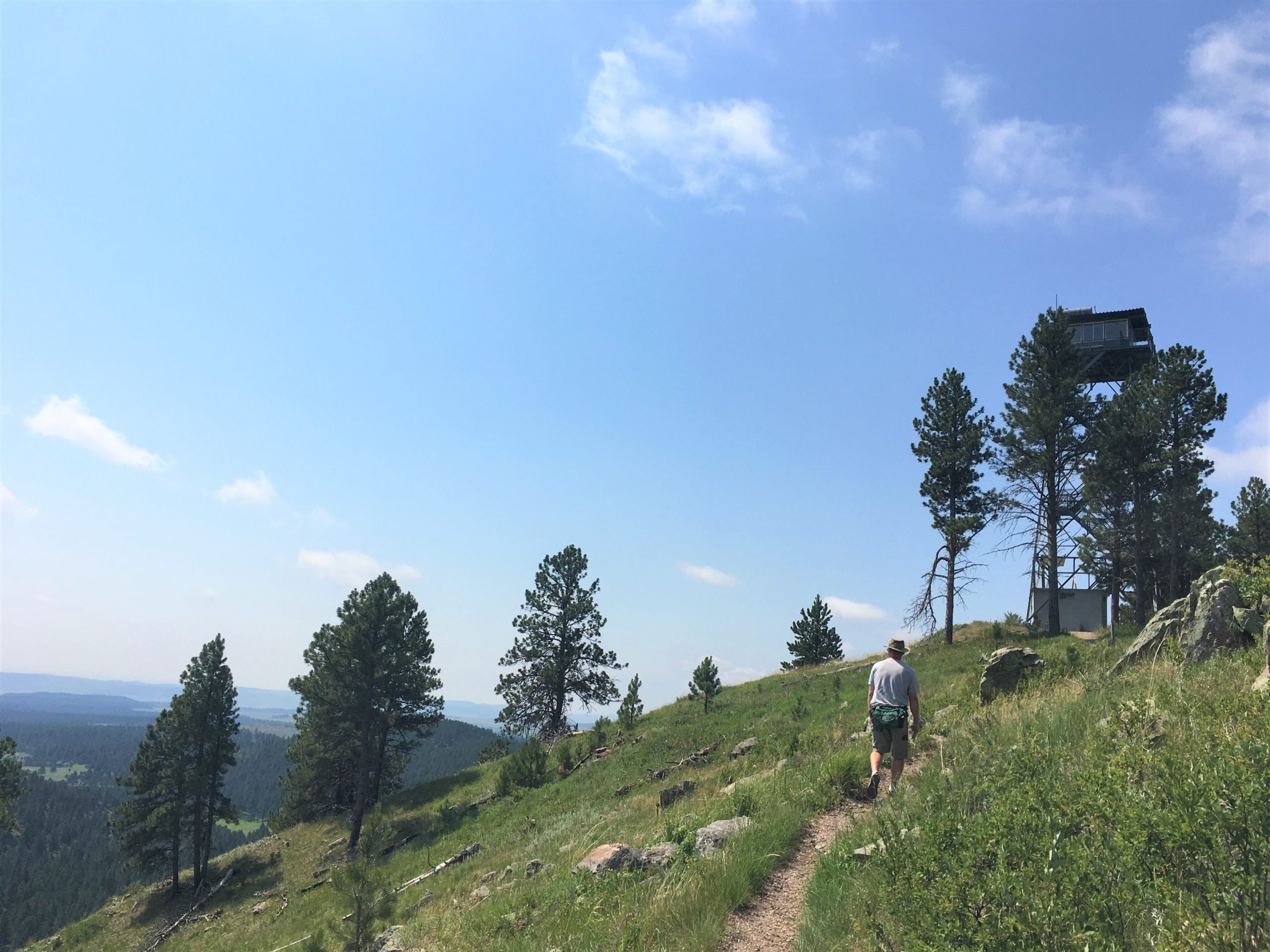
It was supposed to take us up to an observation tower, and it did, but when we arrived, we discovered the tower was closed! ☹ It was still a good hike (we even found more red raspberries to munch on!), and the views were still great, even from the ground.
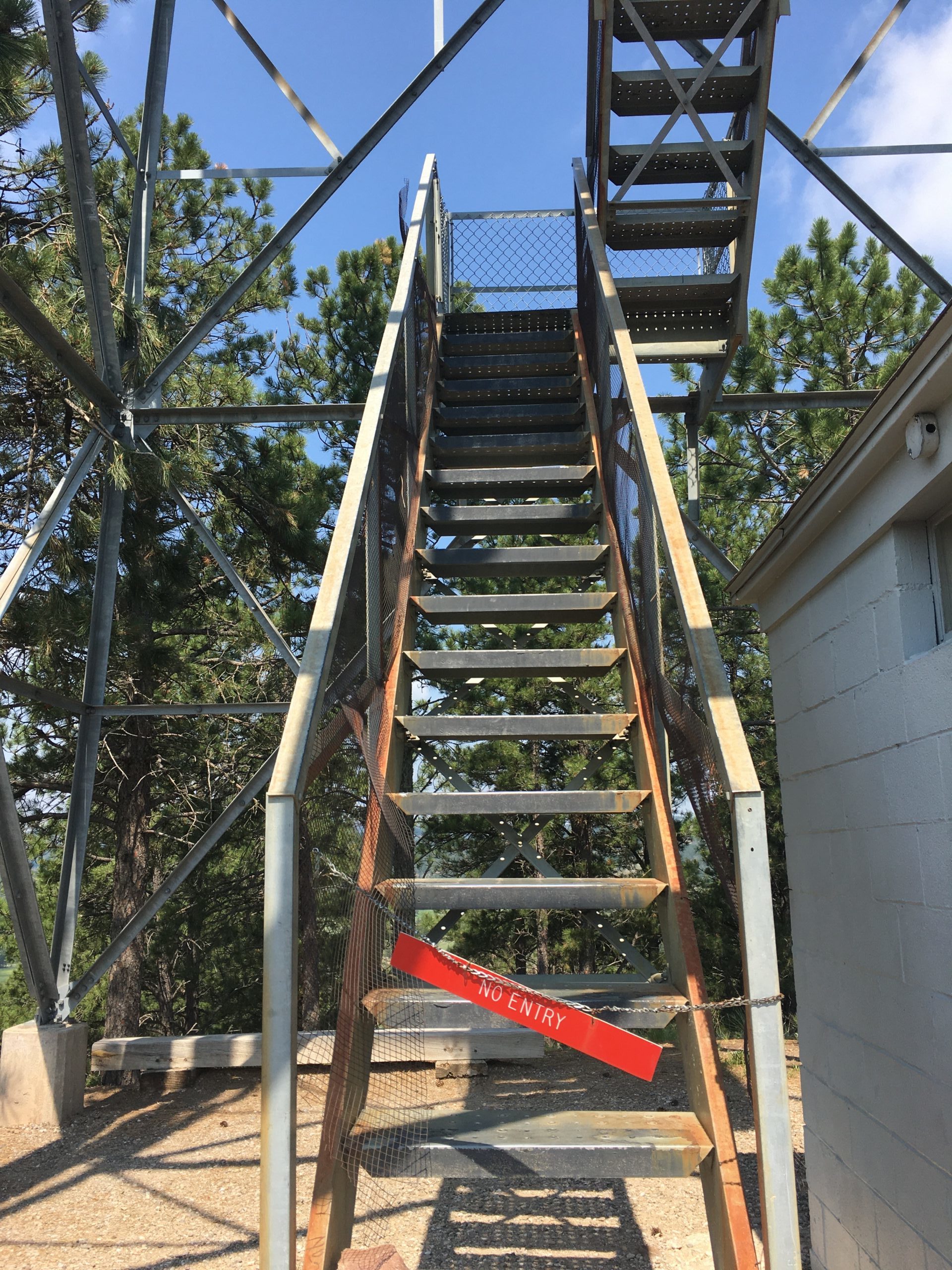
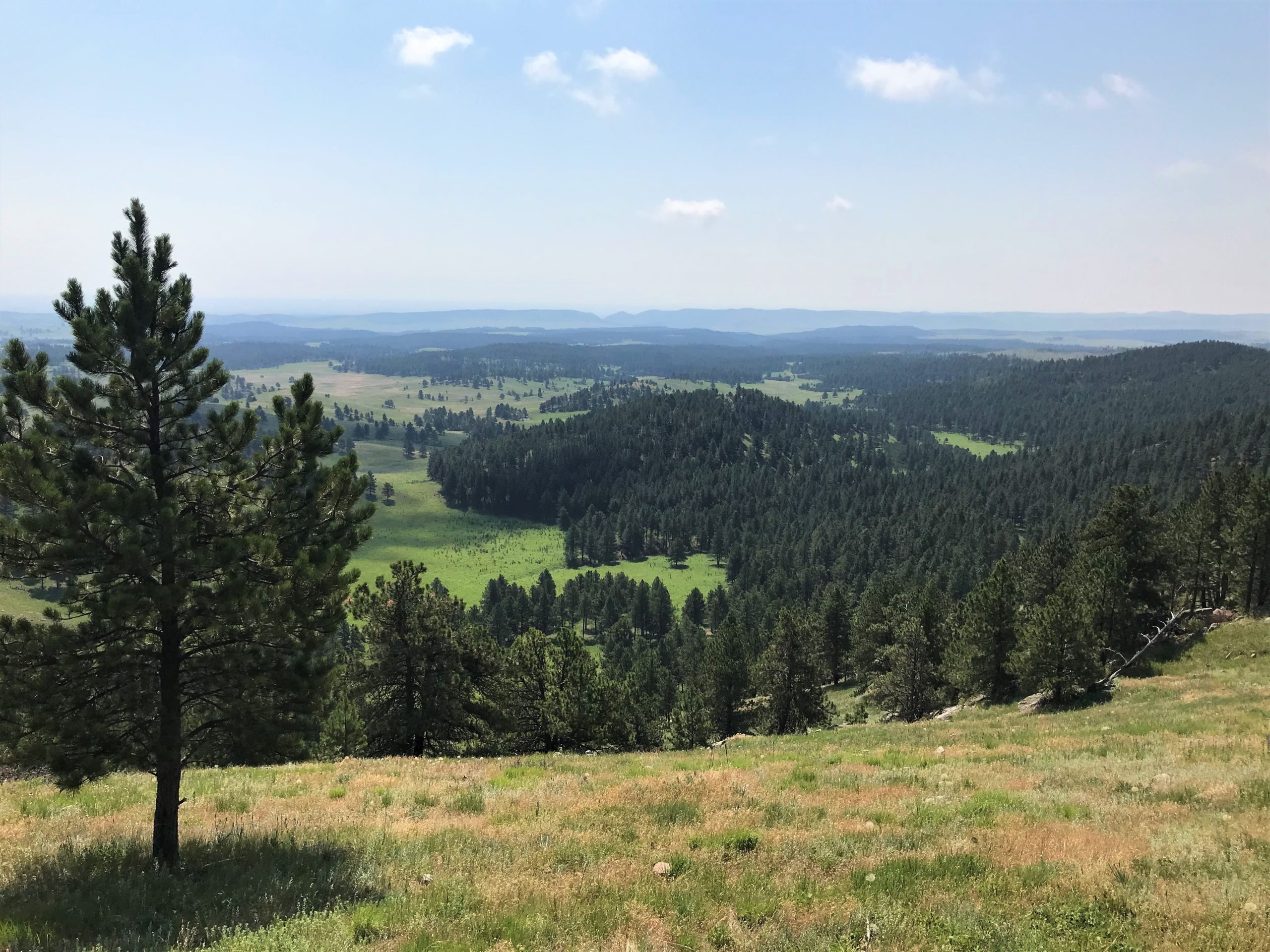

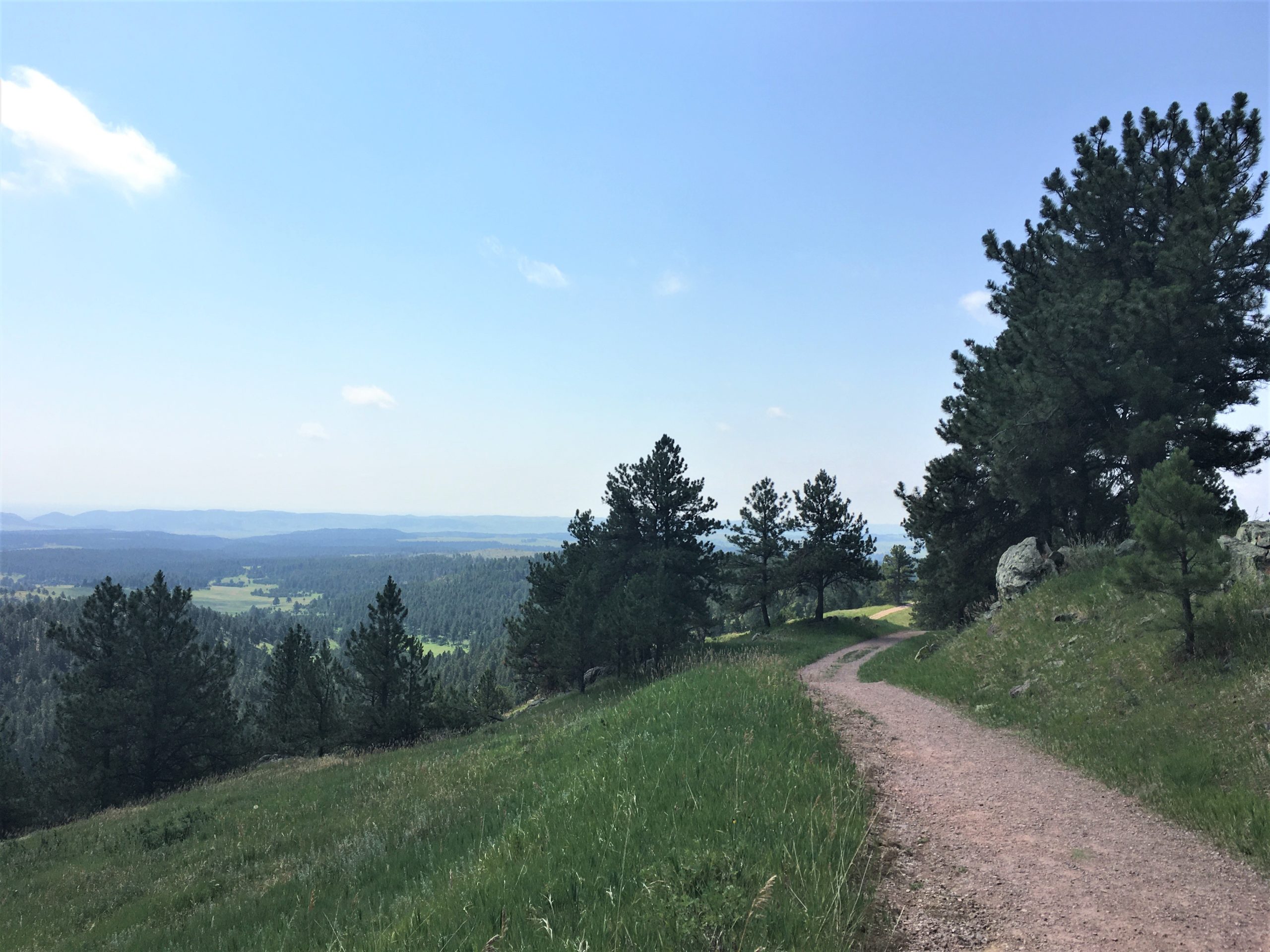
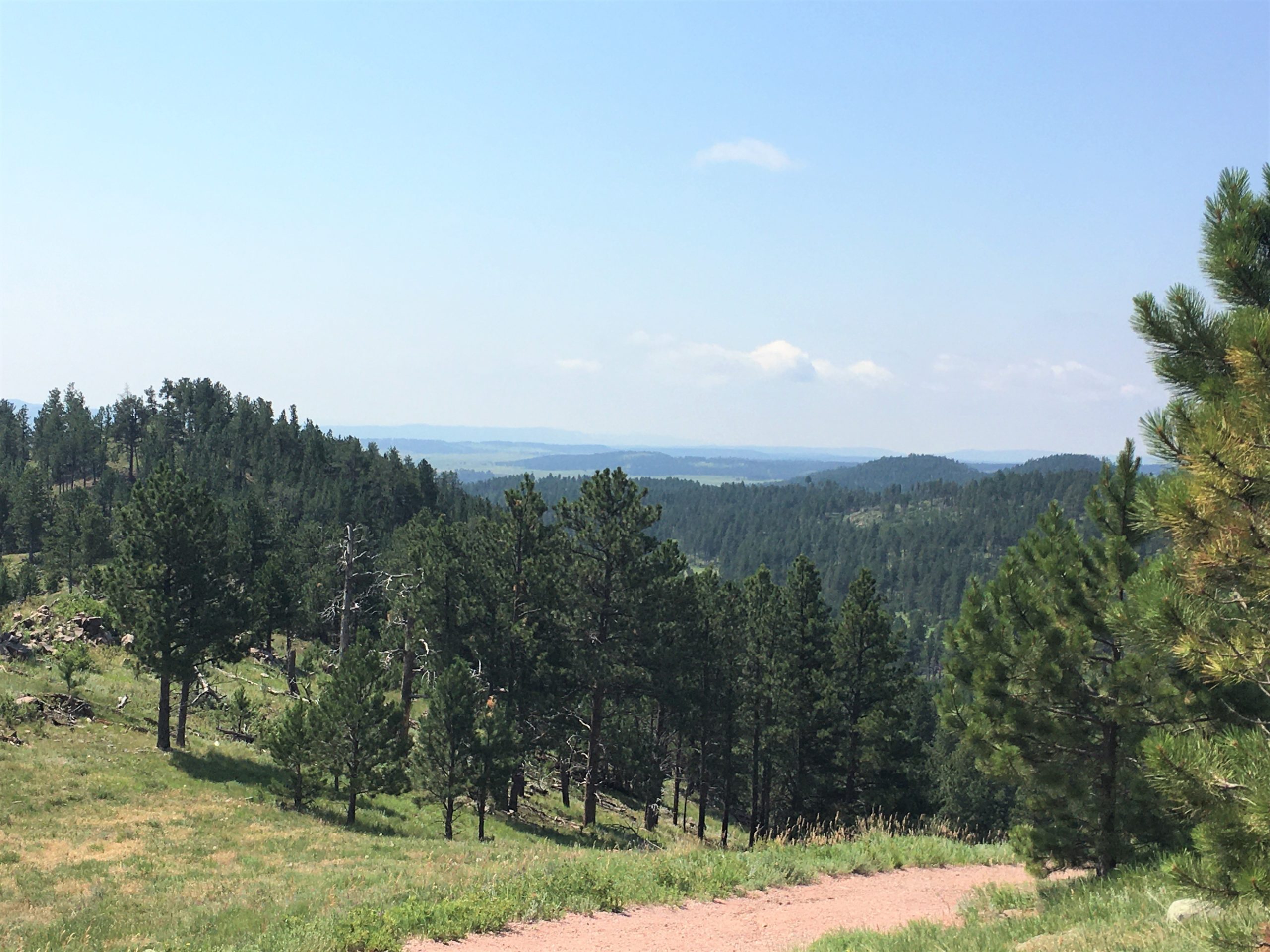
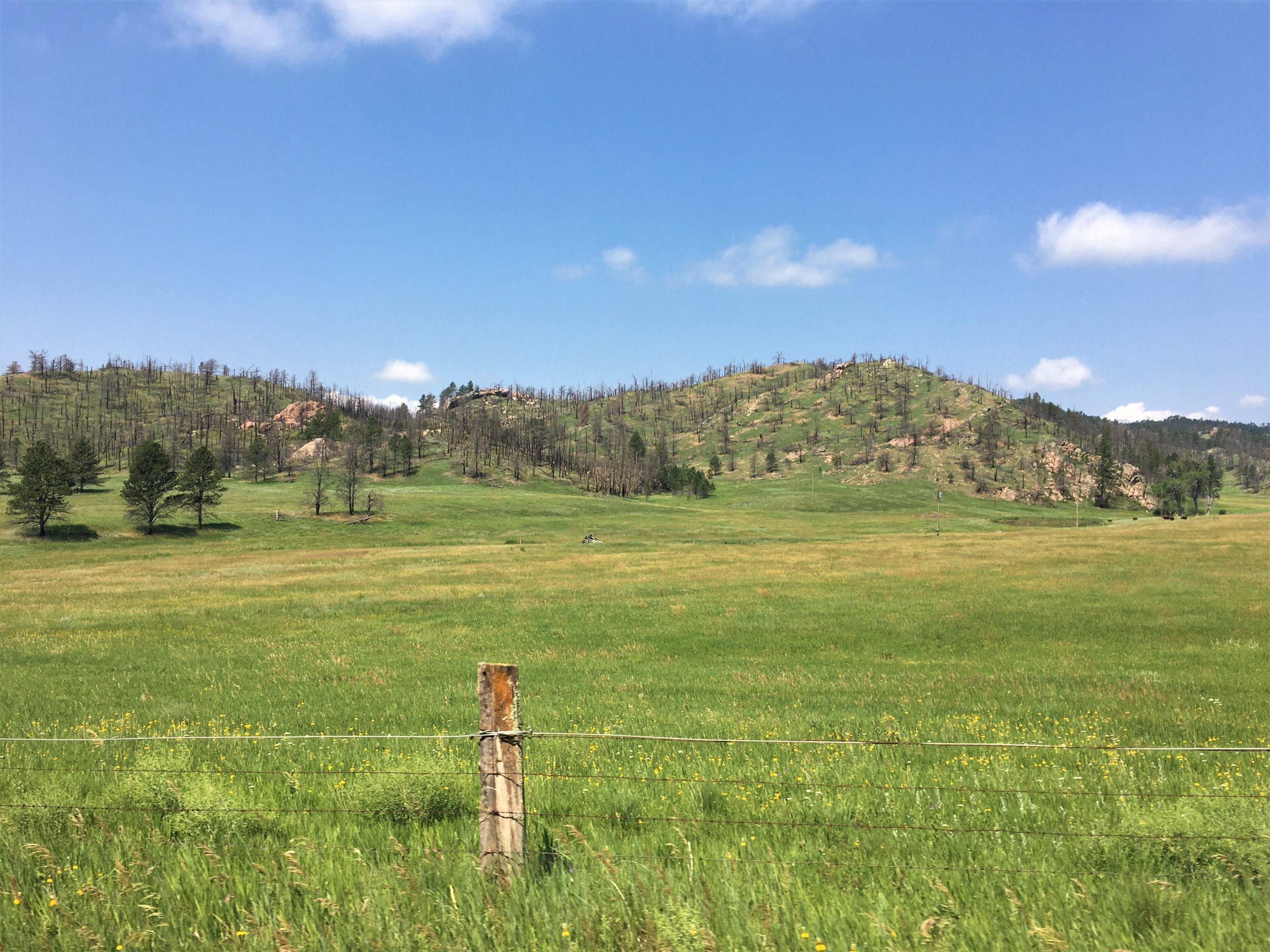
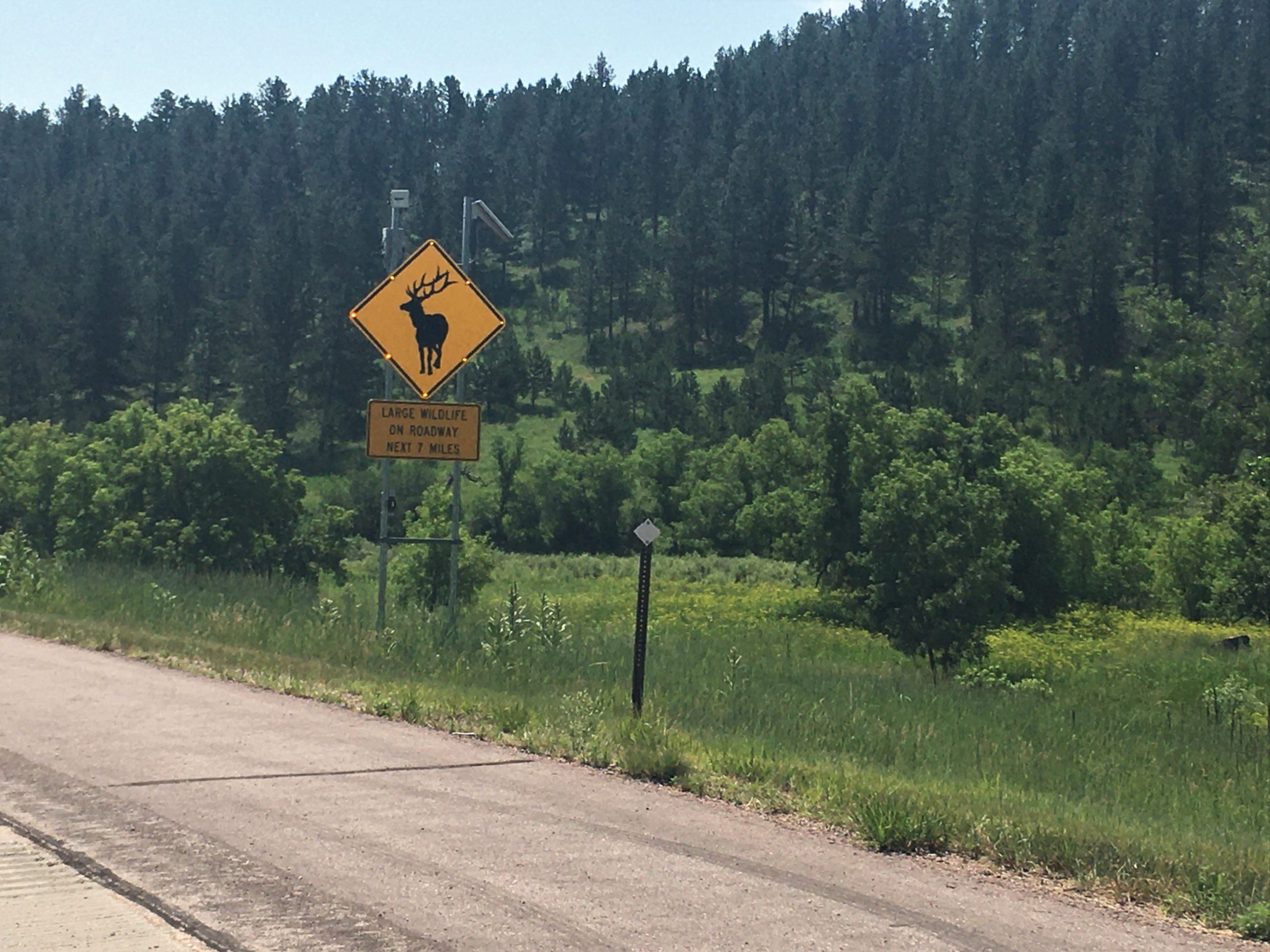
We haven’t seen a sign like that since we were in Rocky Mountain National Park last summer. : )
When we returned to the VC, we discovered that true to his word, there was no one waiting in line! We scored the last two tickets for the 2:00pm tour, and then passed the hour-and-a-half wait by lazing around the area. (that means ambling around killing time) We did a short prairie loop hike, sorta looking for the burial place of Alvin McDonald. We didn’t find it, but it was still a beautiful walk.

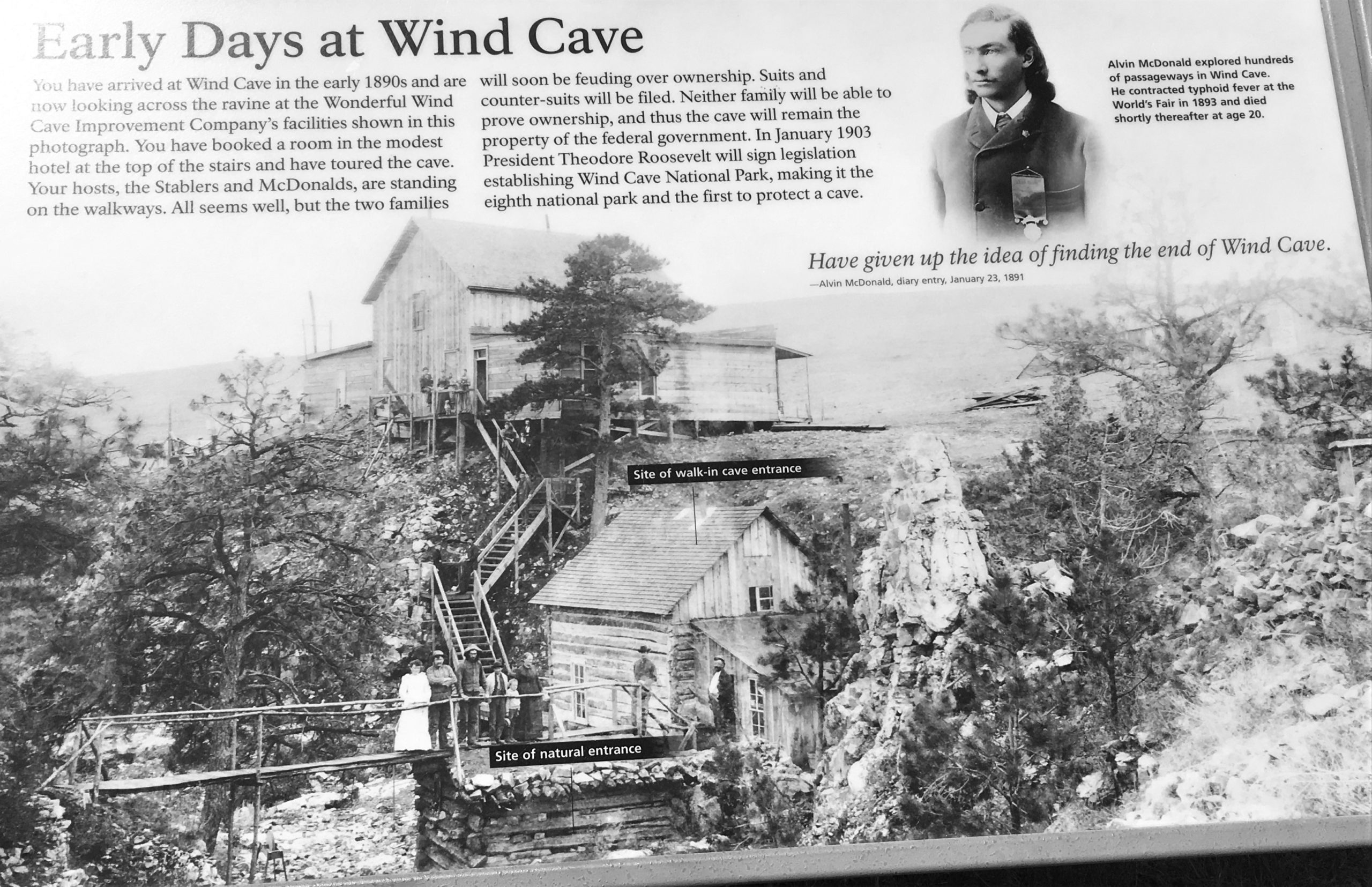

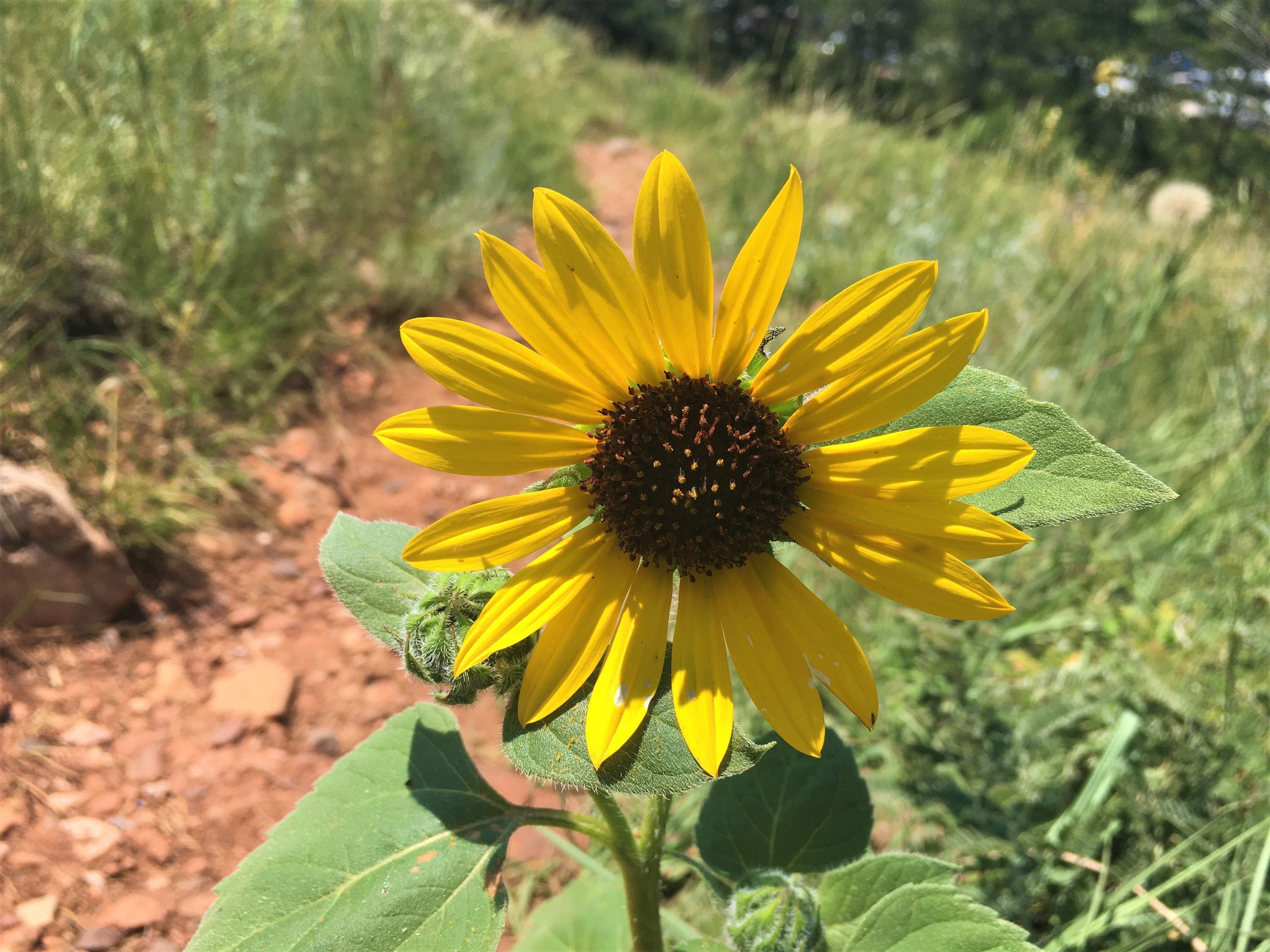
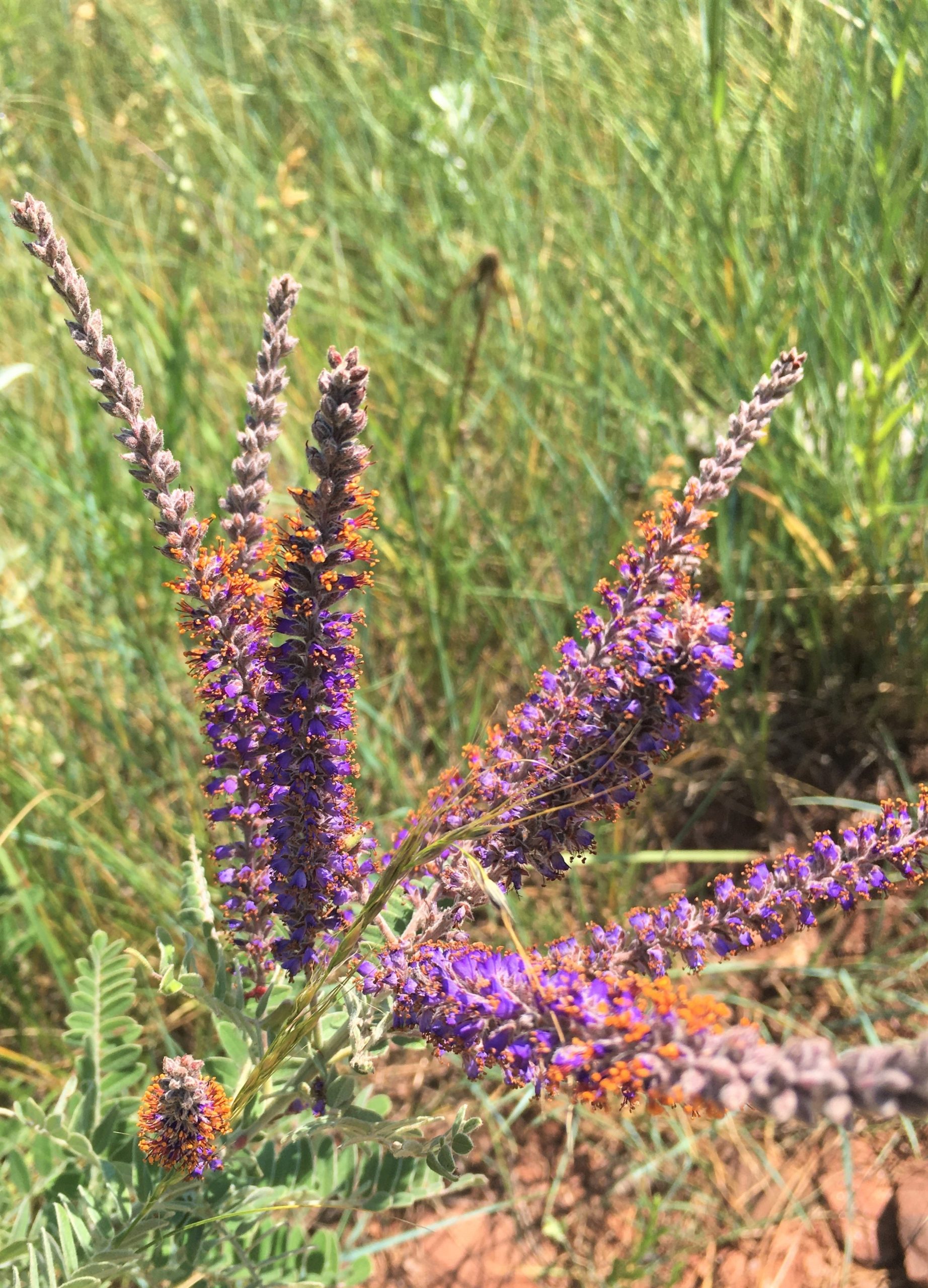
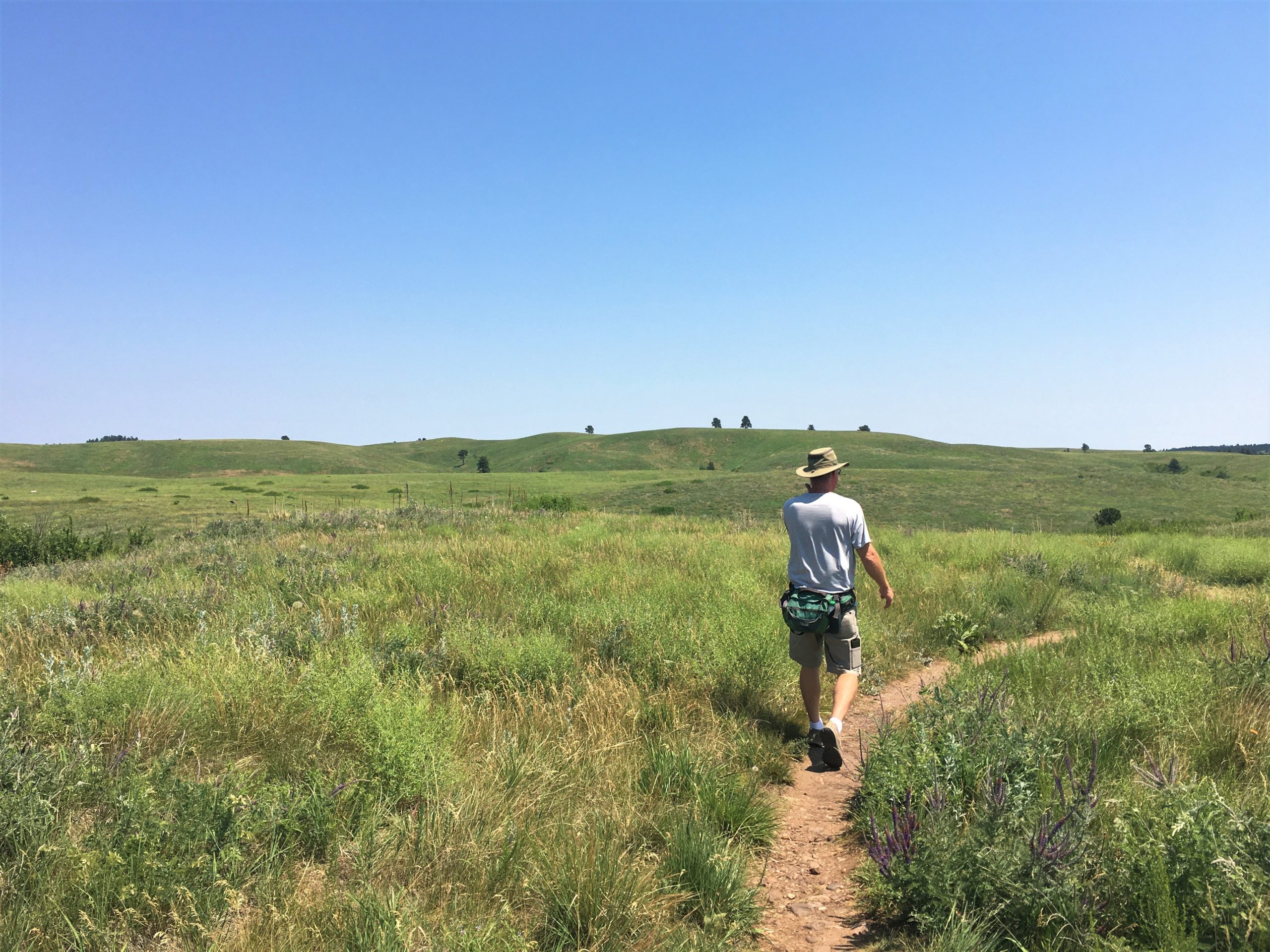

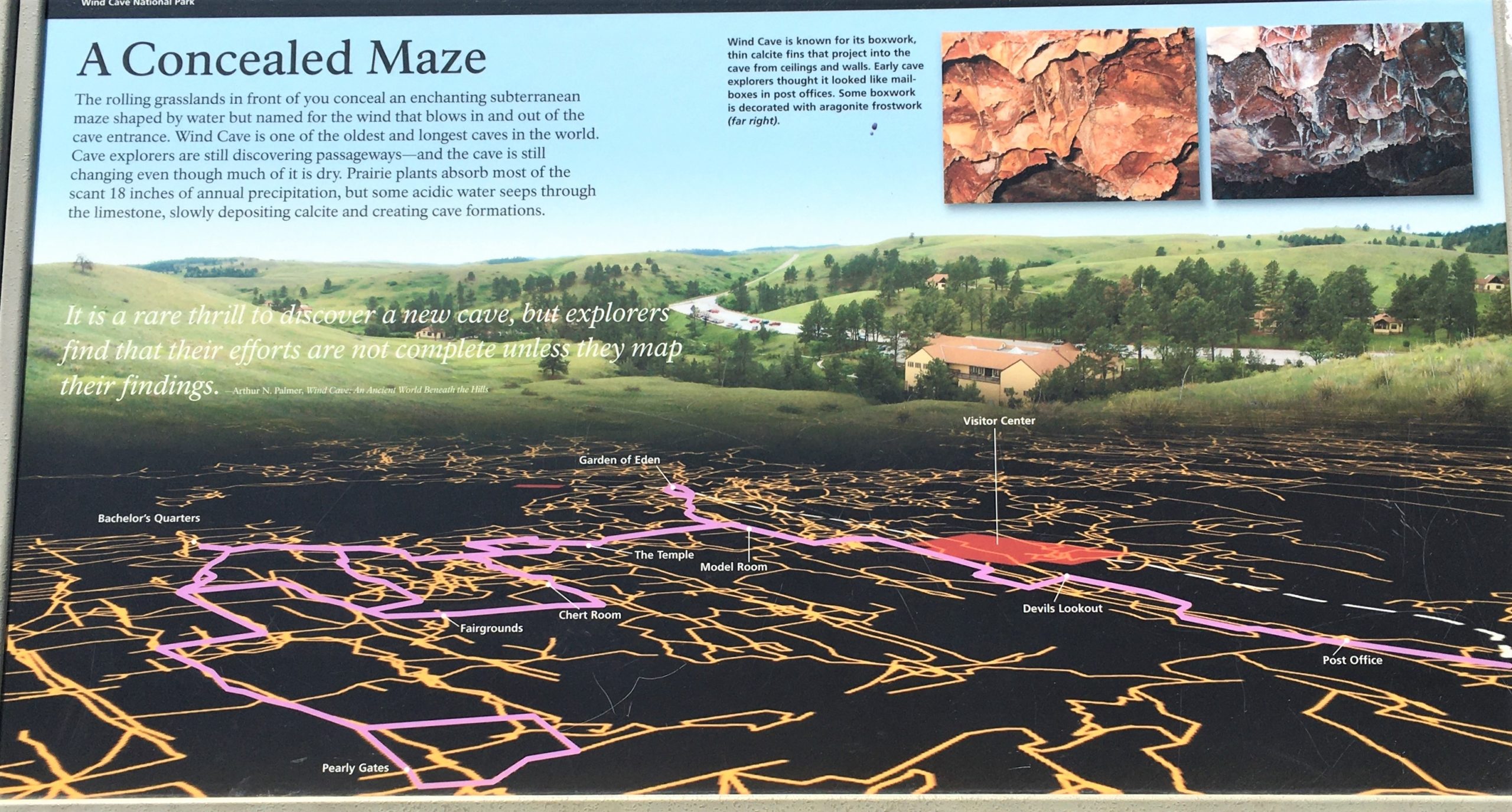
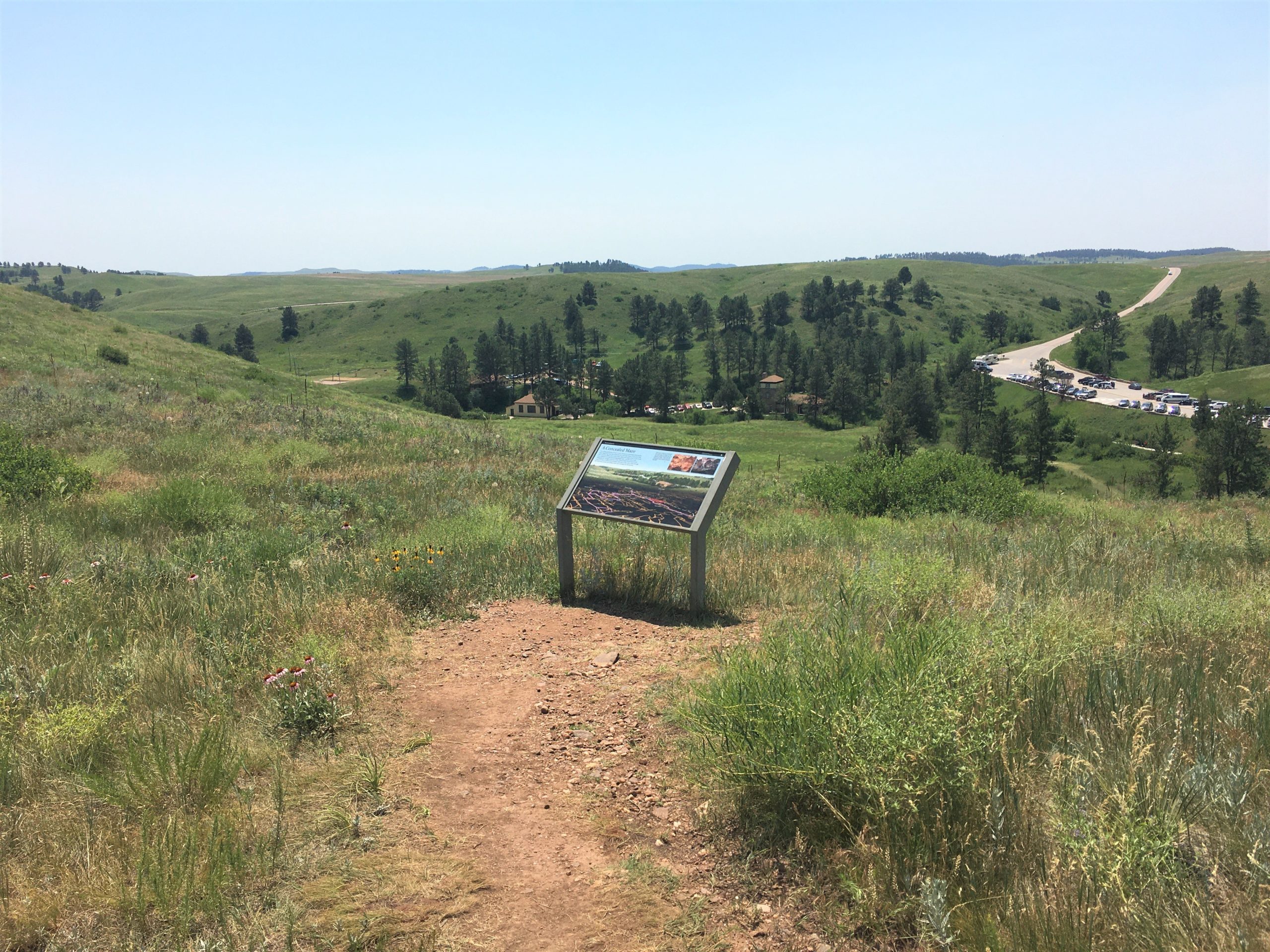
We liked how Mammoth Cave had markers above ground stating what area you were standing over.
They don’t do that here, though.
Probably not feasible with all the prairie up here.
People’d be tromping all over the place.
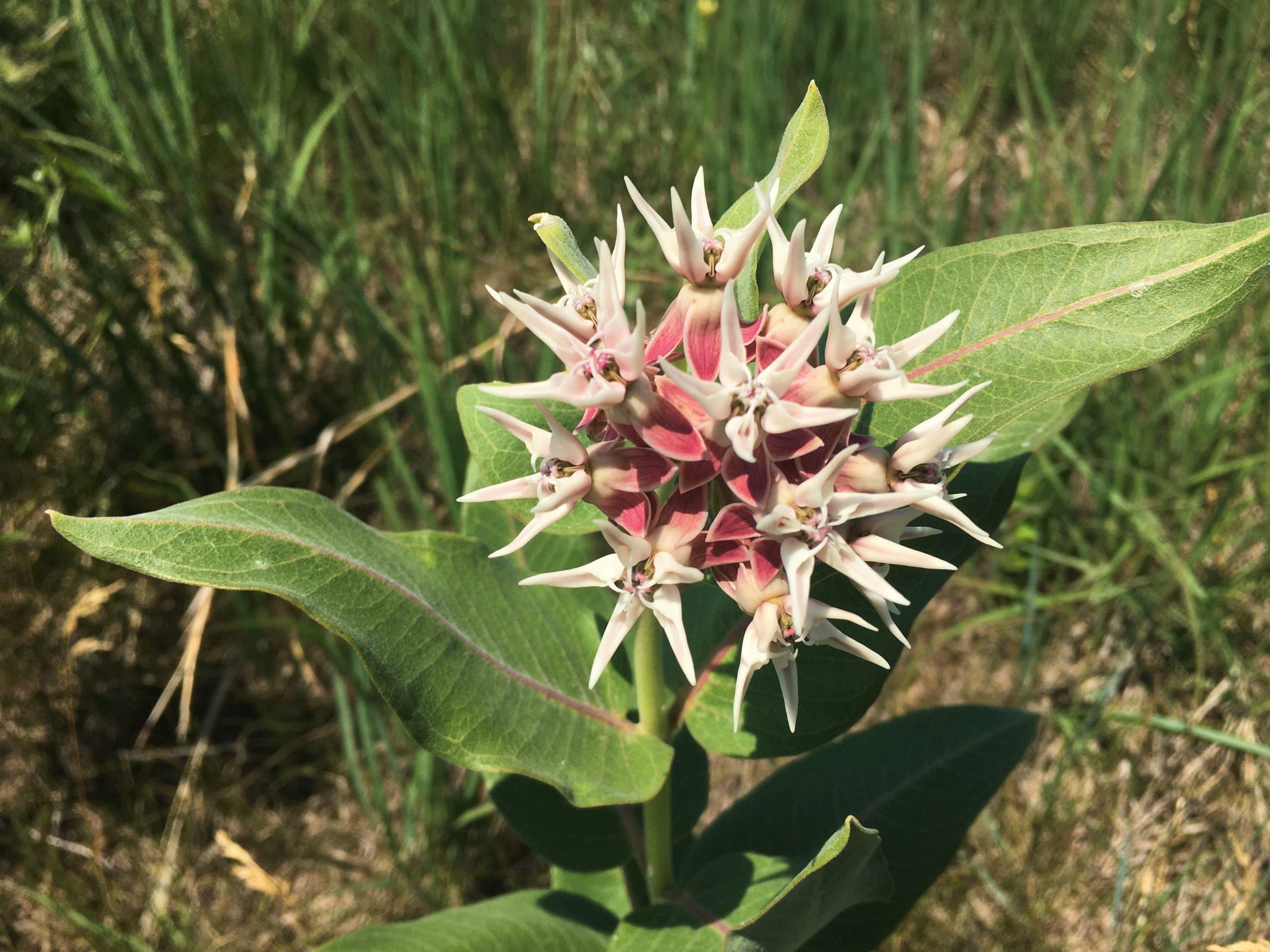
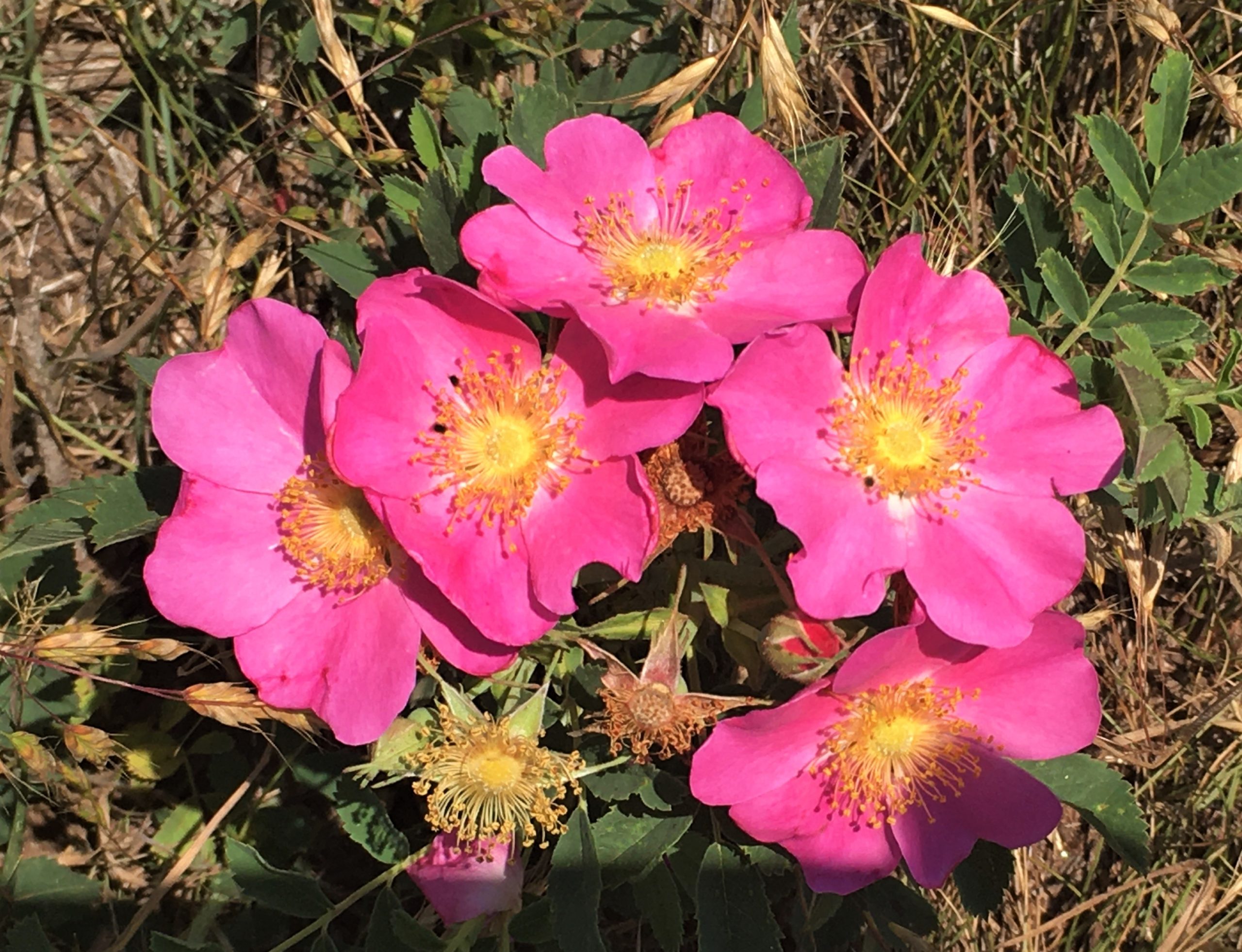

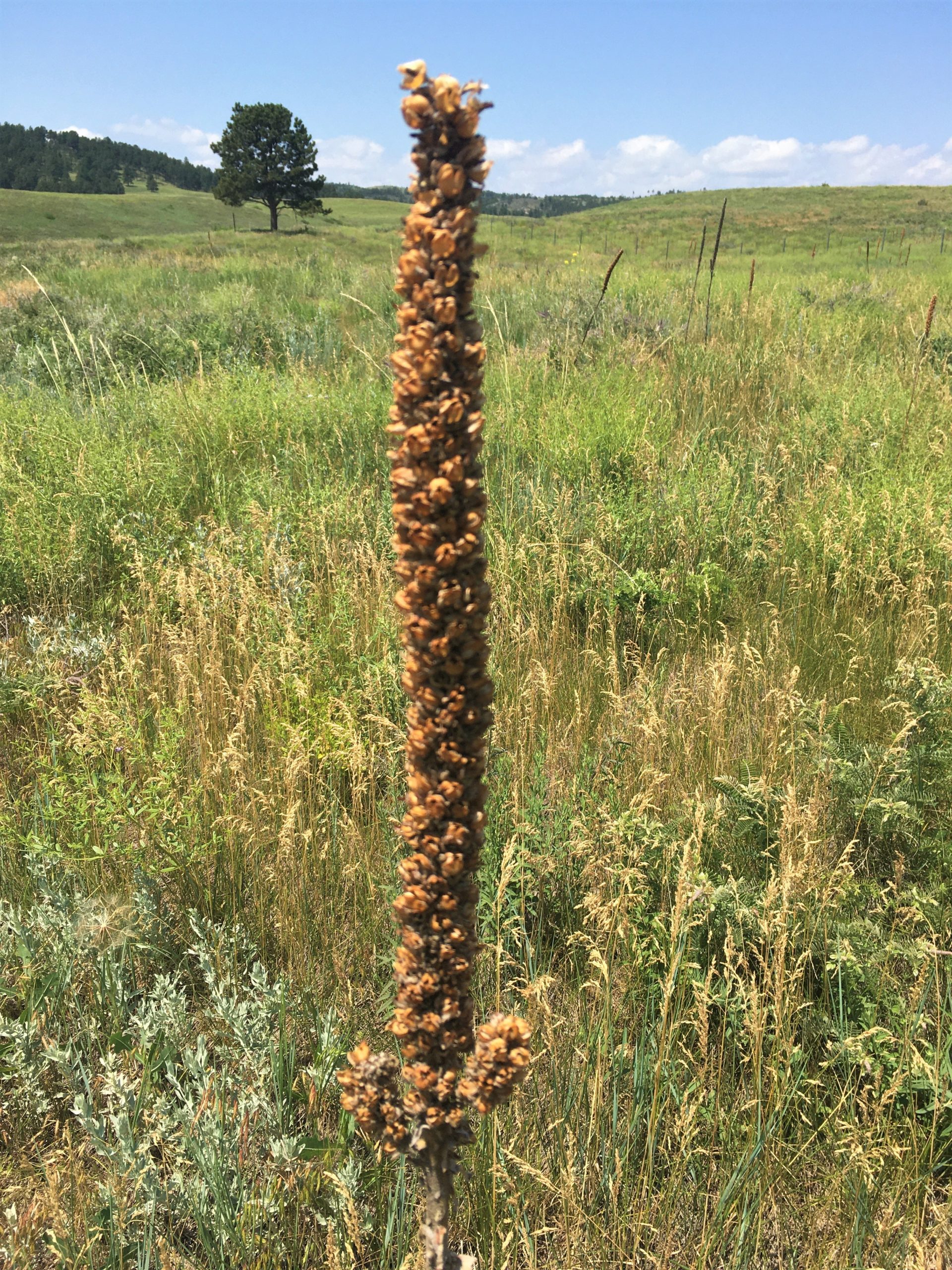

Can’t explain why, I just did. : )
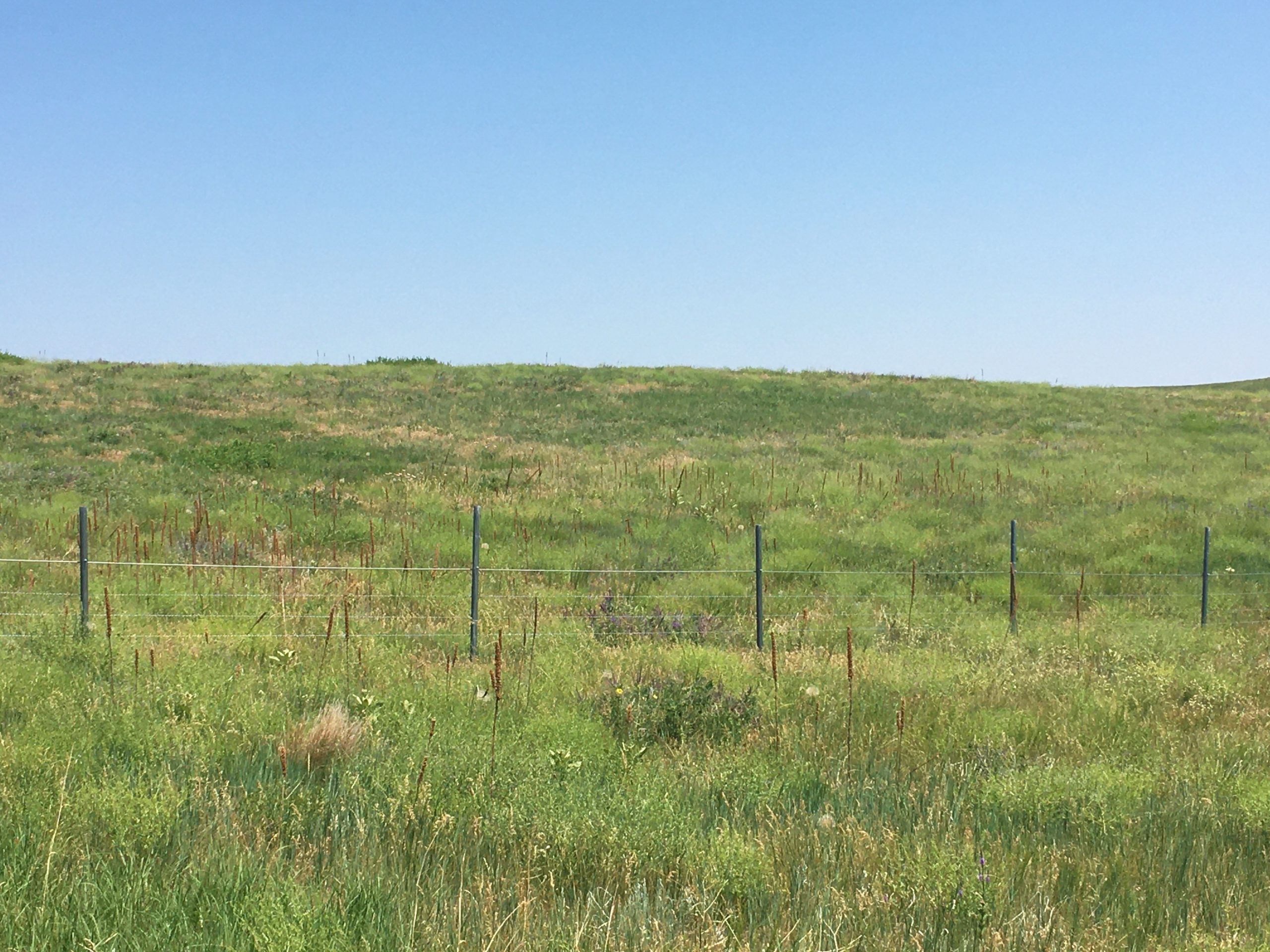
Not today, though.
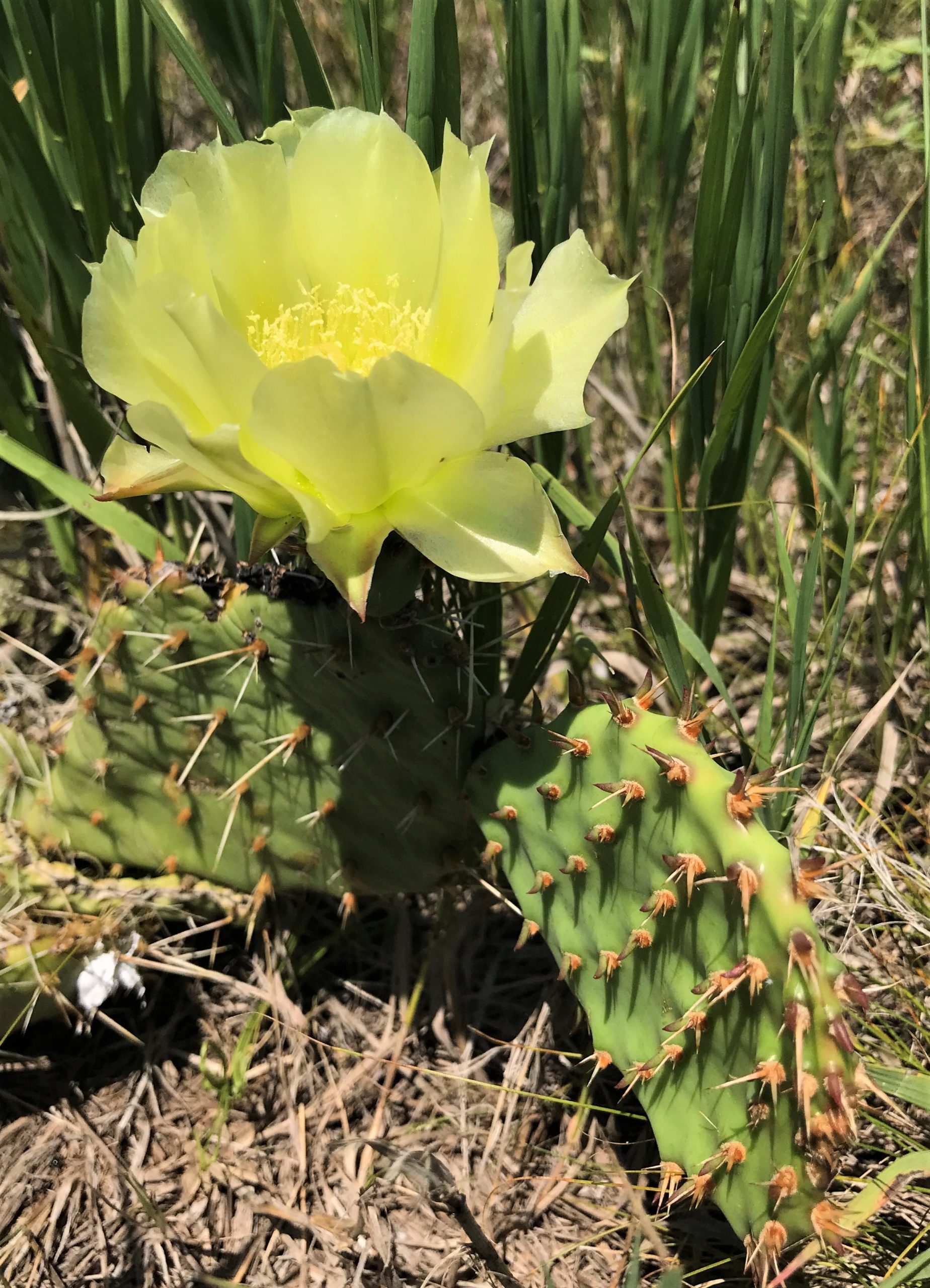
Sure didn’t expect to see that!
It gets really cold and snowy here!
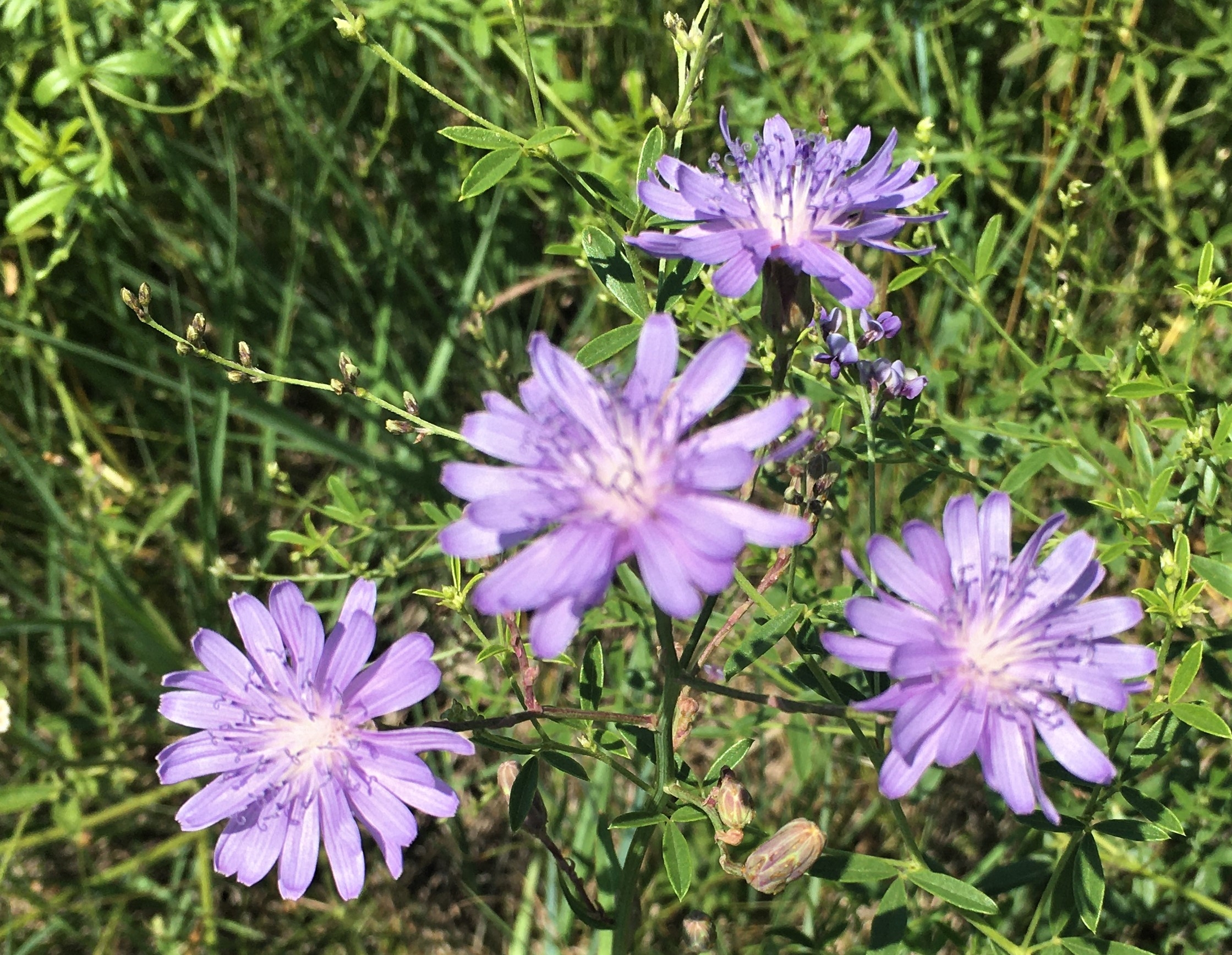
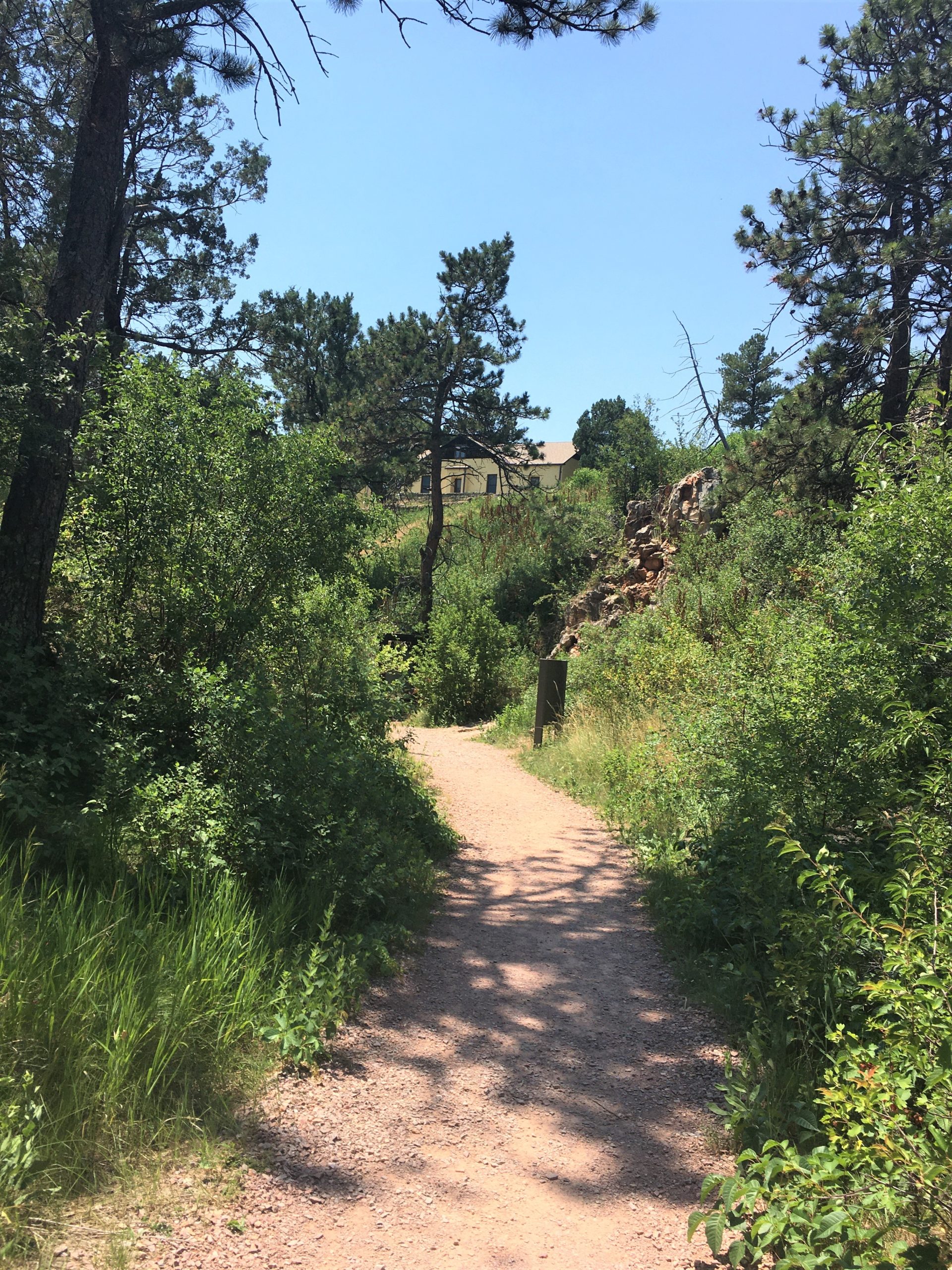
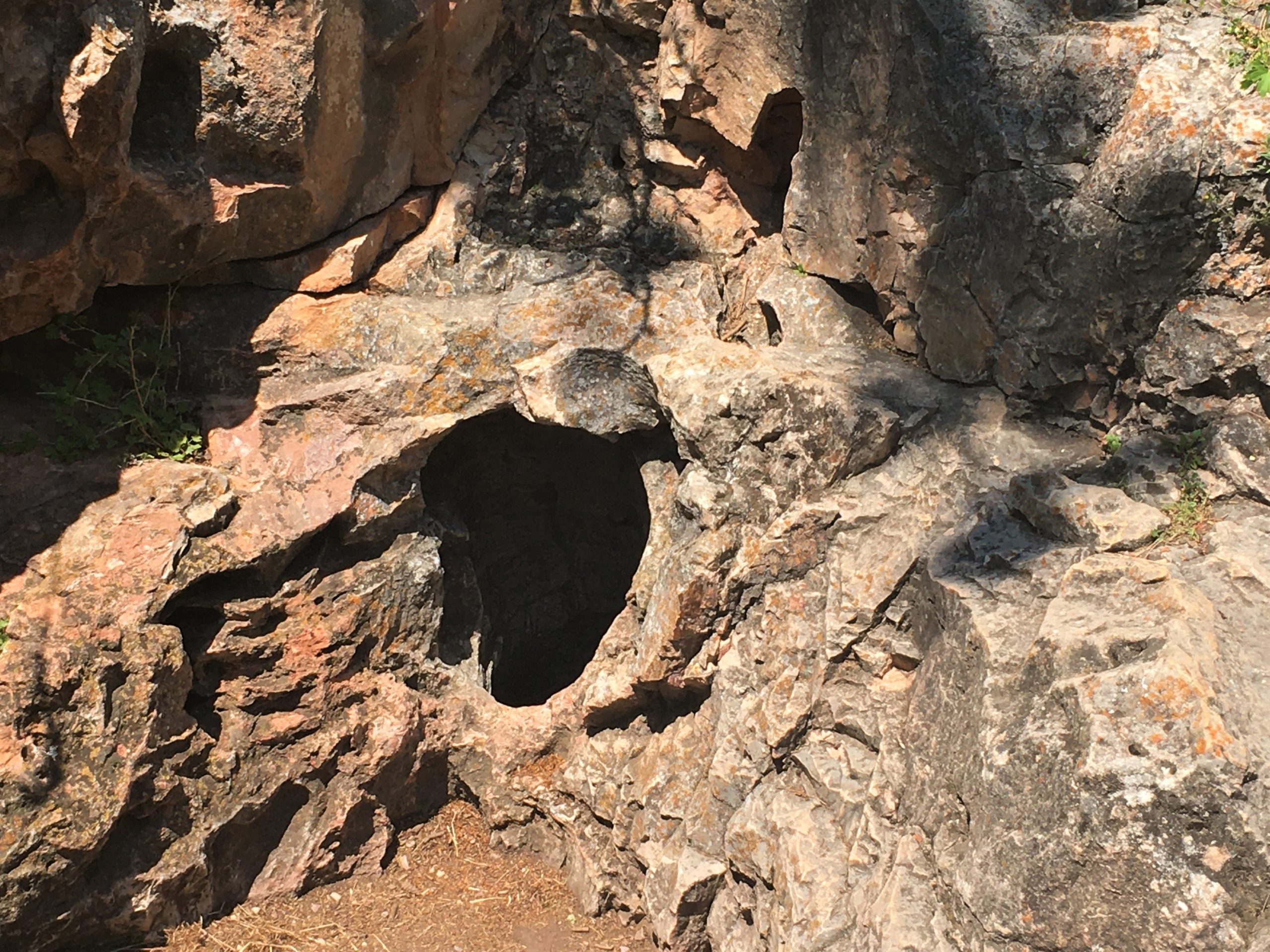
I know I posted this earlier, but thought I’d put it in again
because I don’t have enough pictures on here already. lol
Really, it just helps tell my story. : )
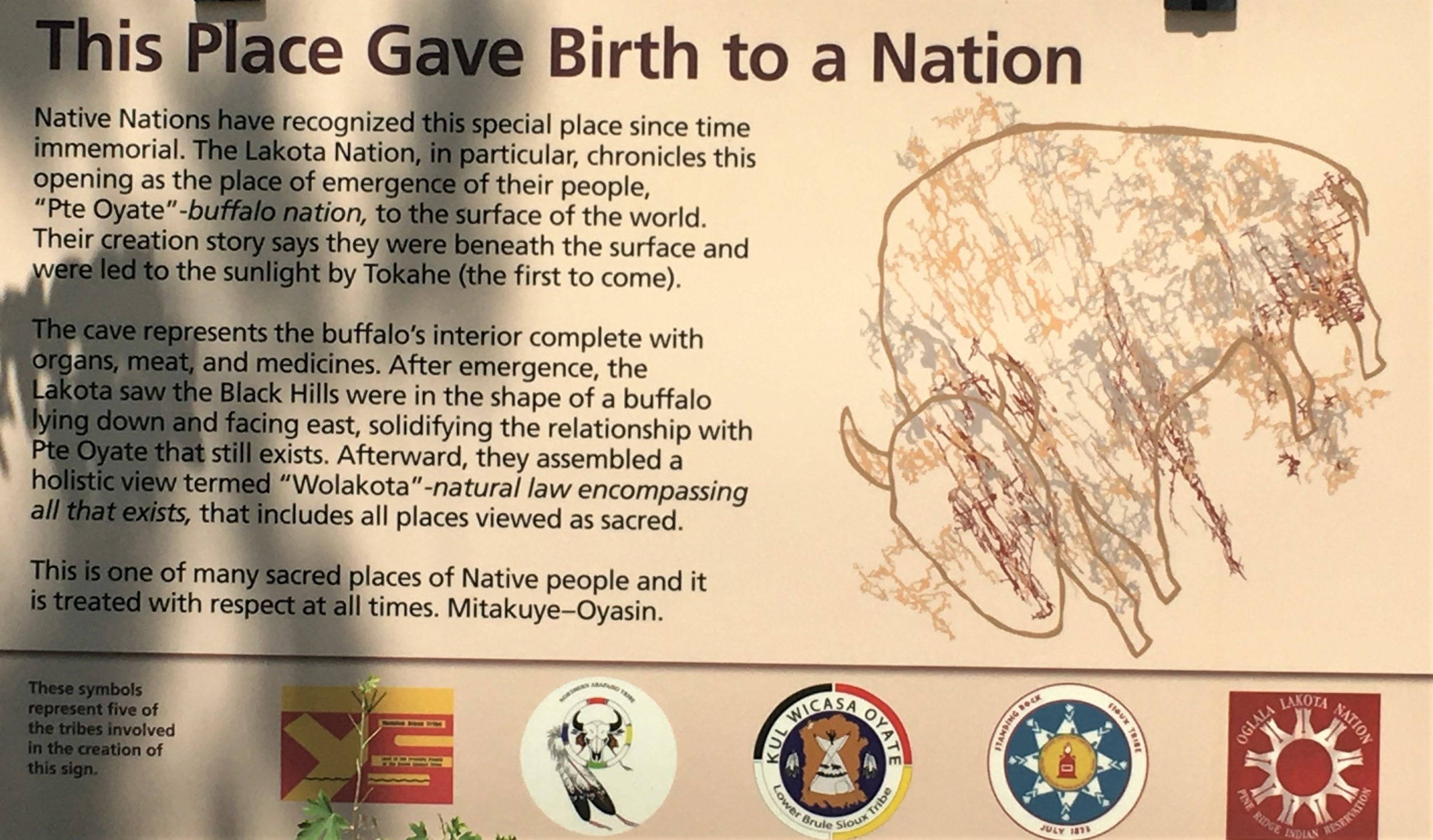
When it came time, we somehow managed to be first in the single-file line of 40 people. We really liked that our Ranger guide, Lucy (just started her Ranger career this May!), did a very slow, measured walk throughout the tour. It made it easier for our eyes to adjust to the semi-darkness, and also gave everyone a chance to look around and take pictures. I asked her if they trained them to do that and she said yes. All the National Park cave tours should teach that walk, instead of the zippadee-dodahing they do!
The pictures won’t show it as well (of course), but that boxwork stuff is really amazing to see! We saw some popcorn, but it wasn’t quite as impressive as the specimen in the VC, and we didn’t see any frostwork in the portion of the cave we toured.
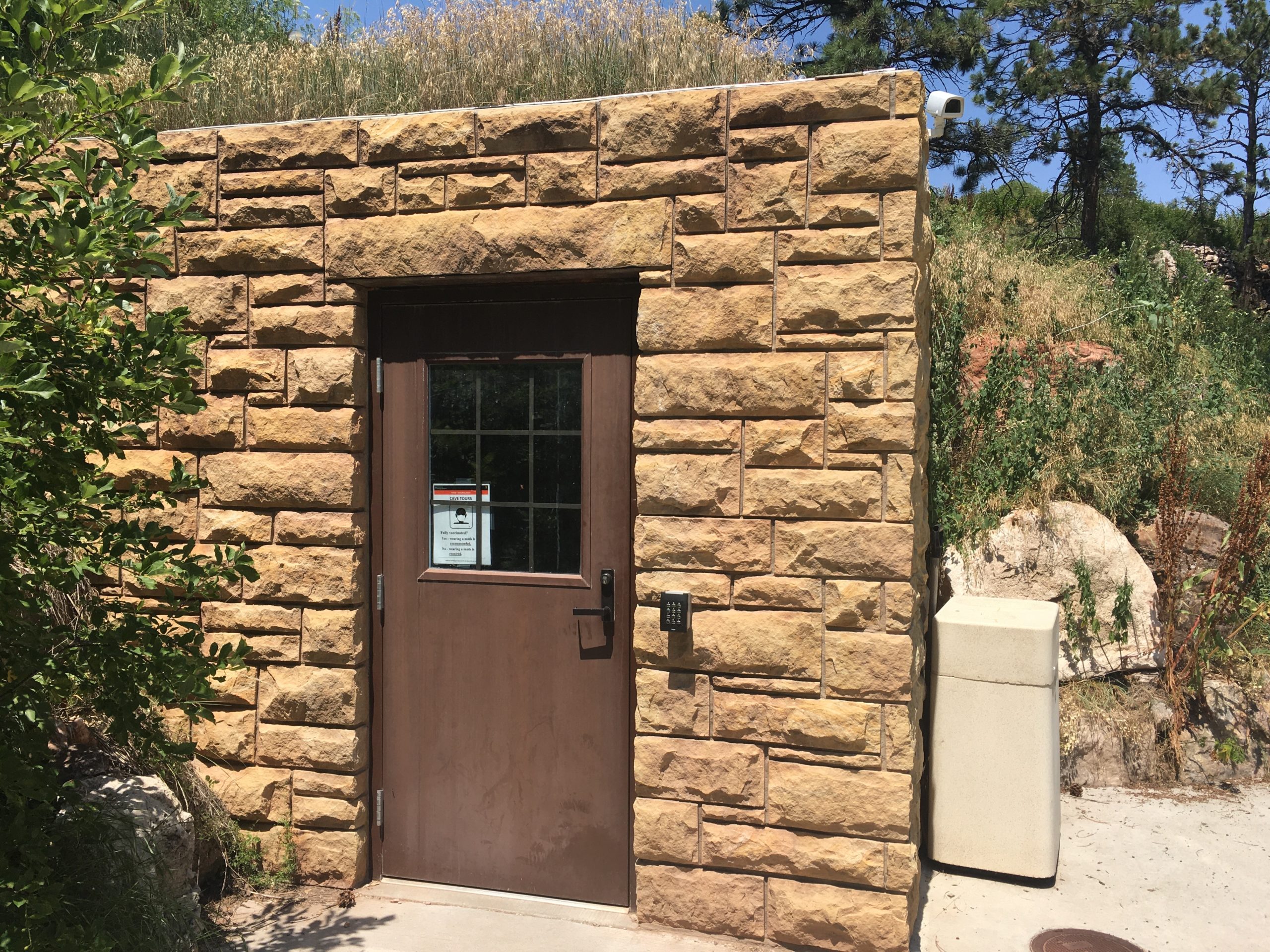
Remember from previous pictures, there used to be a shack here?
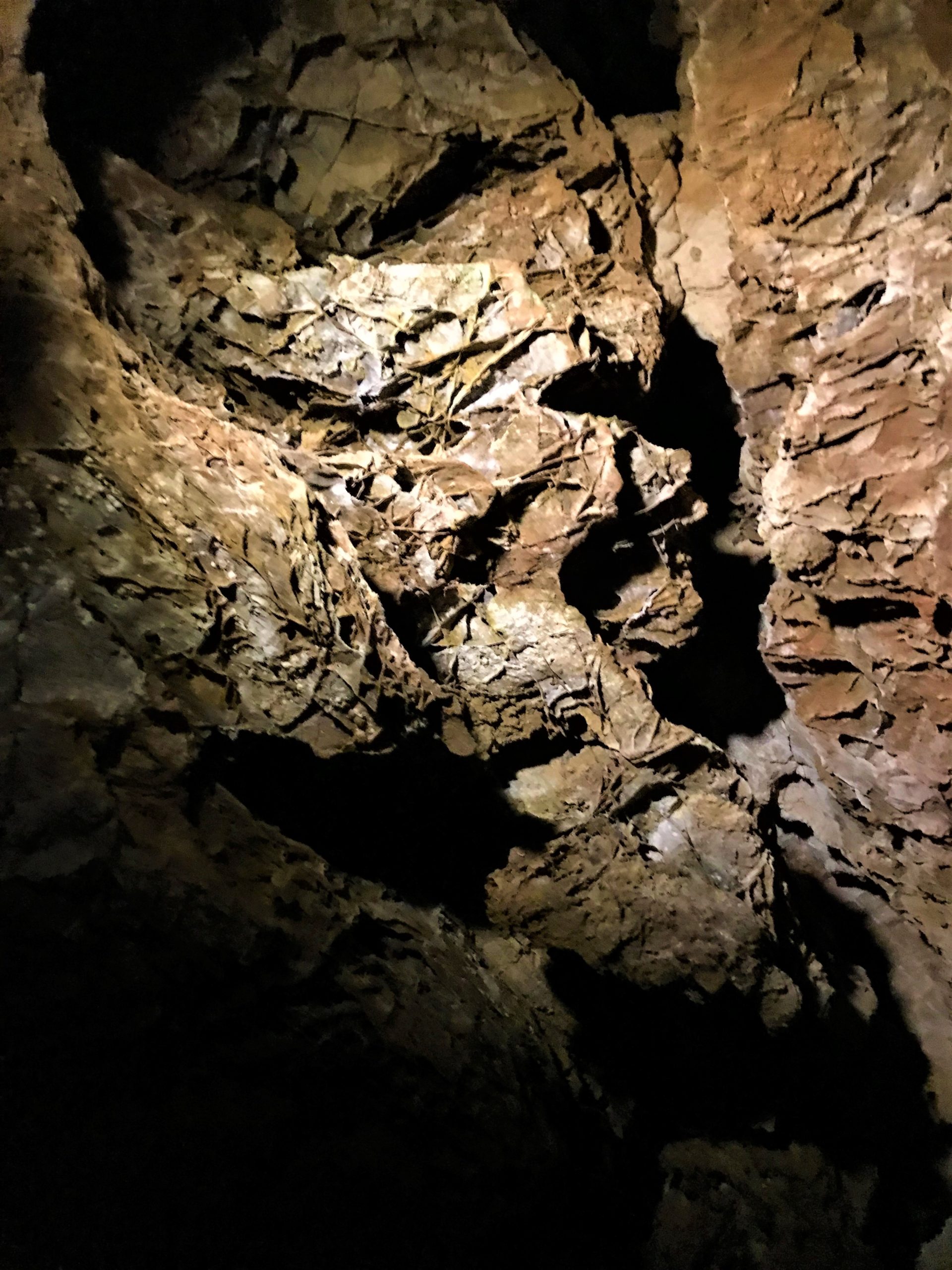
Look at as many or as few of these as you want,
but make sure you stop scrolling long enough to look at the boxwork pictures. : )
There’s a small sample in this picture.
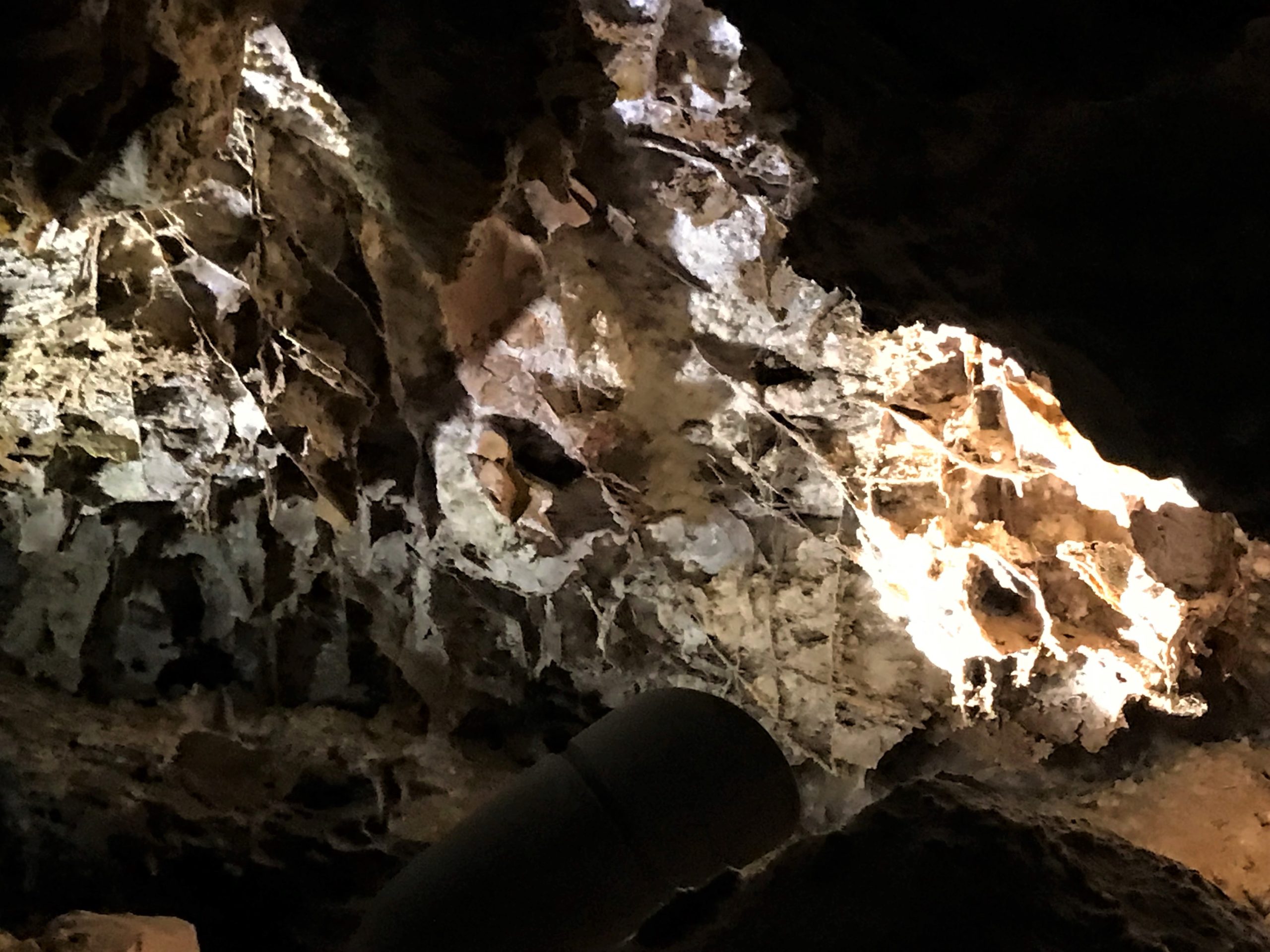
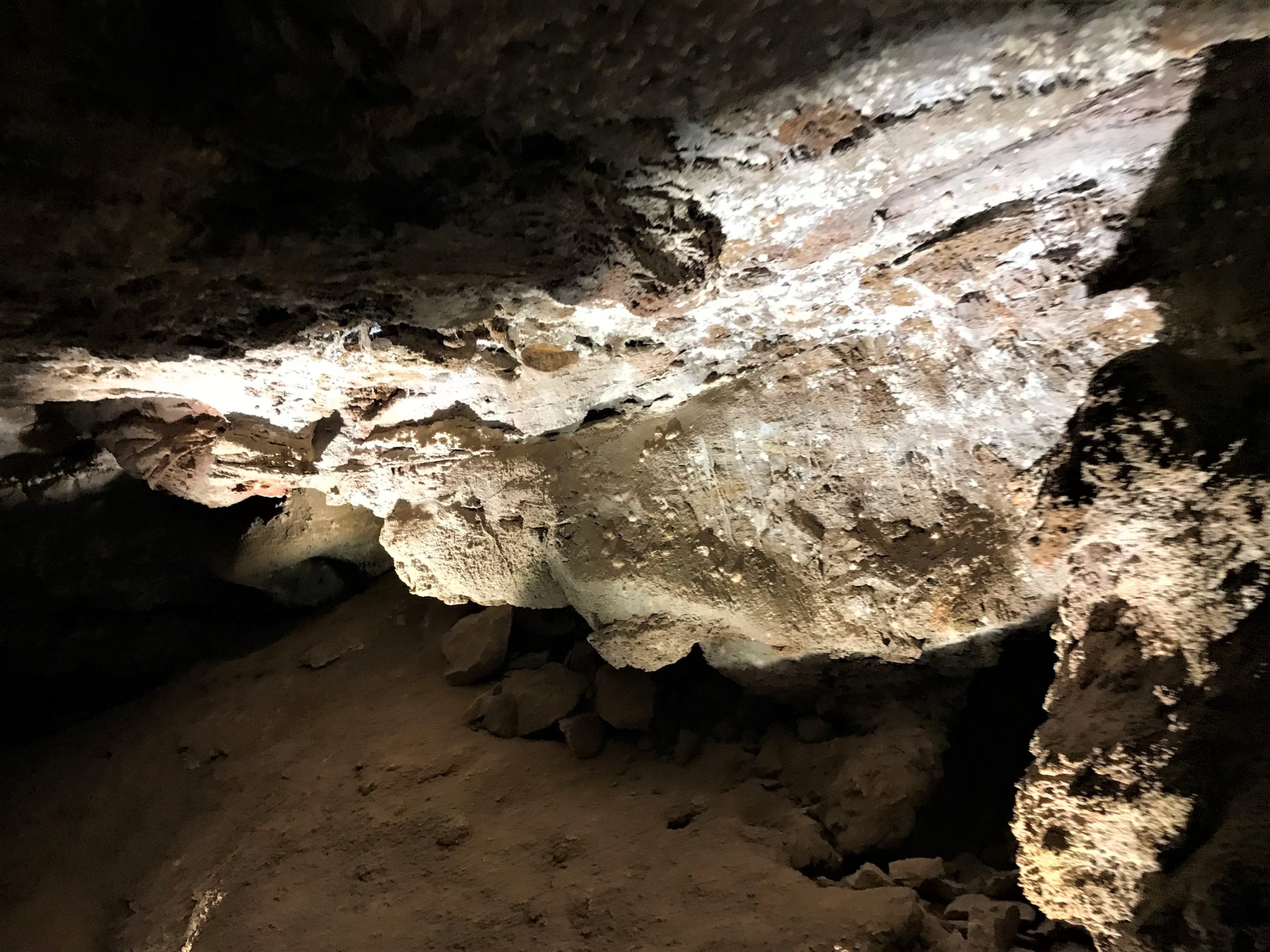
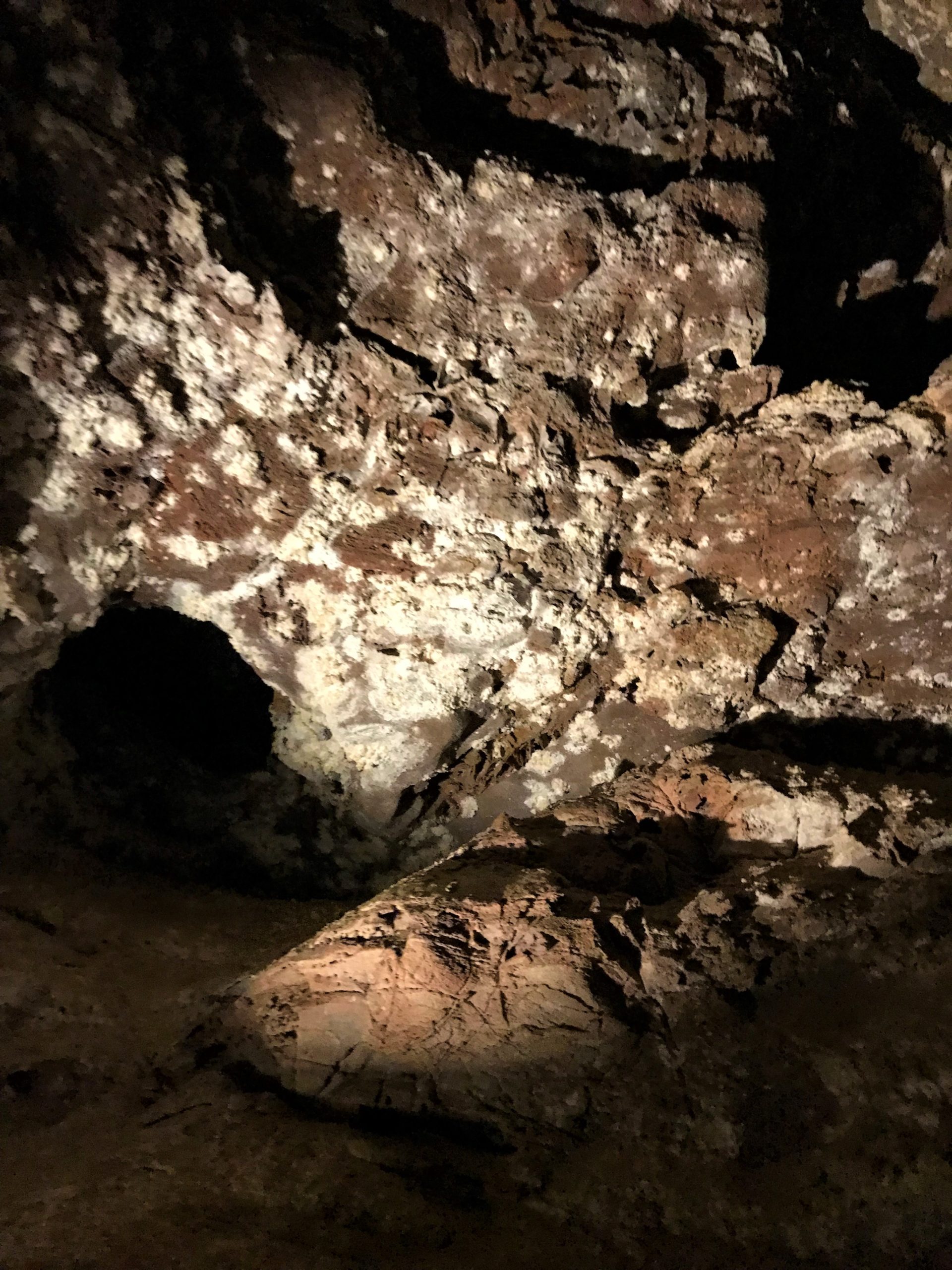
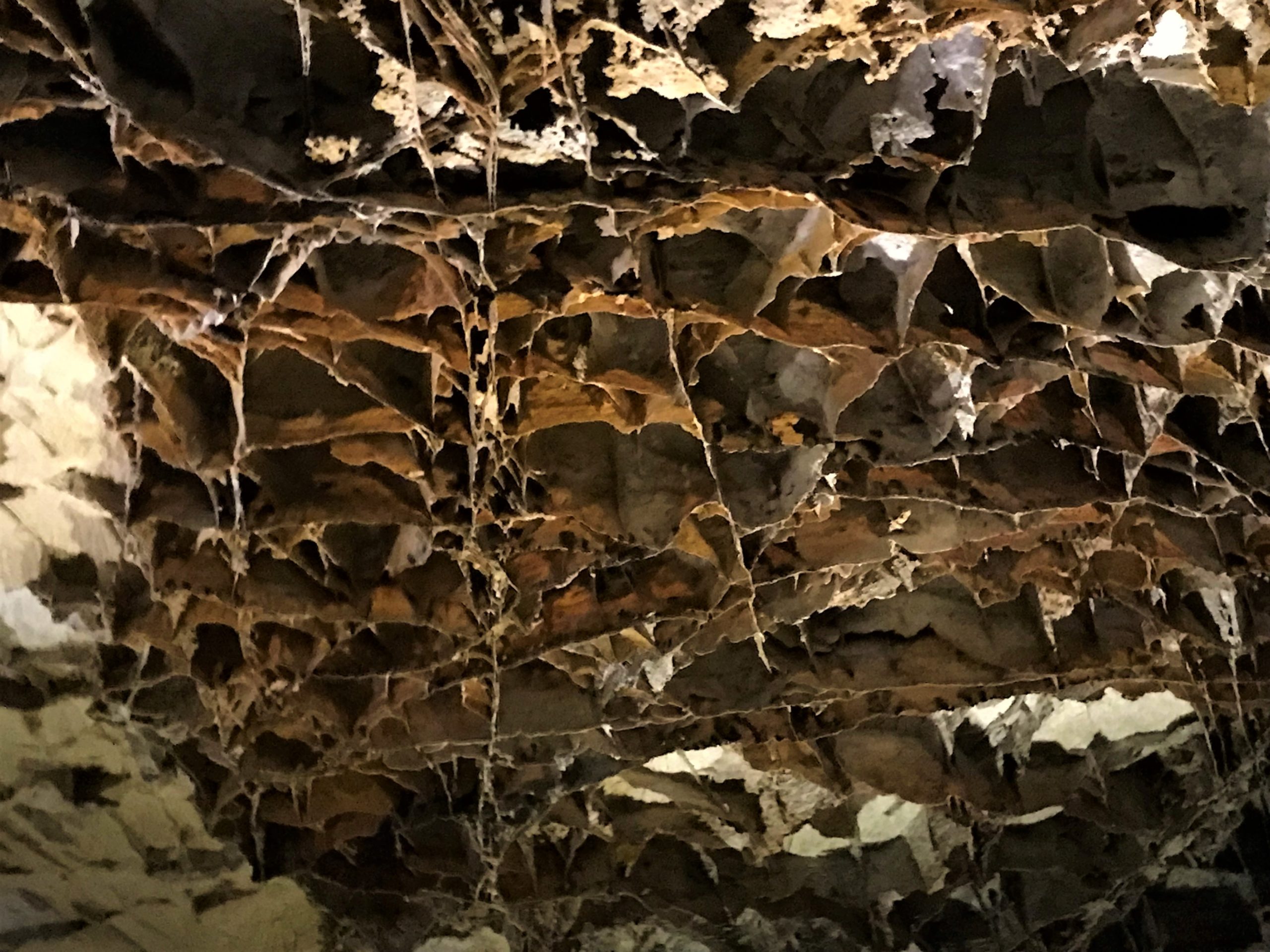
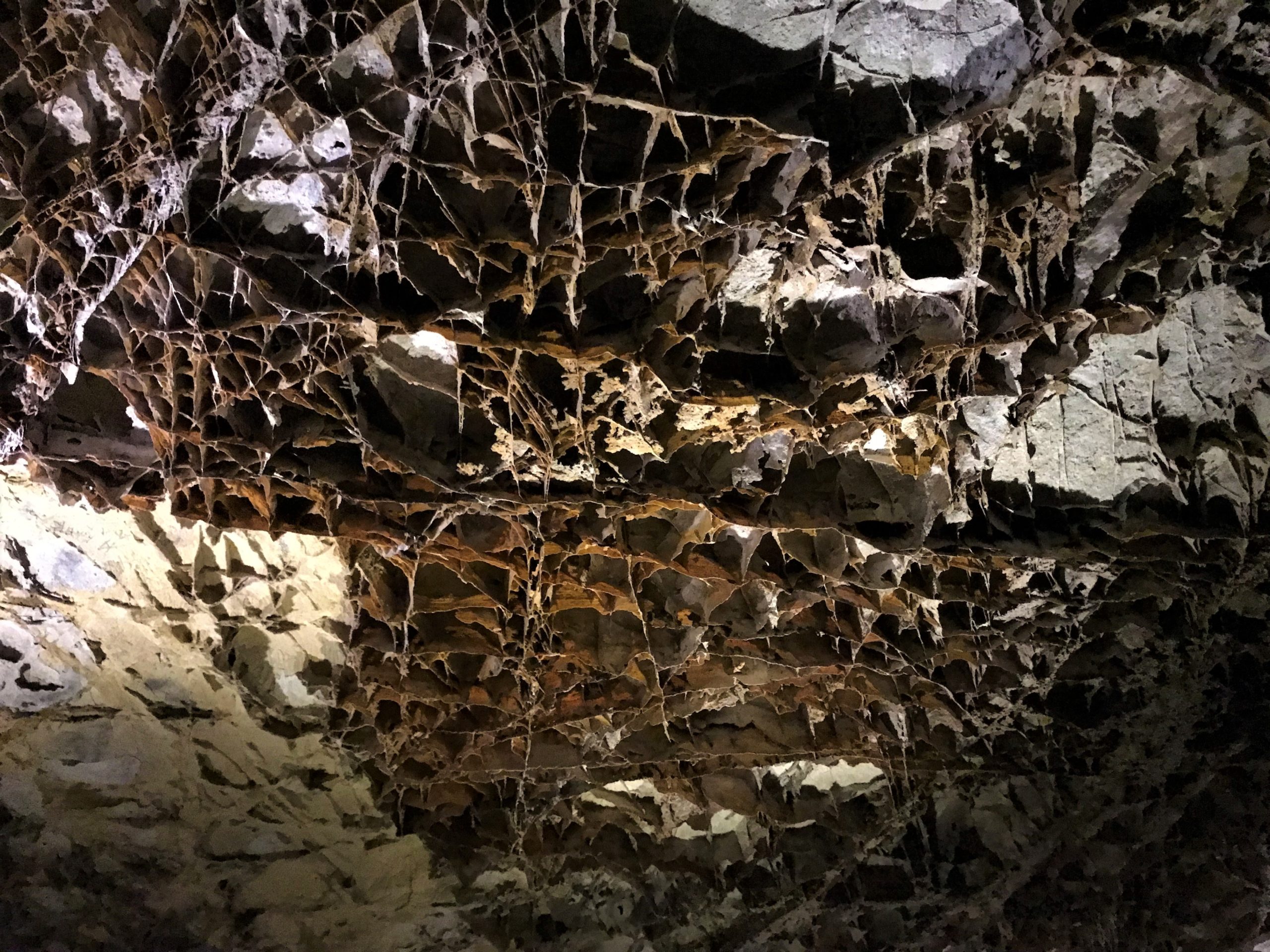

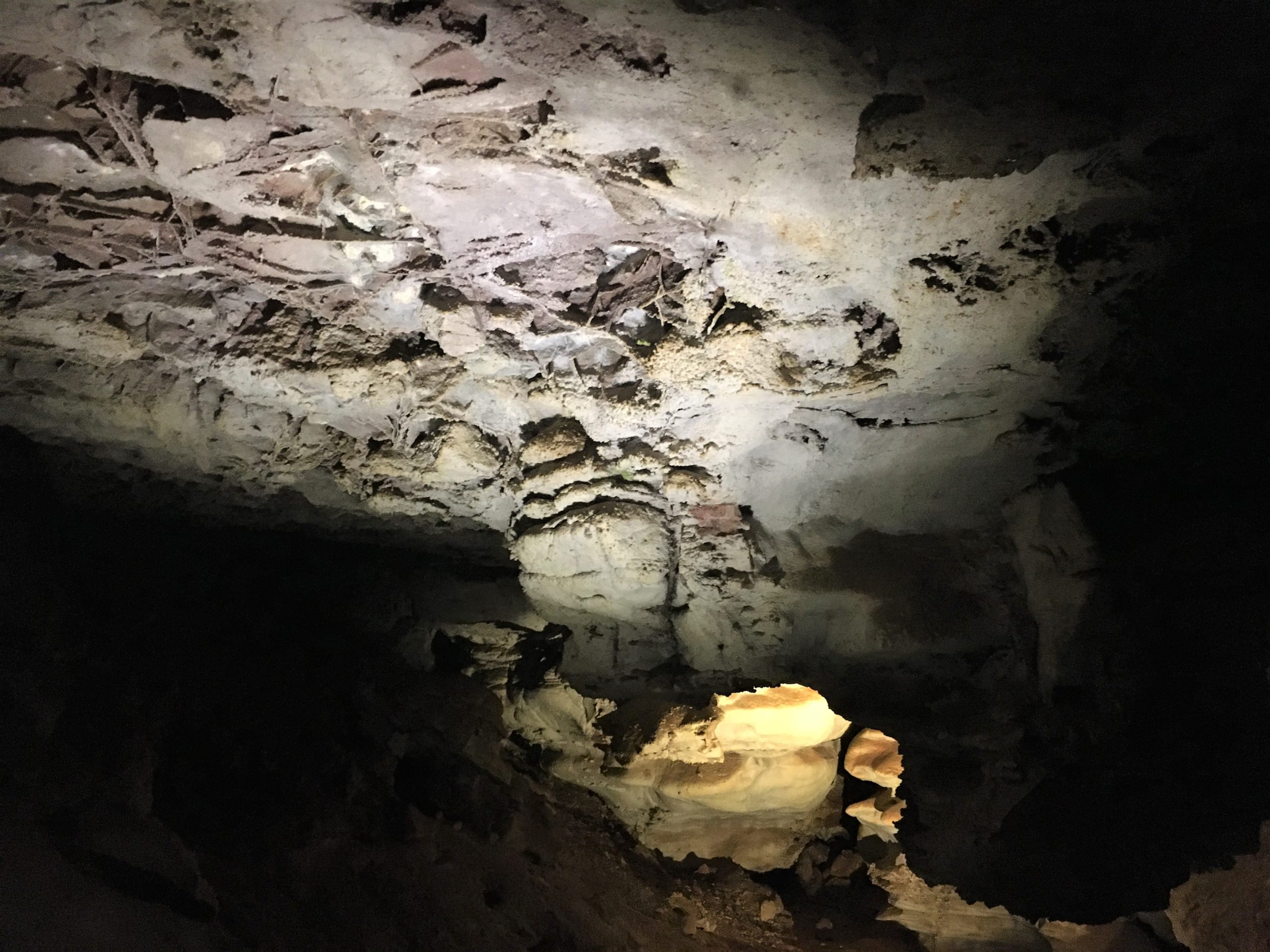
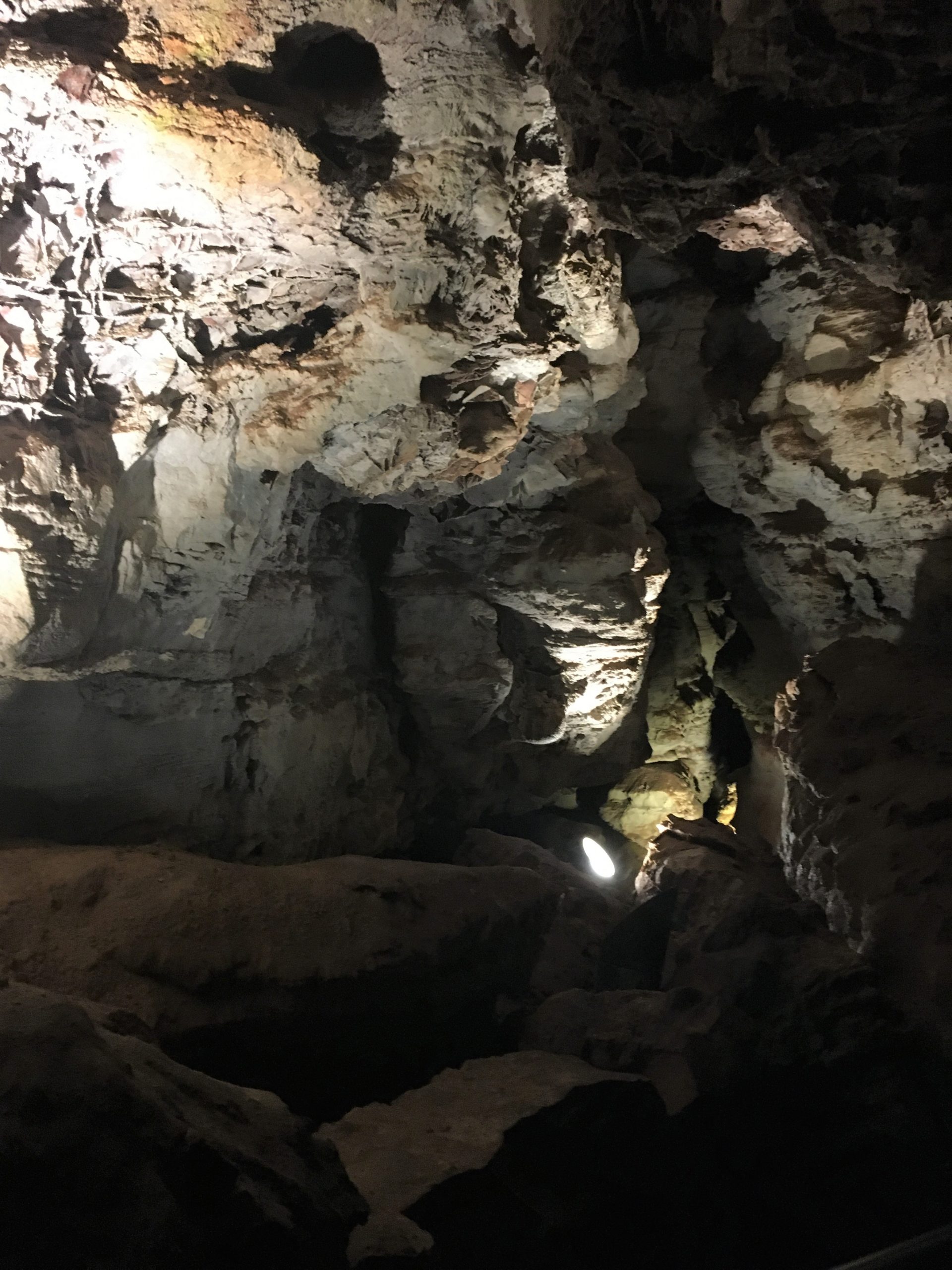
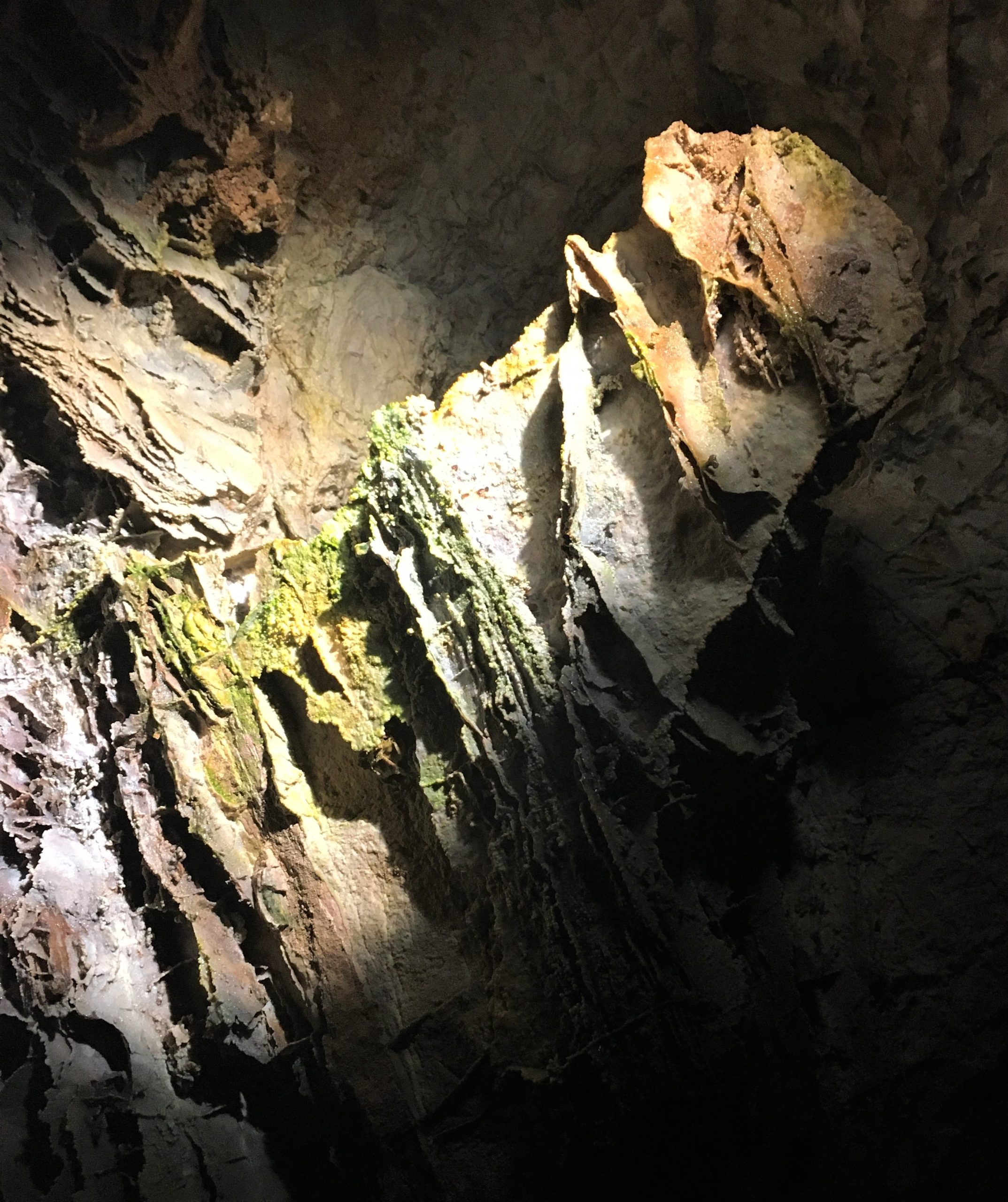
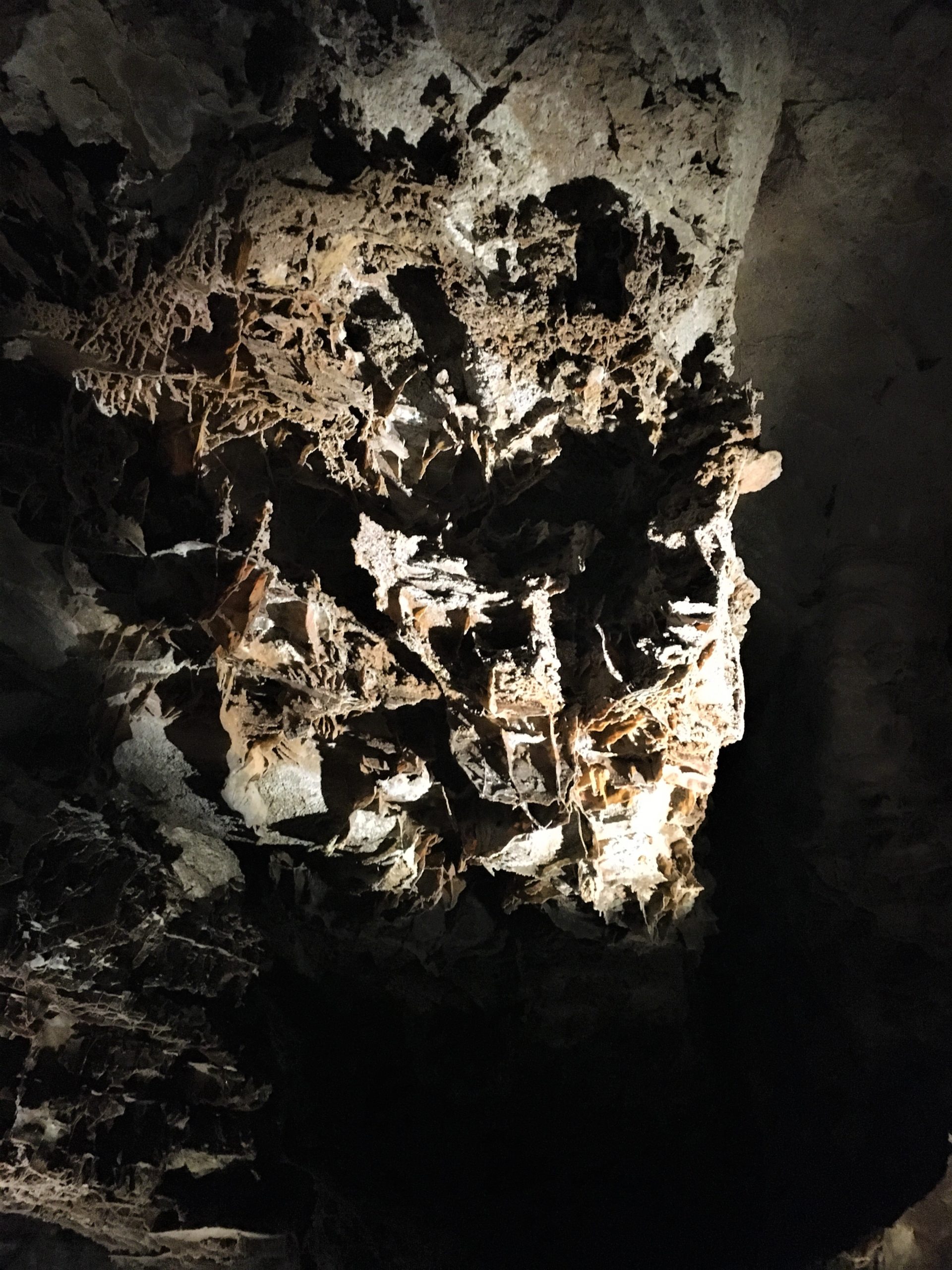

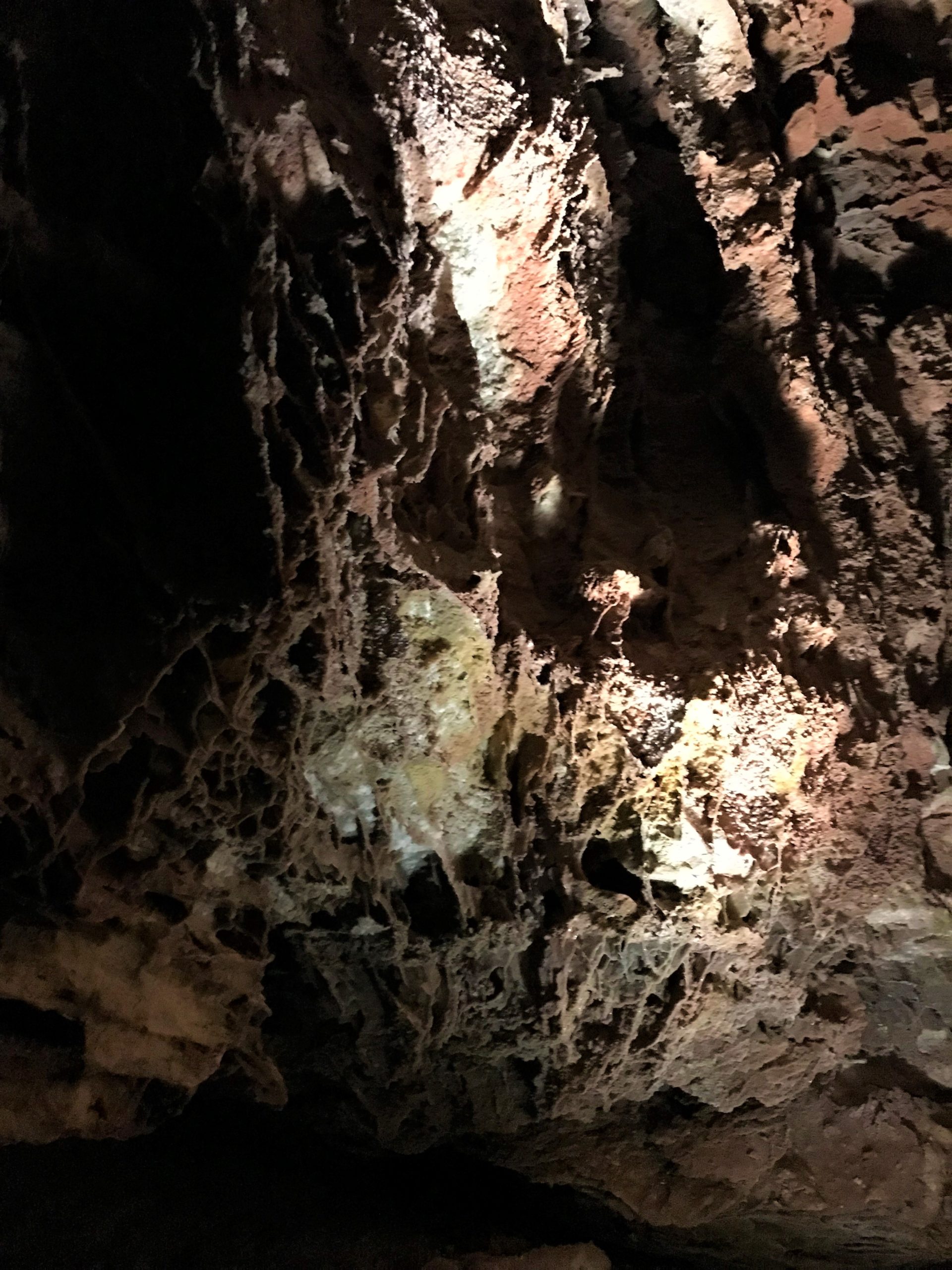
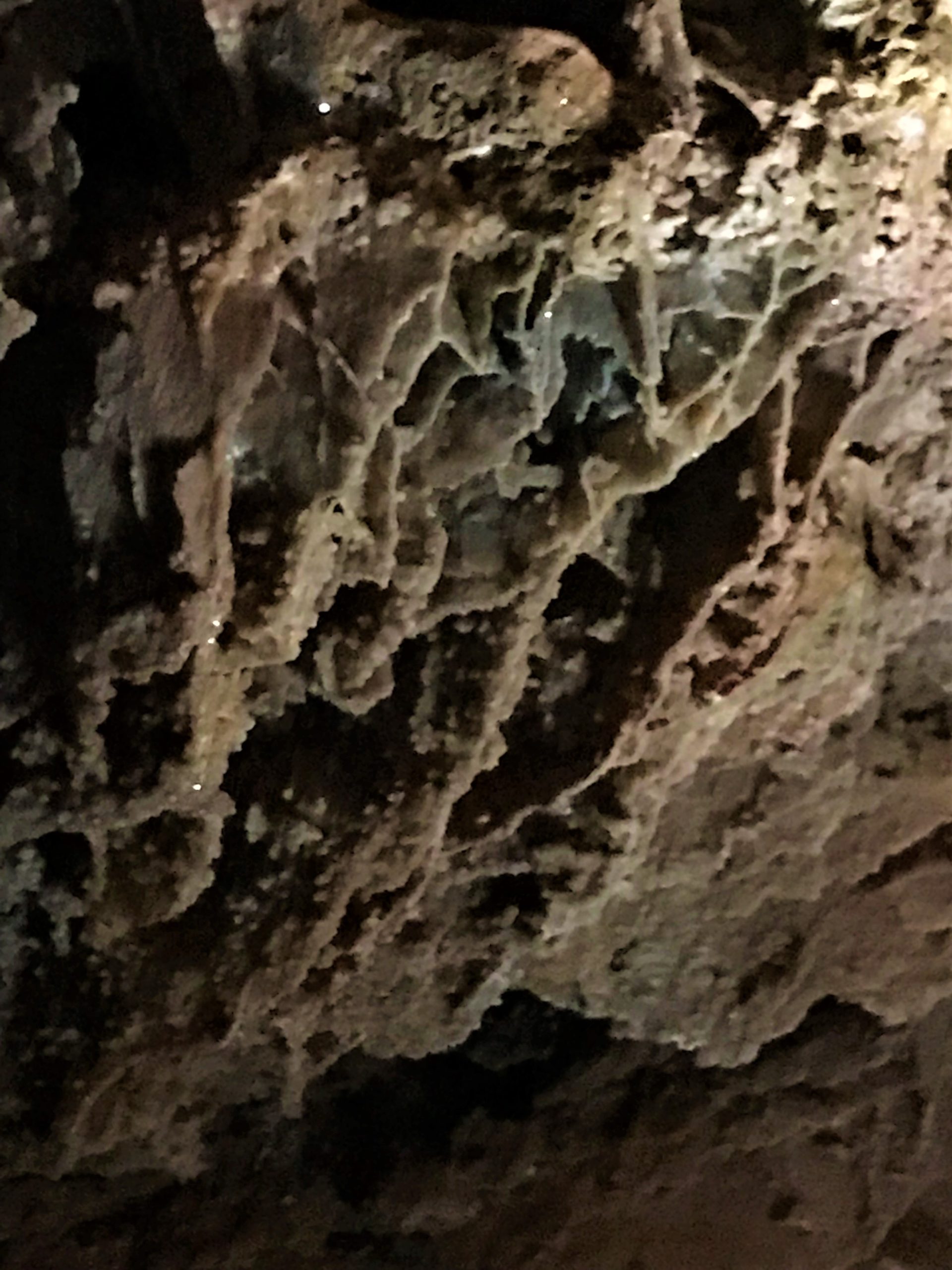


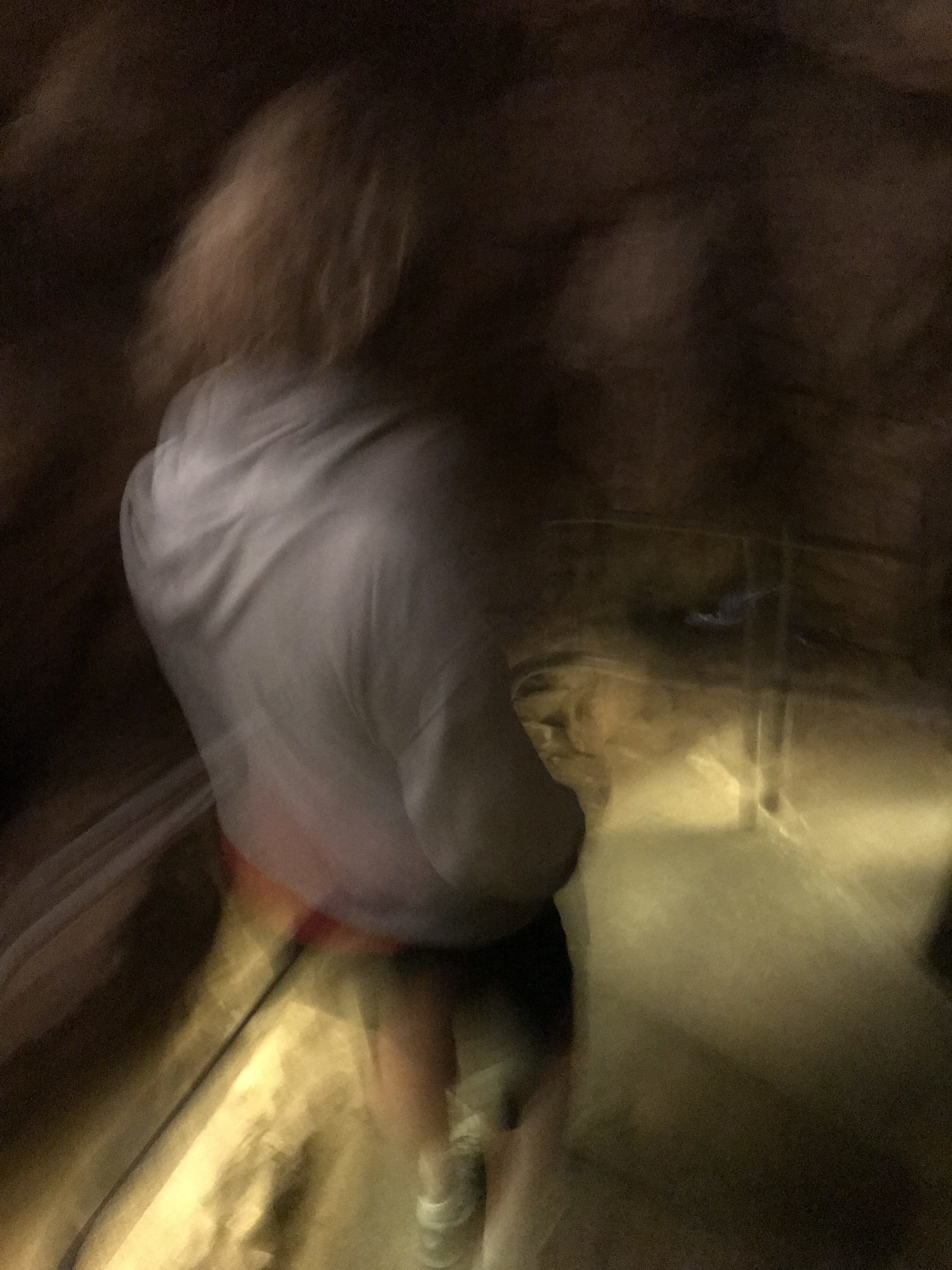
No worries! It’s just me. : )
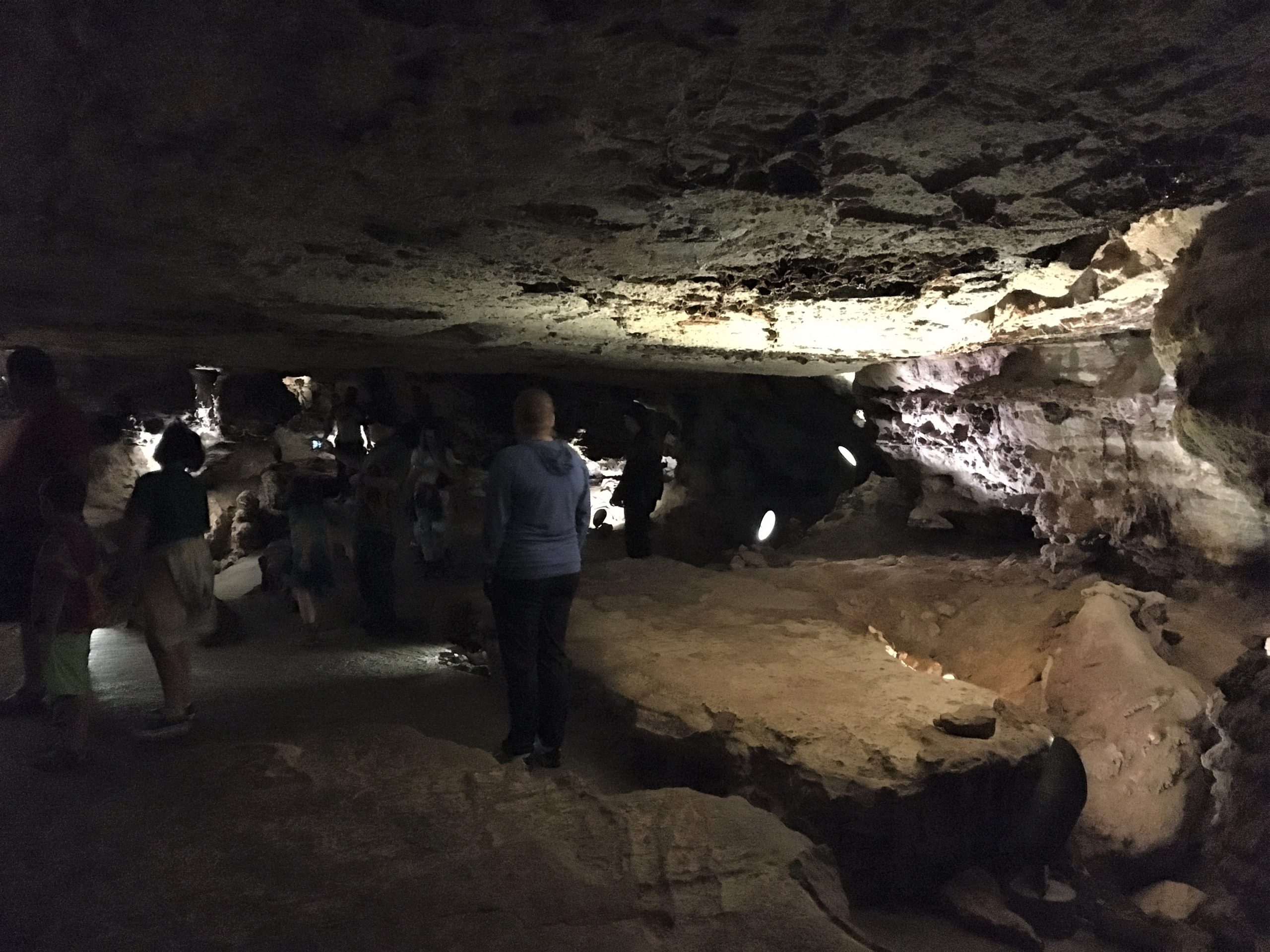
It was here that Lucy pointed out that there were nine – yes, NINE exits from this room!
Apparently, it’s rare to have more than a couple, and nine is extraordinary.
The remaining cave pictures were taken within this room.
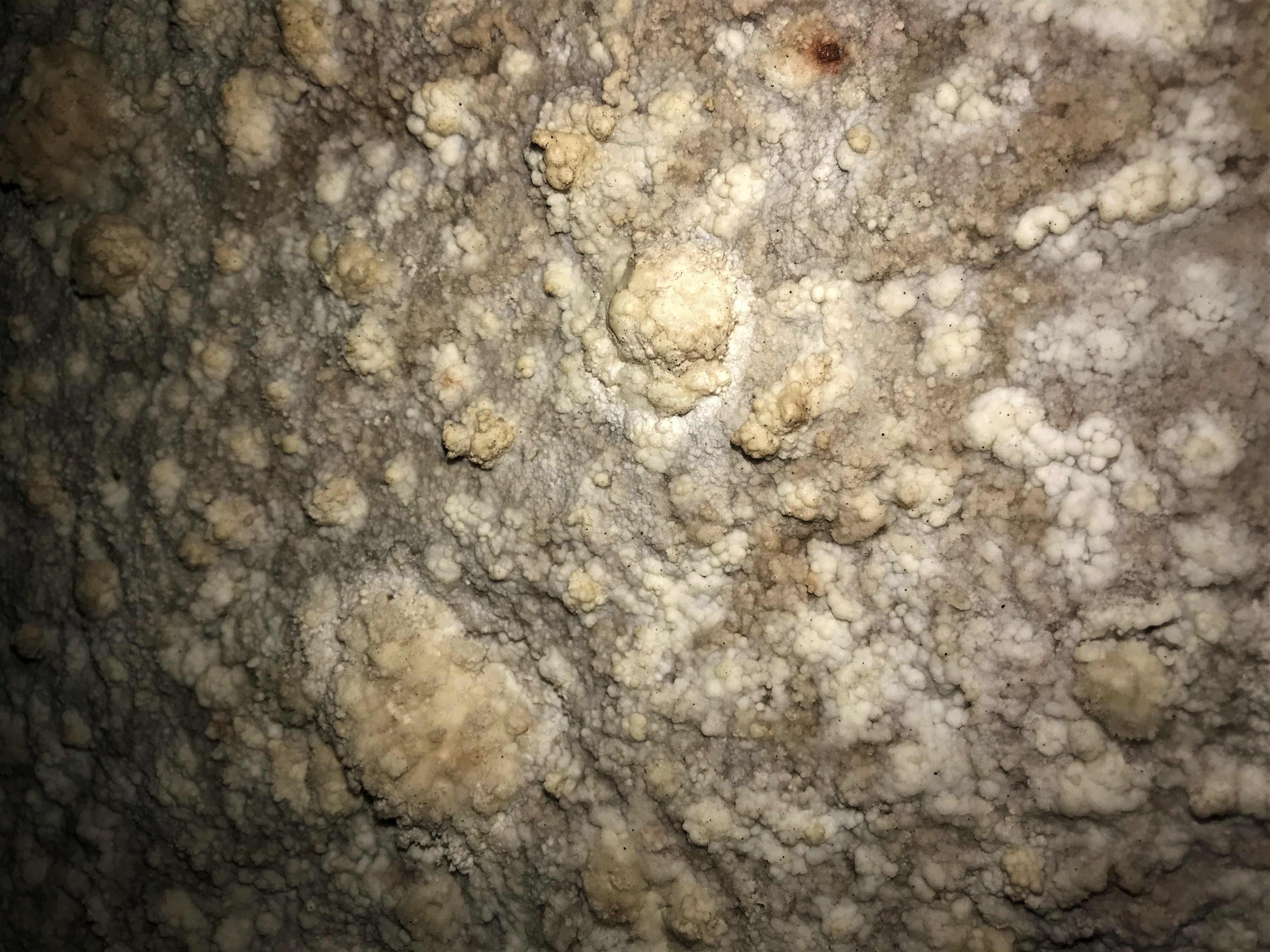
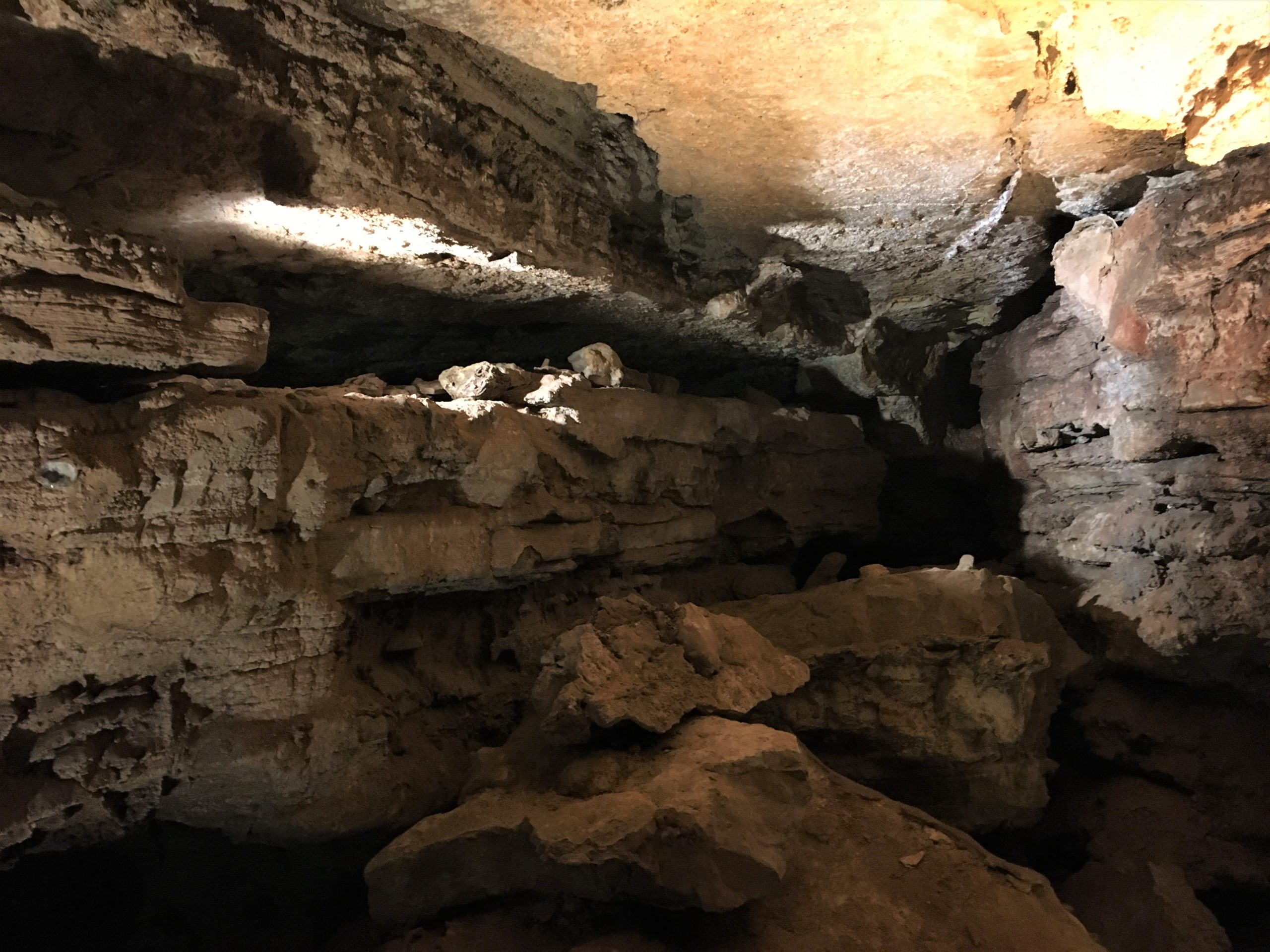
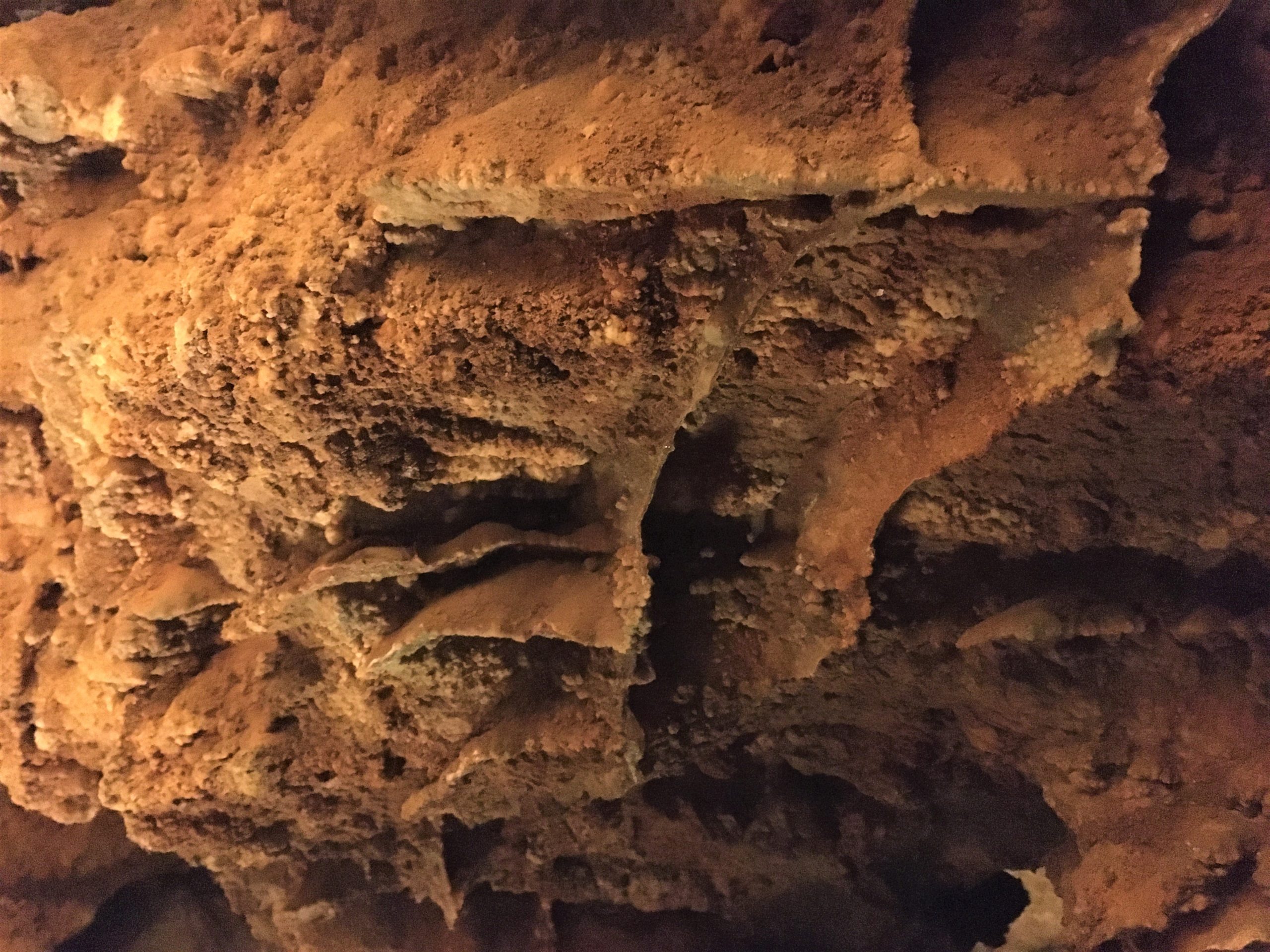
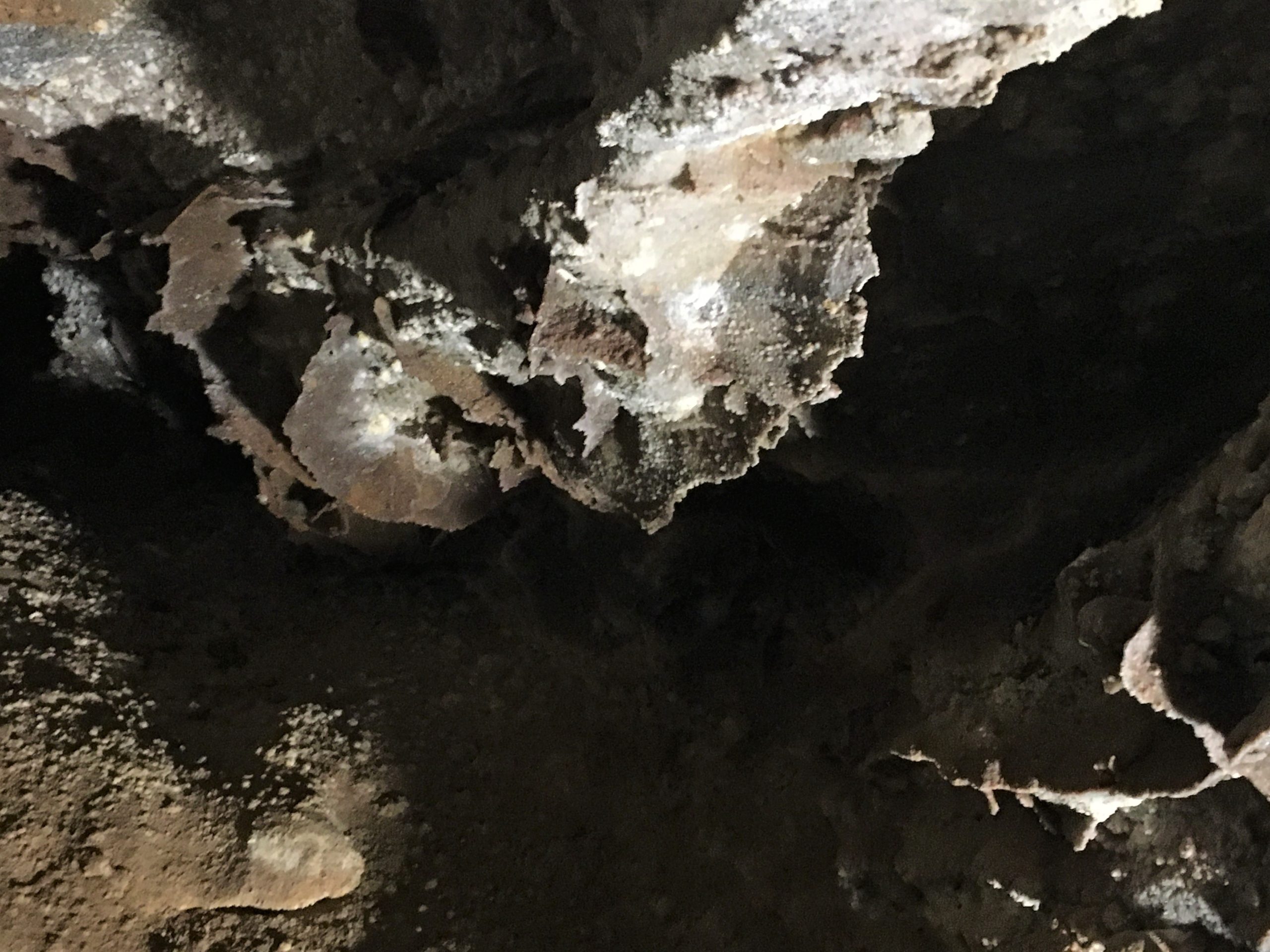
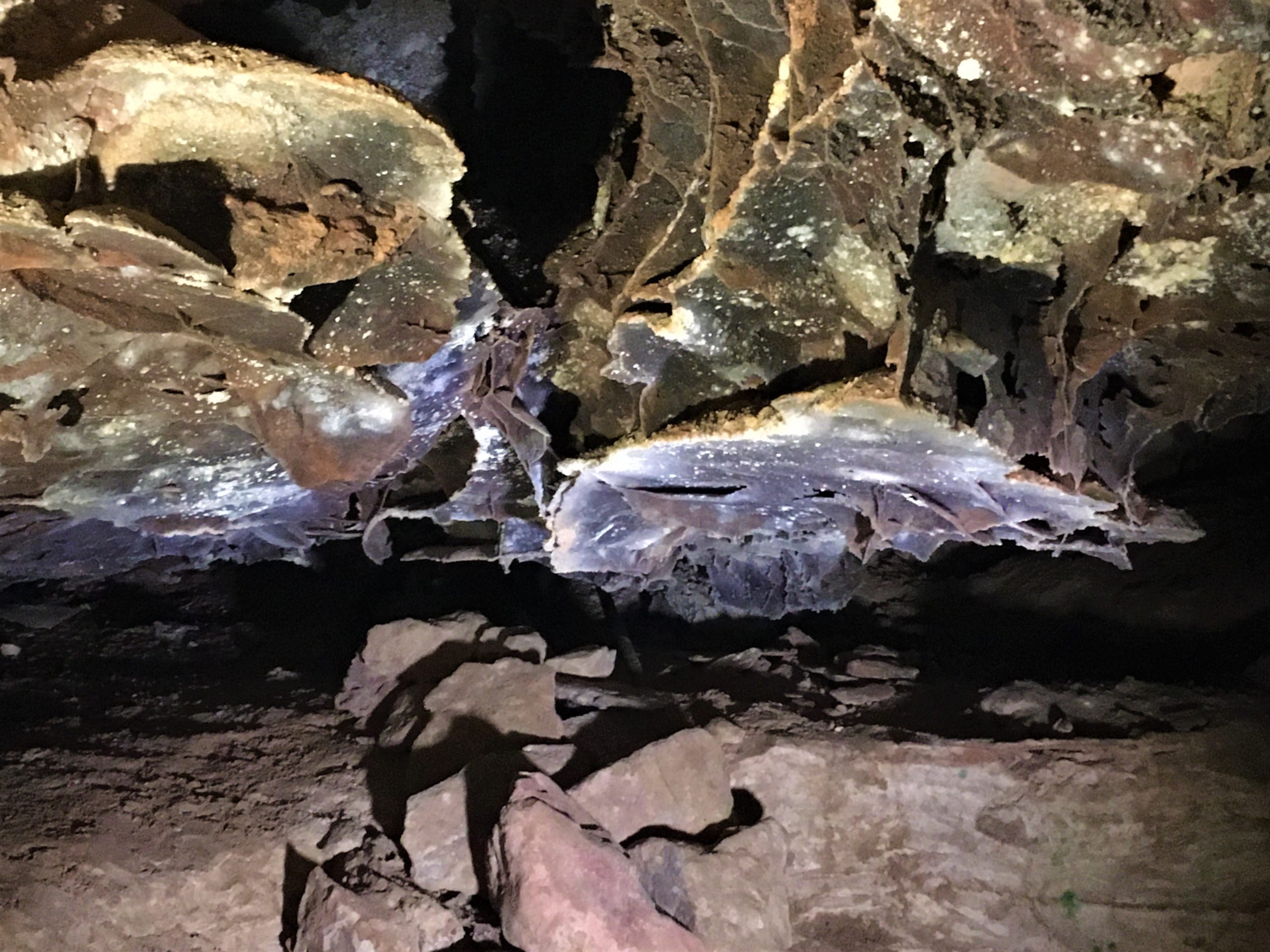
we had to take turns getting on an elevator.
After the tour, we made our way home via the remainder of the Wildlife Road through Custer State Park, where we not only admired the gorgeous scenery, we were also blessed to see a boatload of bison, prairie dogs and some wild donkeys. The burros were originally used as pack animals to get visitors from Sylvan Lake Lodge up to the summit of Black Elk. The burros were released to the wild after they were no longer needed. Their numbers have remained steady for the past roughly 100 years, hovering at around ten.
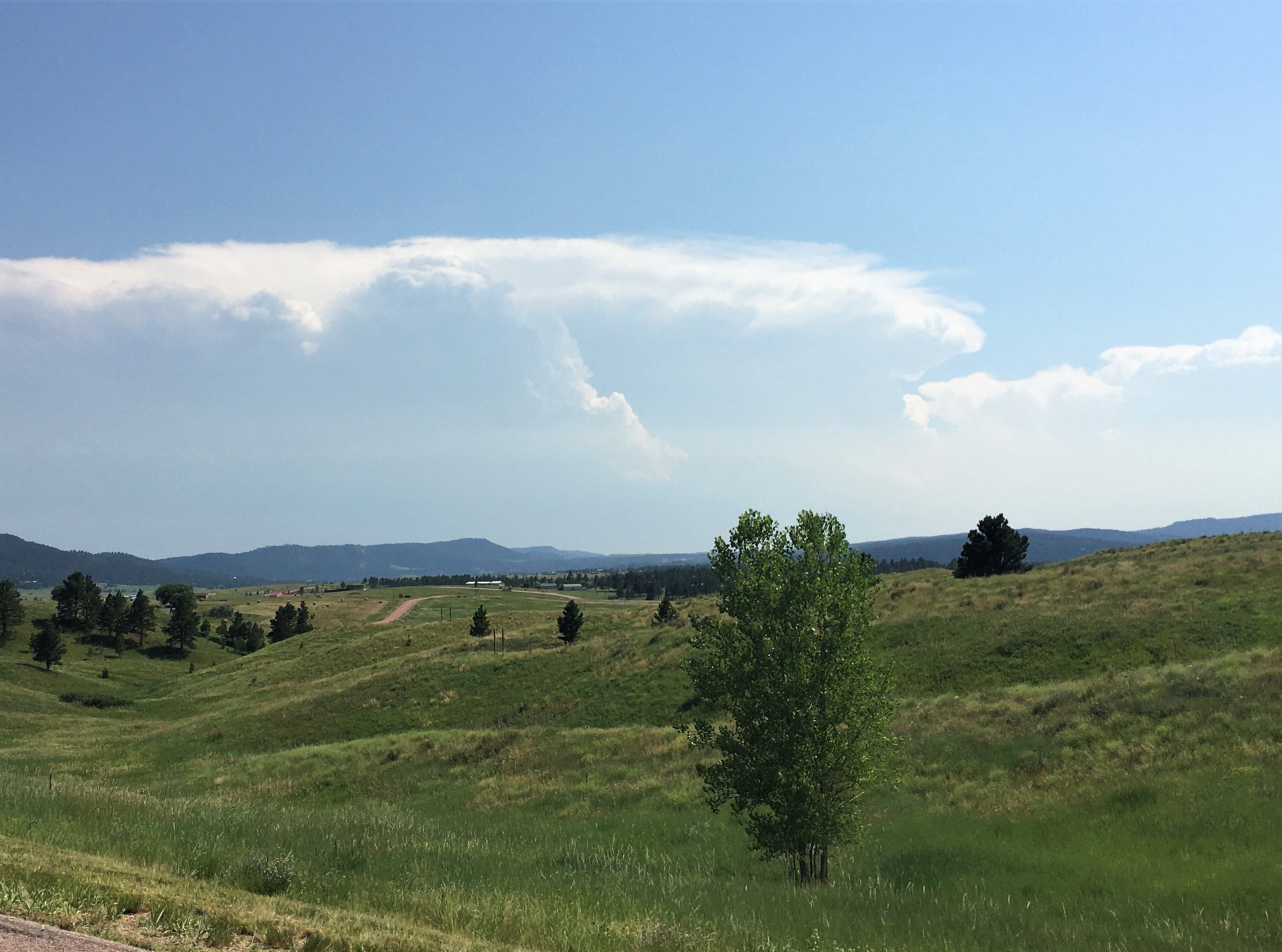
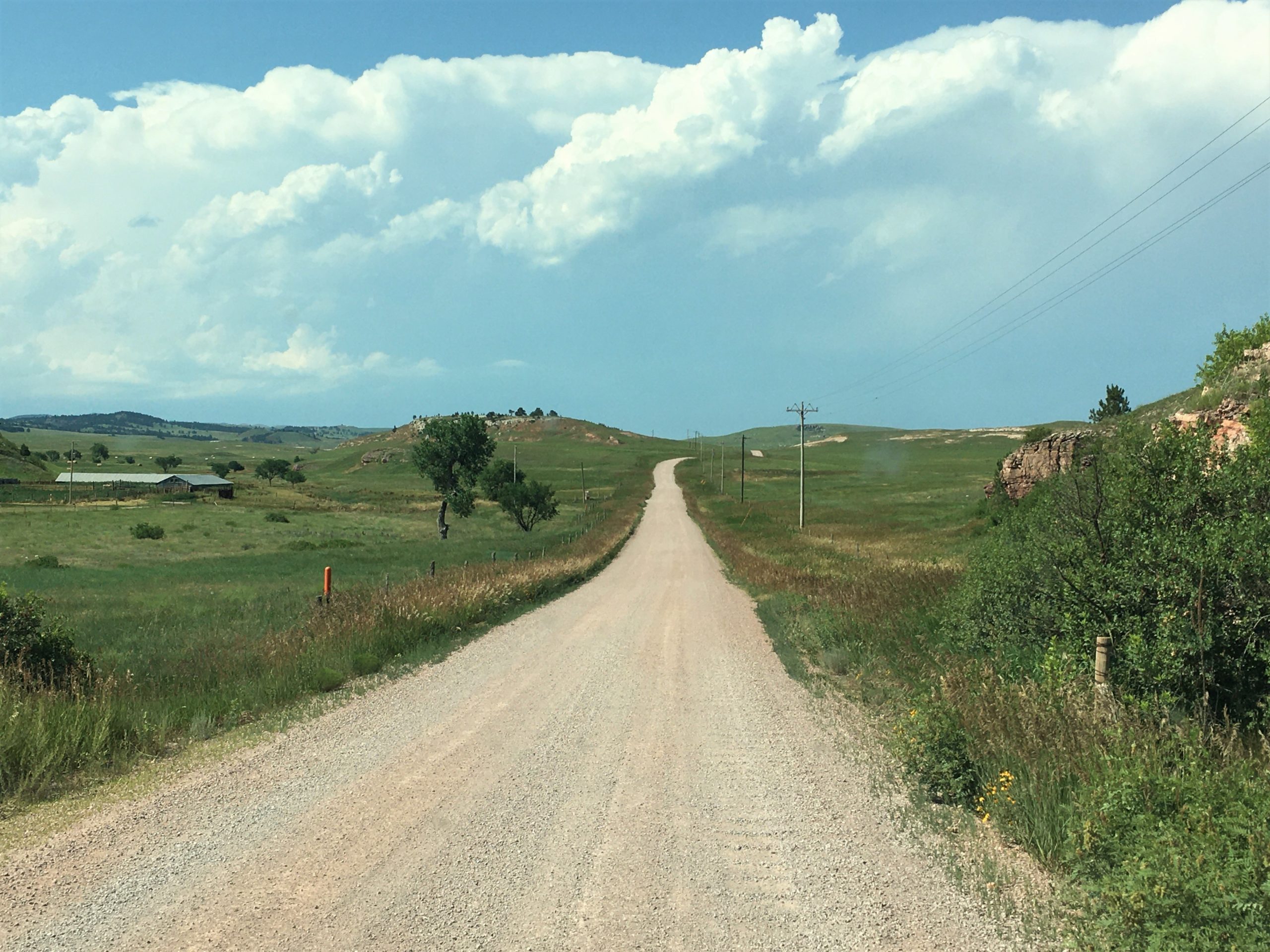
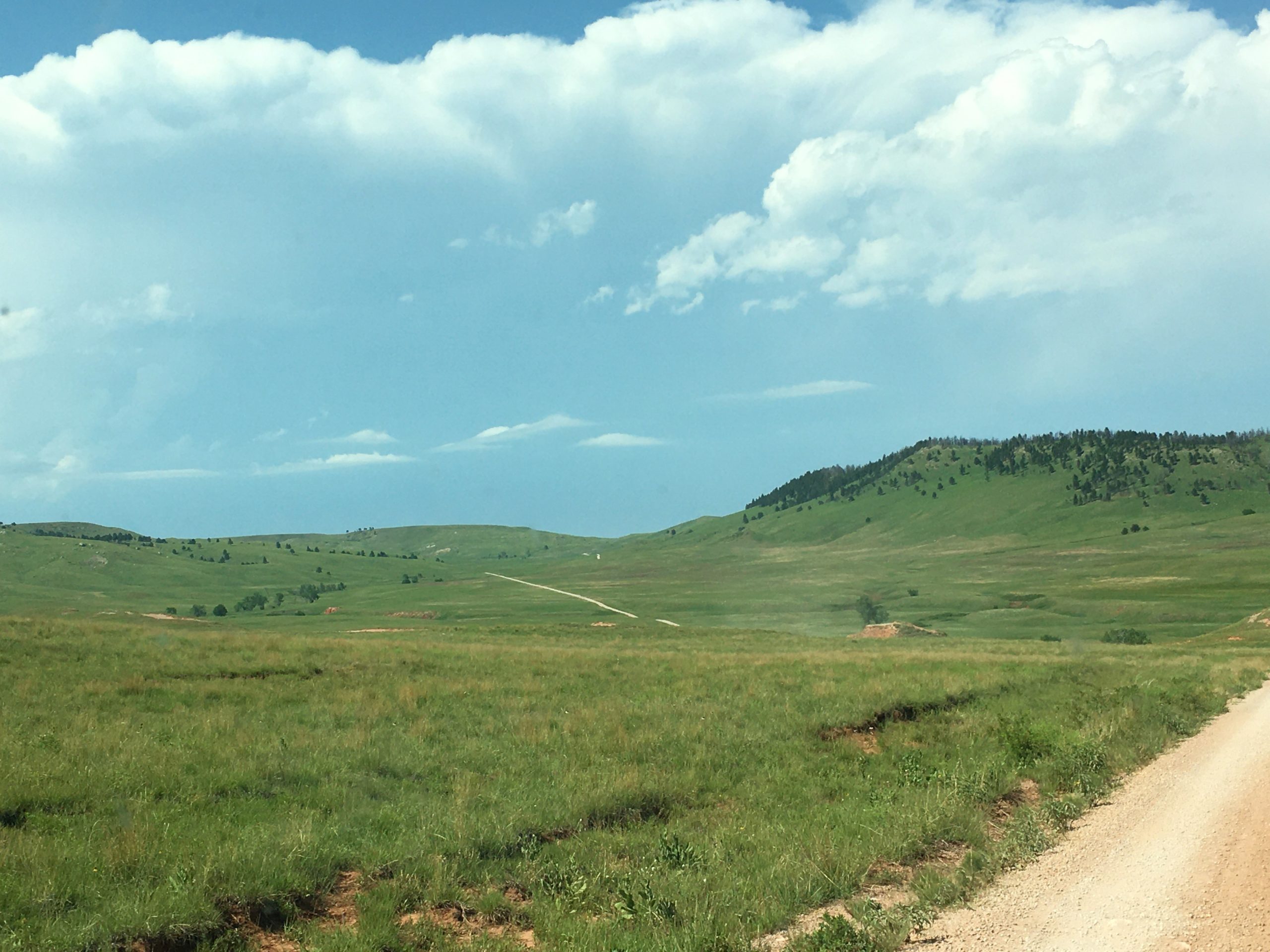
Reminds me of a picture we took in Alaska at Denali National Park years ago!
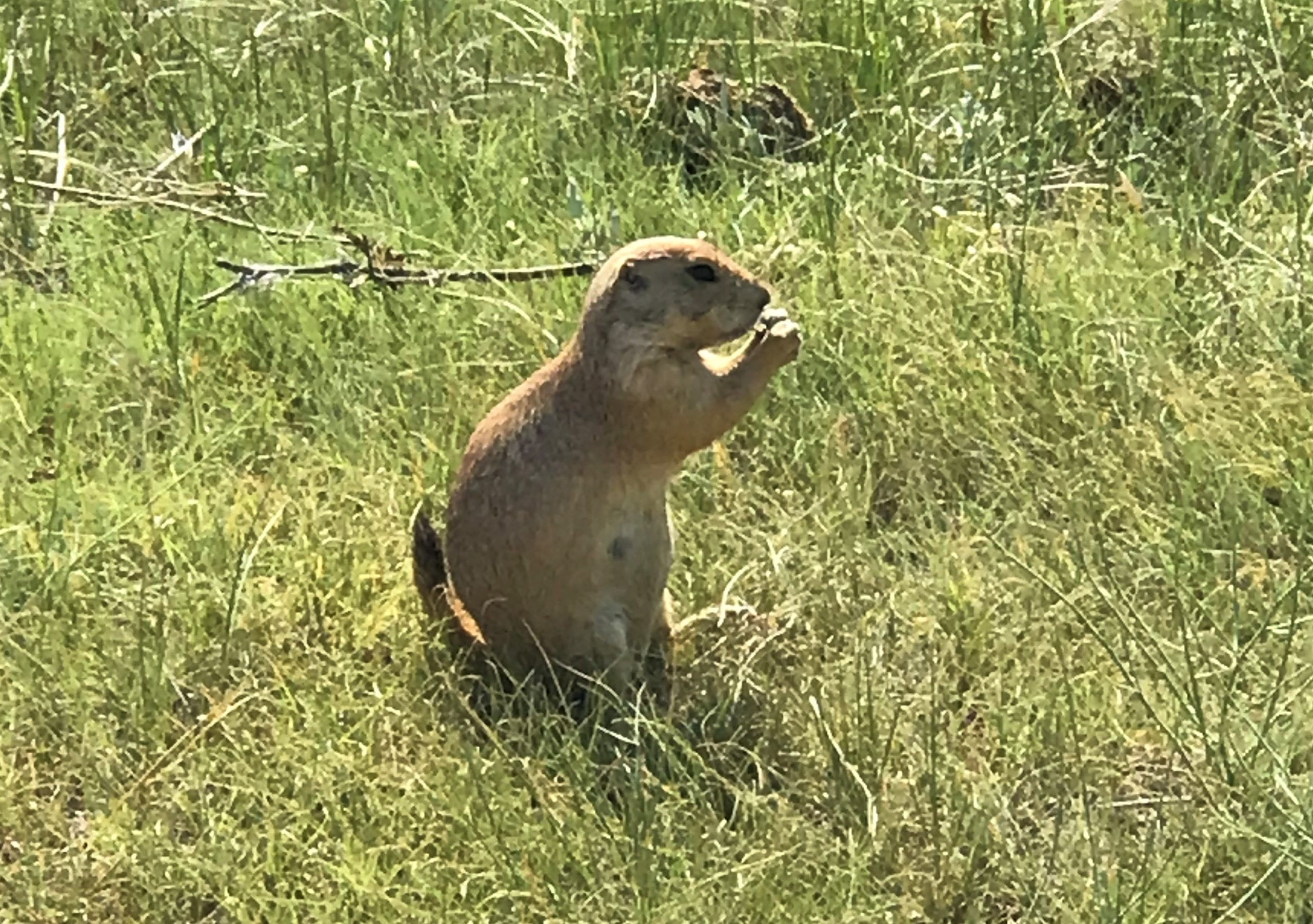
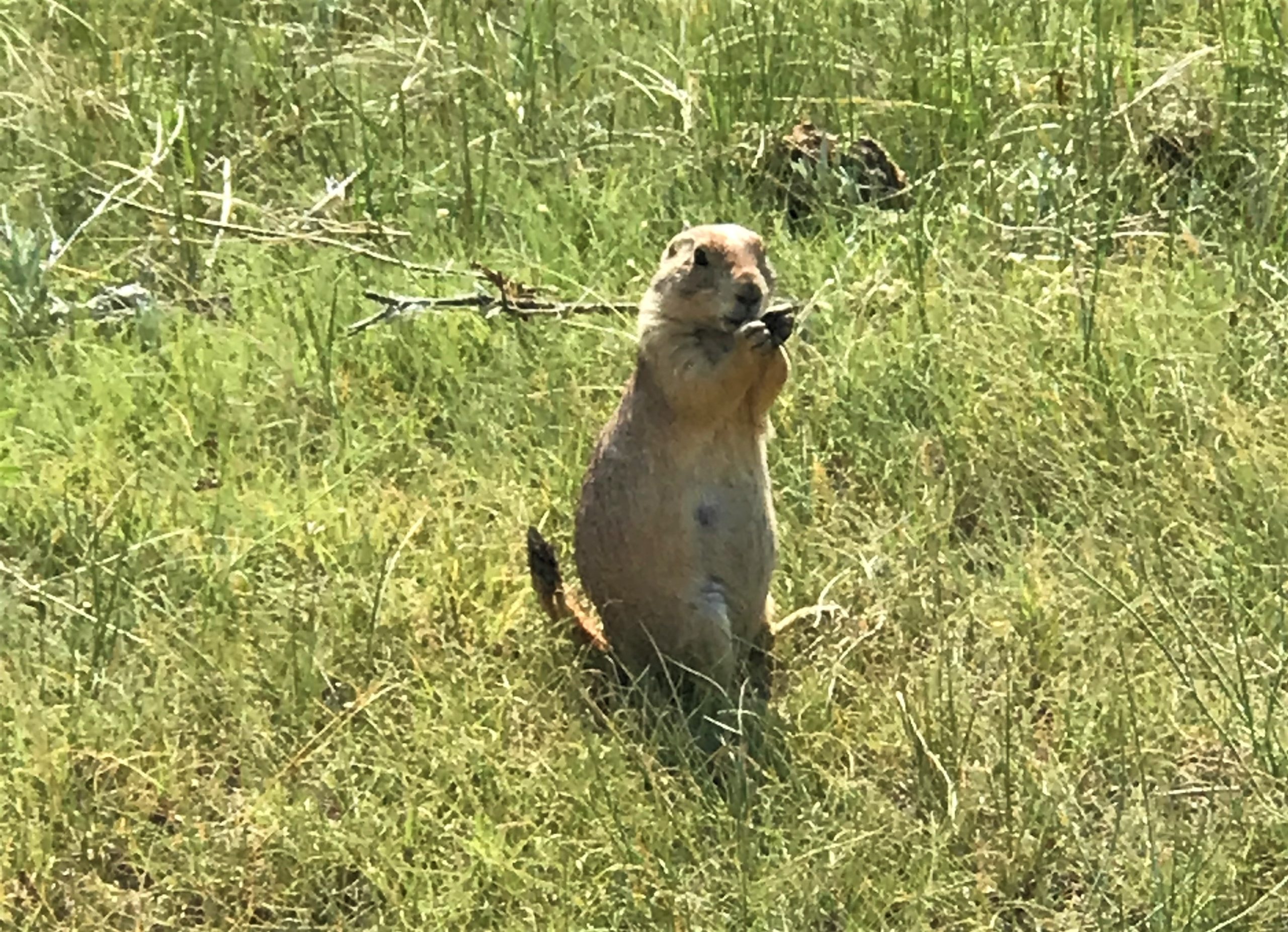
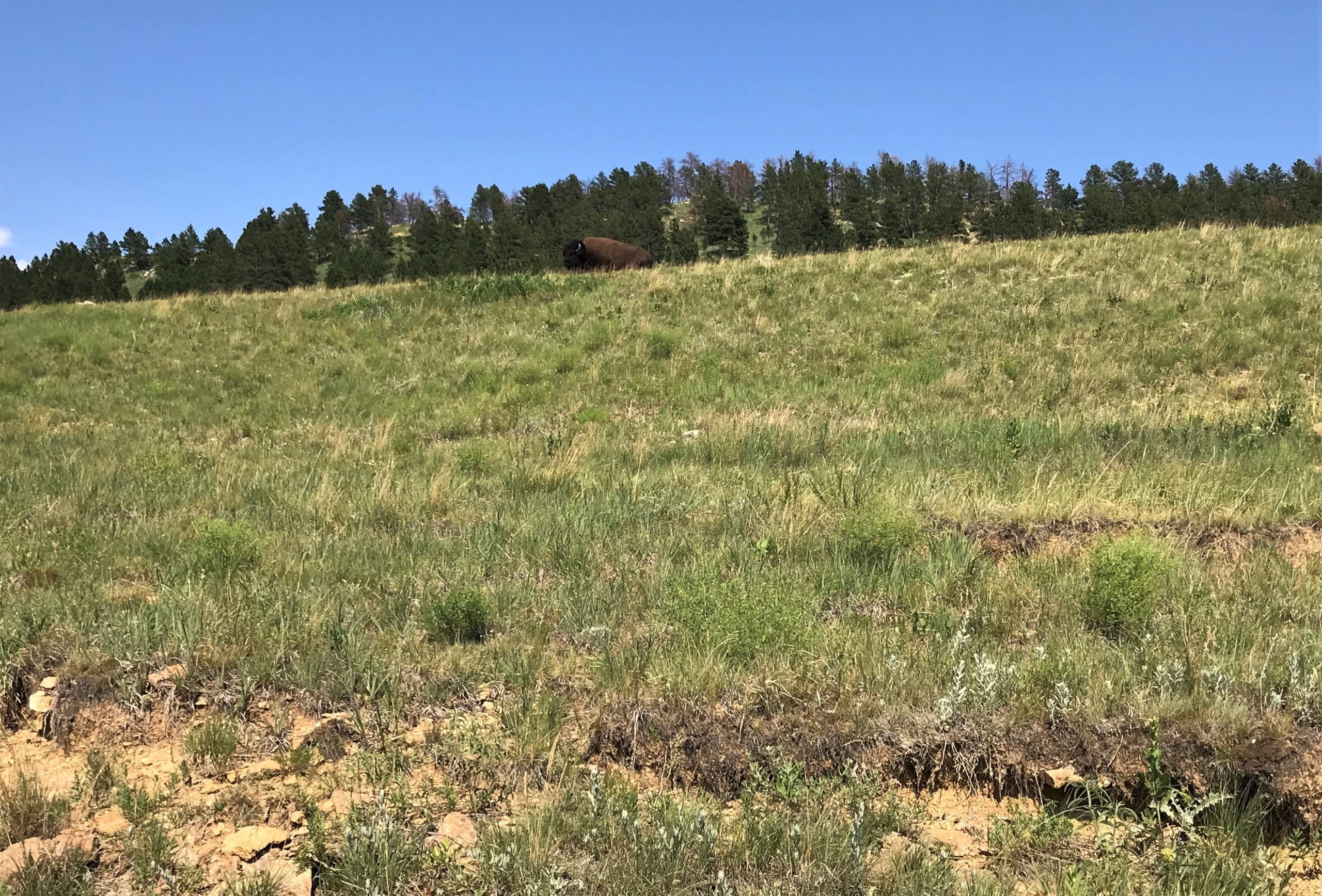


They started running down a hill (not the one we were beside). What fun to see that!
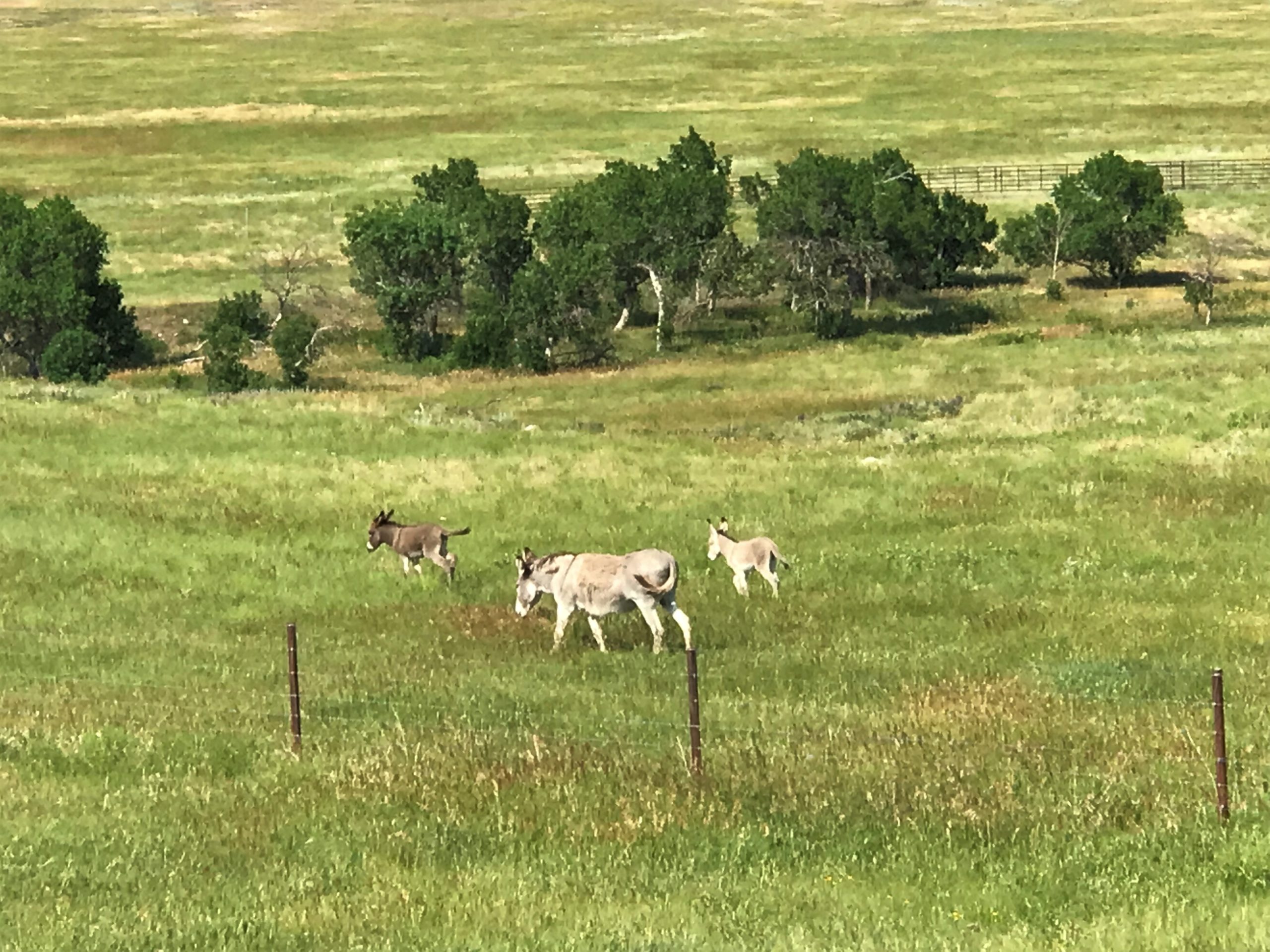
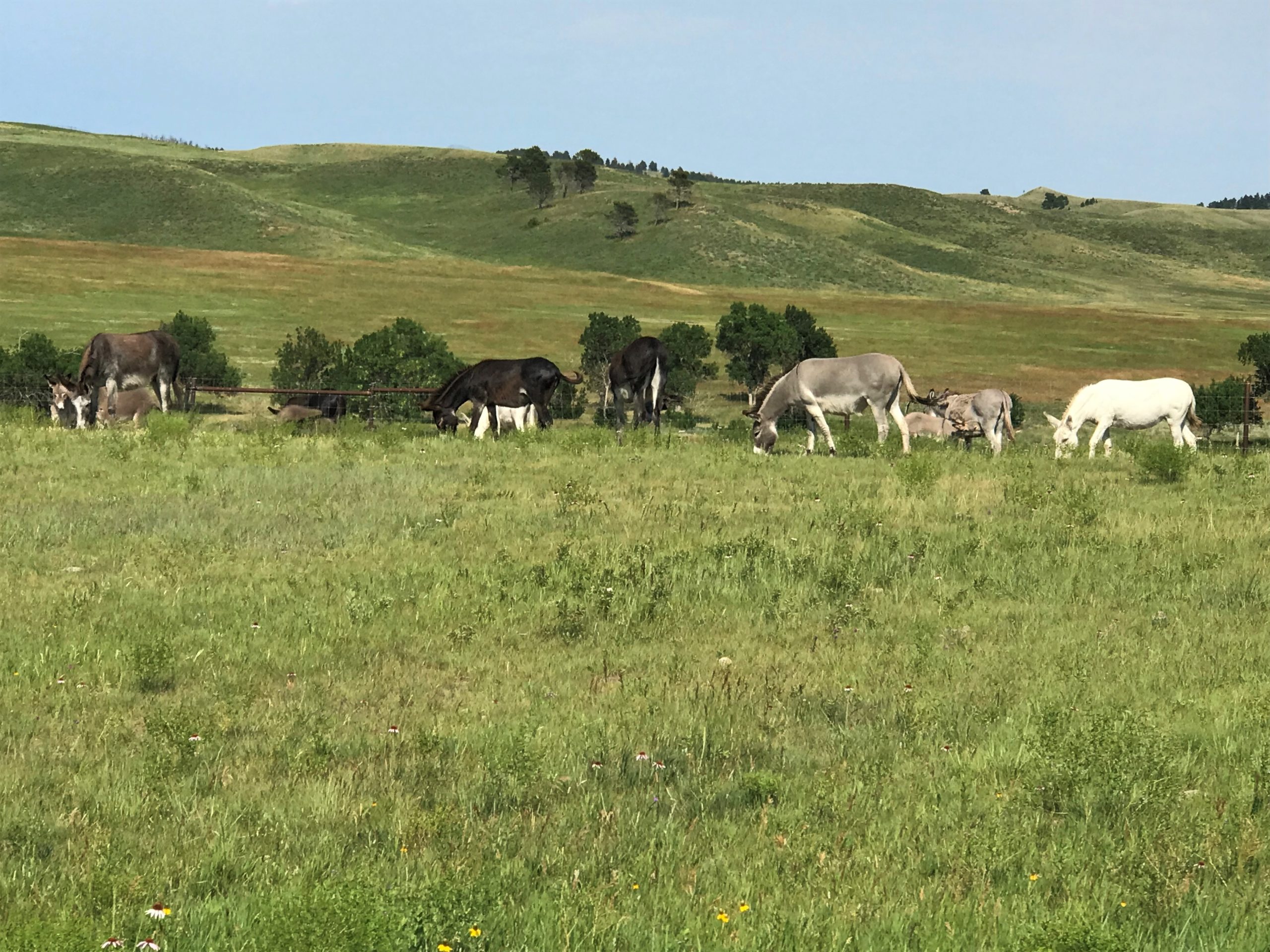
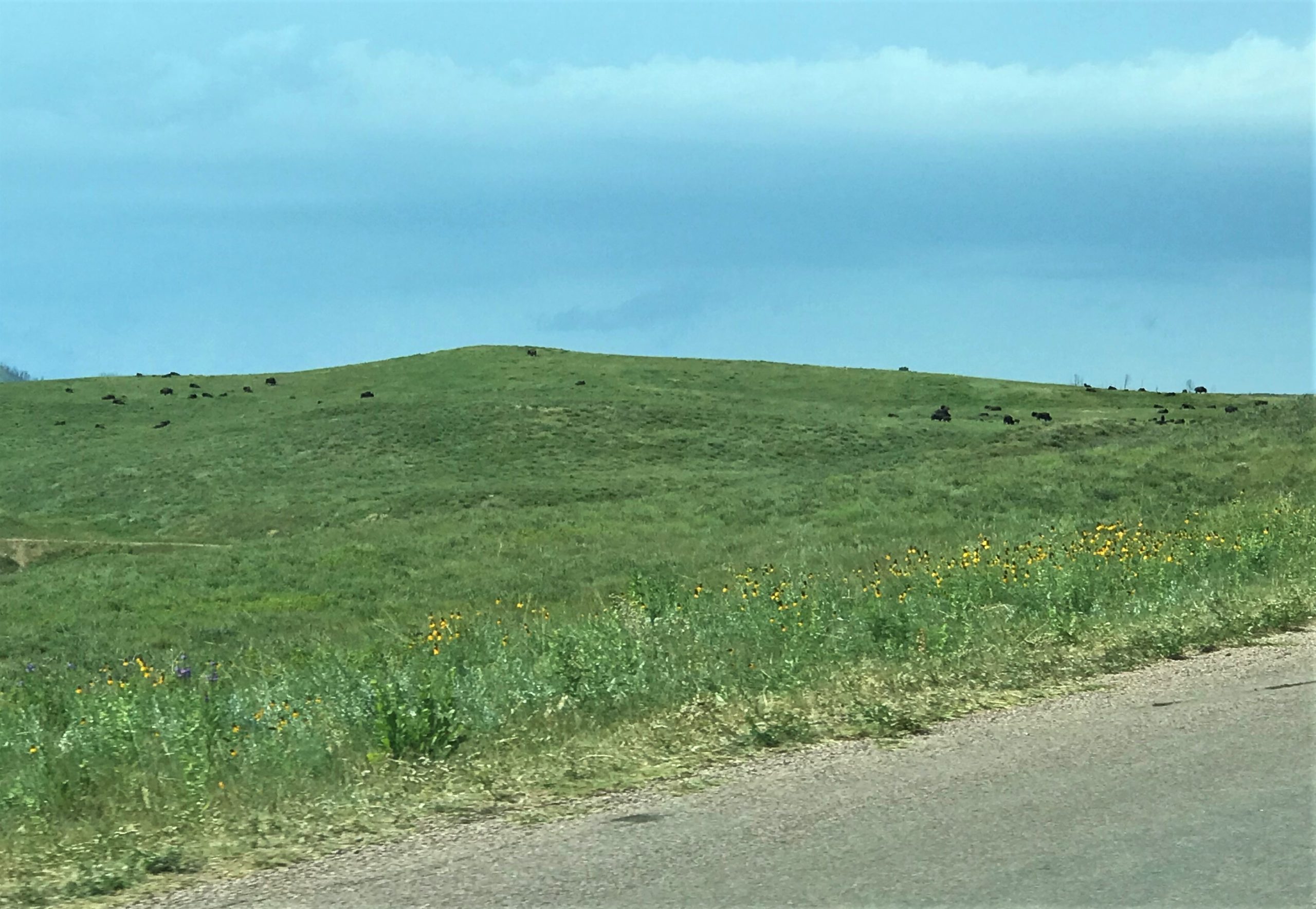
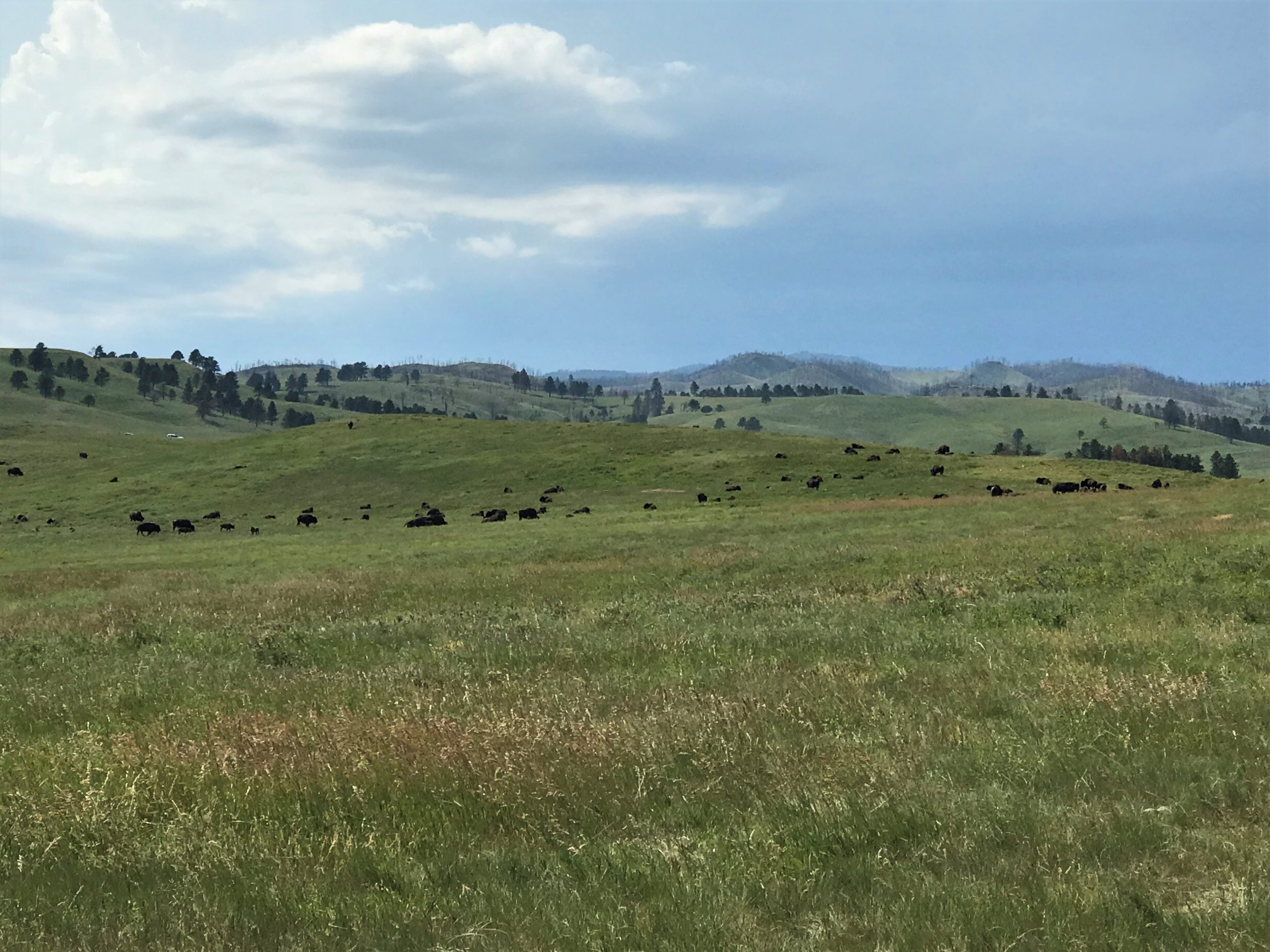
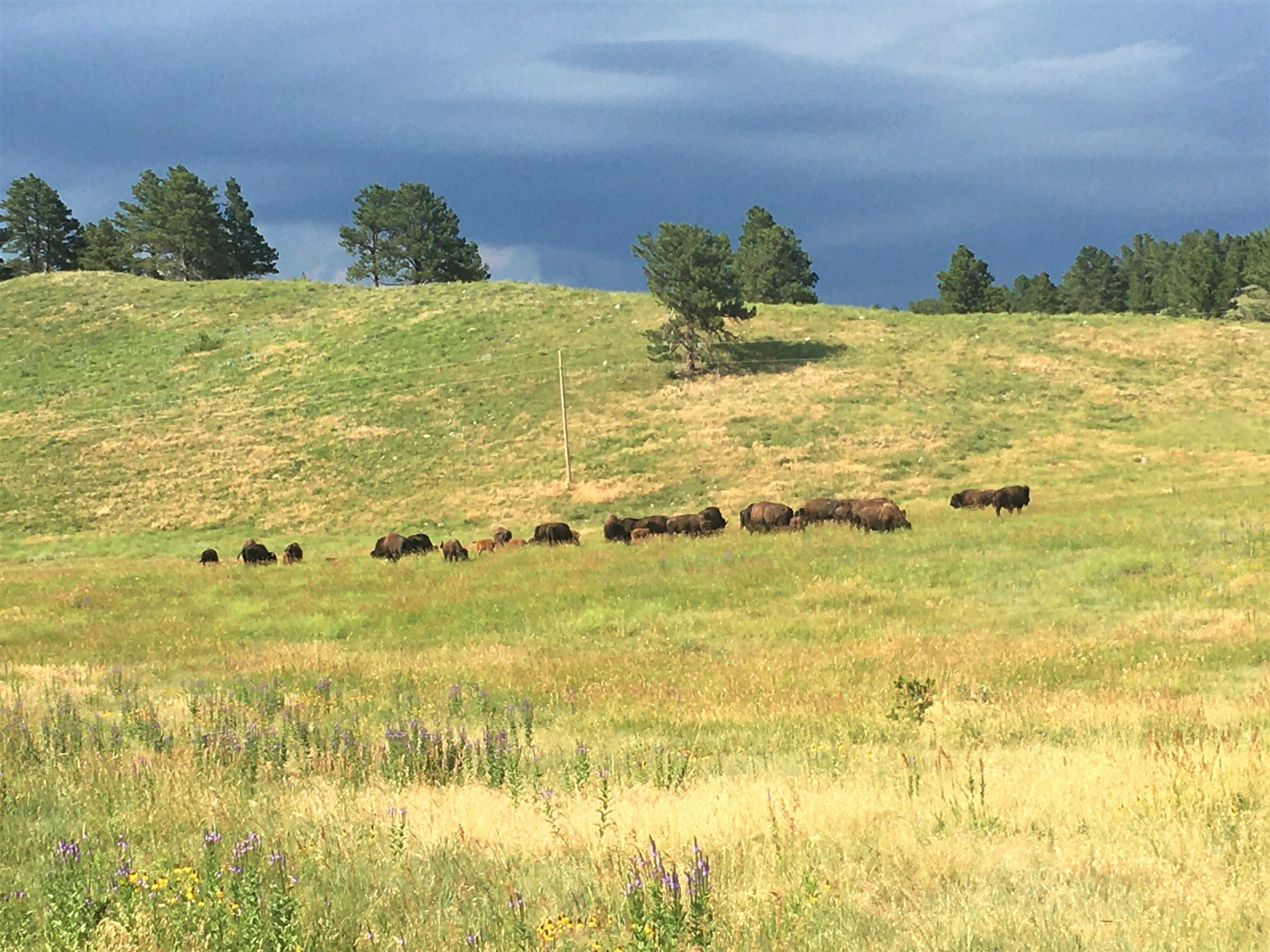

You can do that when you can see forever!
After these past busy days, plus tomorrow being Saturday, we’re going to take time off and just stay home.

